We’ve all seen the videos. Endearing scenes of boyfriends or husbands struggling through Sculpt or Barre sequences—what most of us typically think of as “exercise for women.” At the same time, we know most men would outlast us lifting heavy. This begs the question: do women and men respond differently to the same workouts, and do they need individualized guidance?
Emerging research suggests there are key differences between women and men in fitness. A 2024 study from the Smidt Heart Institute at Cedars-Sinai found that women can exercise less often than men while receiving more cardiovascular gains. Yet another study uncovered evidence that women may not have to work out as much as men to bank on similar longevity benefits. As the gender gap in sports and exercise science studies begins to close, we’re learning more and more.
None of this is to say that either men or women should put themselves in a box when it comes to working out. We’re all capable of doing it all—variety is the secret ingredient to any successful fitness routine! But at obé, we also believe it’s important to debunk common fitness myths and tailor workout routines to individual needs. Knowing your strengths *and* weaknesses only helps you train smarter.
Here, we tapped Melody D., women’s fitness expert and obé’s director of programming, to walk us through the main differences, what they mean, and how obé specifically tailors exercise for women.
How Physiological Differences Show Up in Fitness
Though male bias in medical trials has historically treated women as “little men,” the fact of the matter is that our bodies are built differently. The physiological differences are obvious—but what do they mean for our fitness journeys?
One of the biggest differences reflected in fitness performance is the contrast in muscle fiber composition between men and women. “While women tend to have a higher proportion of type 1 or slow-twitch muscle fibers, men typically have a higher ratio of type 2 or fast-twitch muscle fibers,” explains Melody. This is a big reason why women naturally favor endurance-based training, while men gravitate toward anaerobic workouts (more on that below!).
Women and men also experience different results from workouts due to hormonal differences. Men have higher testosterone levels, while women have more estrogen and progesterone. Not only do these differences influence metabolism and recovery, but they also create different conditions for muscle growth. Men naturally tend to have more muscle mass thanks to testosterone, which also helps them grow muscle faster.
Bone density also comes into play. Since women generally have lower bone density than men (increasing their risk of osteoporosis), strength training through life can dramatically improve her bone health in a more meaningful way.
Finally, there’s natural variability in fat distribution. Women tend to have higher levels of body fat (hormones and evolutionary factors are big contributors)—and they store it differently. Think: less visceral fat (found around the organs) and more subcutaneous fat (found under the skin), with the inverse true for men. This can all influence energy expenditure during your workouts and create variability in metabolic response to exercise overall.
“All these differences are what lead us into the conversation around how much training we need, what kind of volume is effective, and what type of recovery needs to be included,” explains Melody.
Exercise for Women vs. Men: Endurance Training
Remember those slow-twitch muscle fibers we mentioned above? These are your endurance-based fibers—they help you keep moving for longer at a steady pace. And women tend to have a higher proportion of them!
“Women are more endurance-based primarily,” says Melody. “What’s great is we need less recovery time between training sessions and can sustain our energy for longer periods of time.”
That’s why the girls often gravitate towards cardio. Walking, running, cycling, dancing, and endurance training all feel more natural, intuitive, and less challenging because our bodies are primed for those types of workouts.
While you may think that means you should stack your calendar with cardio—it’s actually the opposite. “Newer, emerging data around the way we burn fuel and our muscle-fiber make-up show women don’t need to do slow slogs of Zone Two cardio day in and day out,” explains Melody. “We benefit more from explosive training because that challenges us more. Whereas men benefit more from steady-state cardio because that’s their fat burning and endurance building.”
To get the most bang for your buck as a woman, Melody recommends incorporating workouts that activate your fast-twitch fibers and build anaerobic power. High-intensity Interval Training (HIIT), a Power class, or a HIIT/intervals-based run that includes periods of sprinting will help round you out.
“Try to move faster even if it’s something that’s kind of scary for you,” says Melody. “You won’t just be working on your cardio capacity, you’ll also start building different muscle fibers and improve your overall quality of movement. That’s not something that’s innately built into our design—we have to work on this.”
Exercise for Women vs. Men: Strength Training
Now, let’s talk about lifting weights! In contrast to women, men tend to have more fast-twitch muscle fibers, which support sudden bursts of energy (sprinting, jumping, powerlifting, agility, and strength training are the name of the game). More muscle mass—thanks to a higher level of testosterone—also only helps them lift heavy or move explosively. (Fun fact: A woman’s testosterone levels peak around ovulation, which is why we recommend HIIT, Power, or hitting a new PR if you’re cycle syncing.)
This is why men typically have an advantage in workouts that require brute strength. They’re more anaerobic. Deadlifting a few hundred pounds? No problem. Scaling up for an overhead press? Easy peasy. But it’s also the reason grabbing those 2-pound weights in a Sculpt or Barre class can be so humbling—those exercises work slow-twitch, endurance-based fibers!
“I could do 50 bicep curls with ease,” says Melody, “but if you have me do six heavy deadlifts, I’ll need recovery time between sets.” By no means does that mean you should skip your strength training, though! Again, it’s about leaning into our weaknesses and prioritizing those areas to become a well-rounded mover.
Strength training in general should be a staple for any woman. Remember: we already have less muscle mass than men do—and we also begin to lose 3-8% of that muscle mass per decade after age 30. That doesn’t just put us at risk for plenty of health conditions and metabolic disadvantages, it also makes our bones even weaker (women are four times more likely to develop osteoporosis than men).
Luckily, lifting weights—even if it feels a little intimidating or intense at first—supports female hormone health, improves body composition, boosts metabolism (especially during the menopausal transition), supports physical and mental resilience, and much more. Plus, at obé, we program our Strength classes and programs specifically for women’s bodies!
Recovery and Injury Prevention
Physiological differences between men and women don’t just show up when we’re working out! They’re also important to consider in recovery and how we rest.
The summary? Research suggests that men need more recovery time between sets and workouts than women do (when looking at those trained in fitness). “A woman’s body is more resilient in rebounding from sessions and being able to take in more work, whereas men might be able to put in a higher output of high-intensity work, but then they need longer to recover,” explains Melody.
There’s also variability in the inflammation response between men and women. A quick biology lesson: working out damages our muscles with little tears—but we want that. An inflammation response in the body then repairs the muscles so they can grow back stronger during recovery (that’s why we don’t skip rest days!). Inflammation is natural and necessary, but you don’t want to have too much for too long. Some studies have shown that women have lower markers of inflammation after strenuous exercise, and may exhibit a more rapid and efficient inflammatory response.
Even workout injuries tend to have some general trends. Men are more likely to suffer from muscle strains and tears, shoulder injuries, hernias, and knee pain. Women, on the other hand, are more likely to get Runner’s Knee, stress fractures (ugh, that low bone density), ankle sprains, and hip flexor strains.
Despite these differences, many of the same best practices apply to everyone! Getting enough sleep, leveling up your hydration, not skipping your active recovery, and focusing on your nutrition all help strike a balance.
How obé Tailor’s Exercise for Women
Considering all these differences, it’s clear that workout plans shouldn’t be treated as a one-size-fits-all between men and women.
“When we look at workout planning for men and women, even the training programs need to be different,” says Melody. “The amount of sets vs. reps vs. rest time should be individual because our bodies work in a different way and respond differently to stimulus.” Women have more endurance, but it may be harder for them to reach the same power output as a male athlete. Luckily, that’s something we can train and work on!
At obé, all of our training programs are designed specifically with women in mind (not to say a guy couldn’t come in and do them, but they’re not the priority). “We keep our rep scheme low and aim to increase intensity and volume over time,” explains Melody. “We’re working to improve areas where women may not initially have the strength advantage—so it’s a tailored approach based on volume and workload.”
And we always have our eyes on the research, so we can best support you. “In 5 years time, our programs and exercise for women, in general, could become even more customized and specific to their hormones, anatomy, and body composition, as these factors all play a significant role in training.”
Ultimately, the best type of exercise depends on your individual goals, preferences, capabilities, and needs. Our job is to make sure you have enough options and the right guidance to find what makes the biggest difference in your life! We consider all these differences and work them into our programming, so all you have to do is show up.




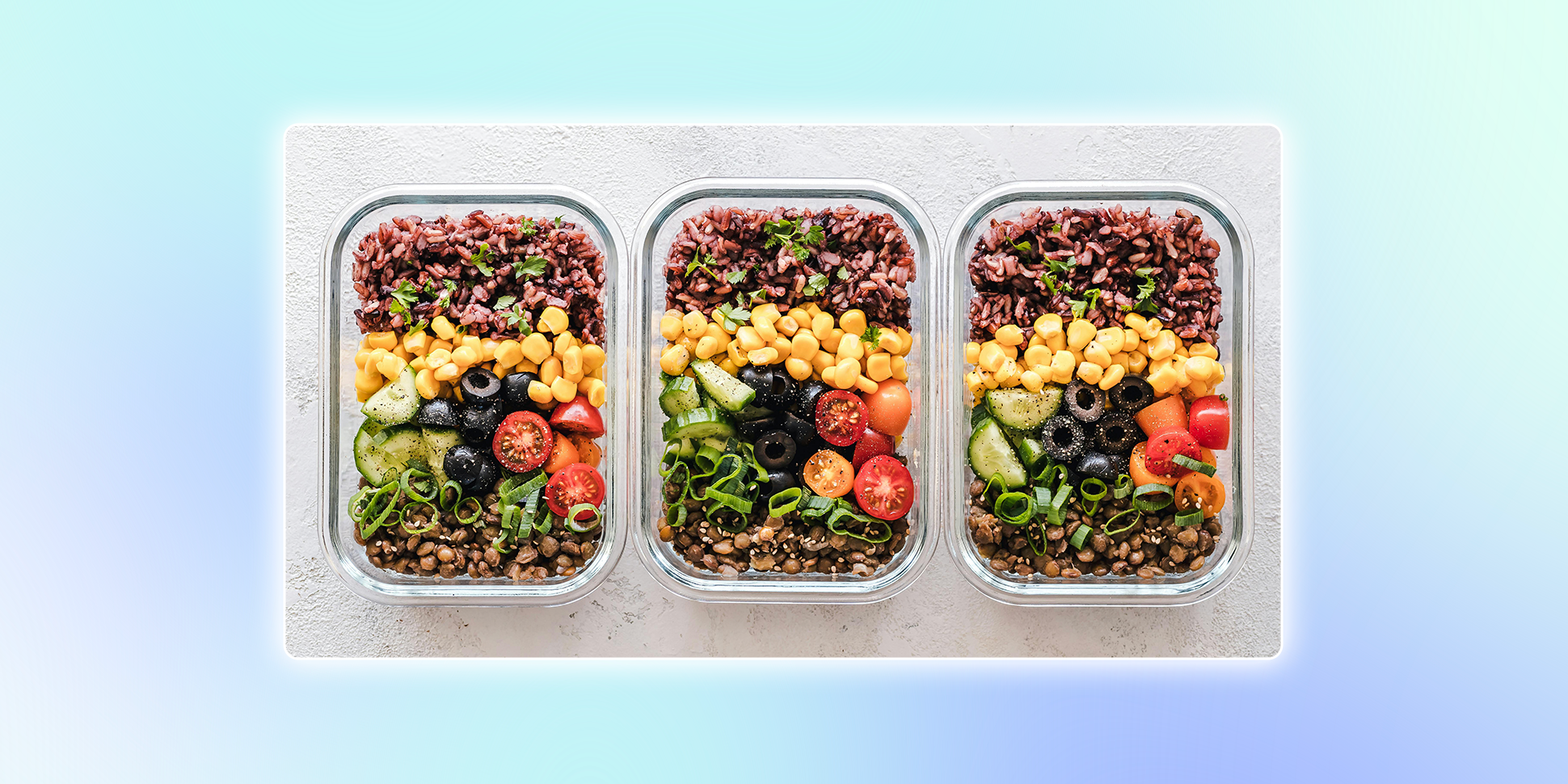
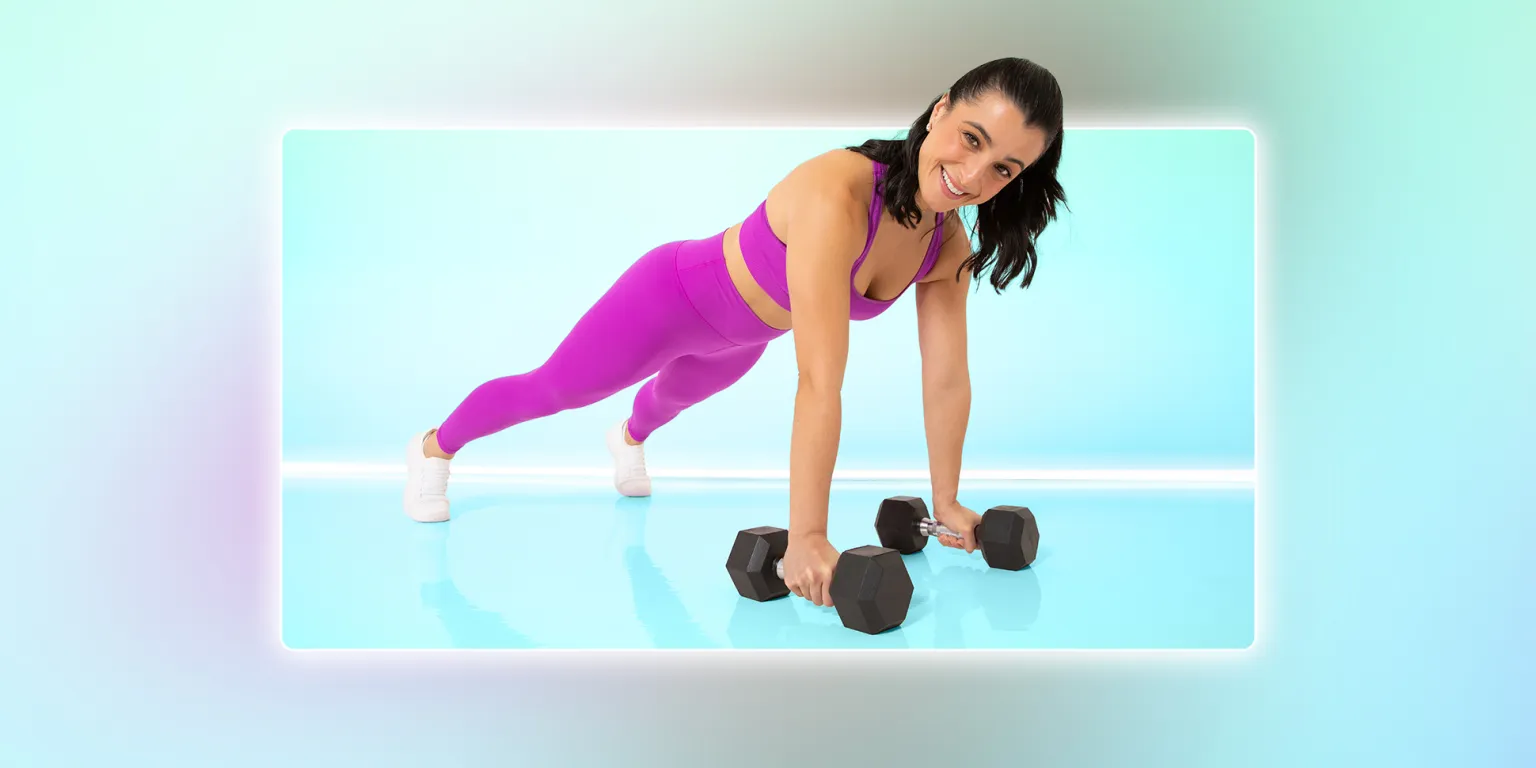
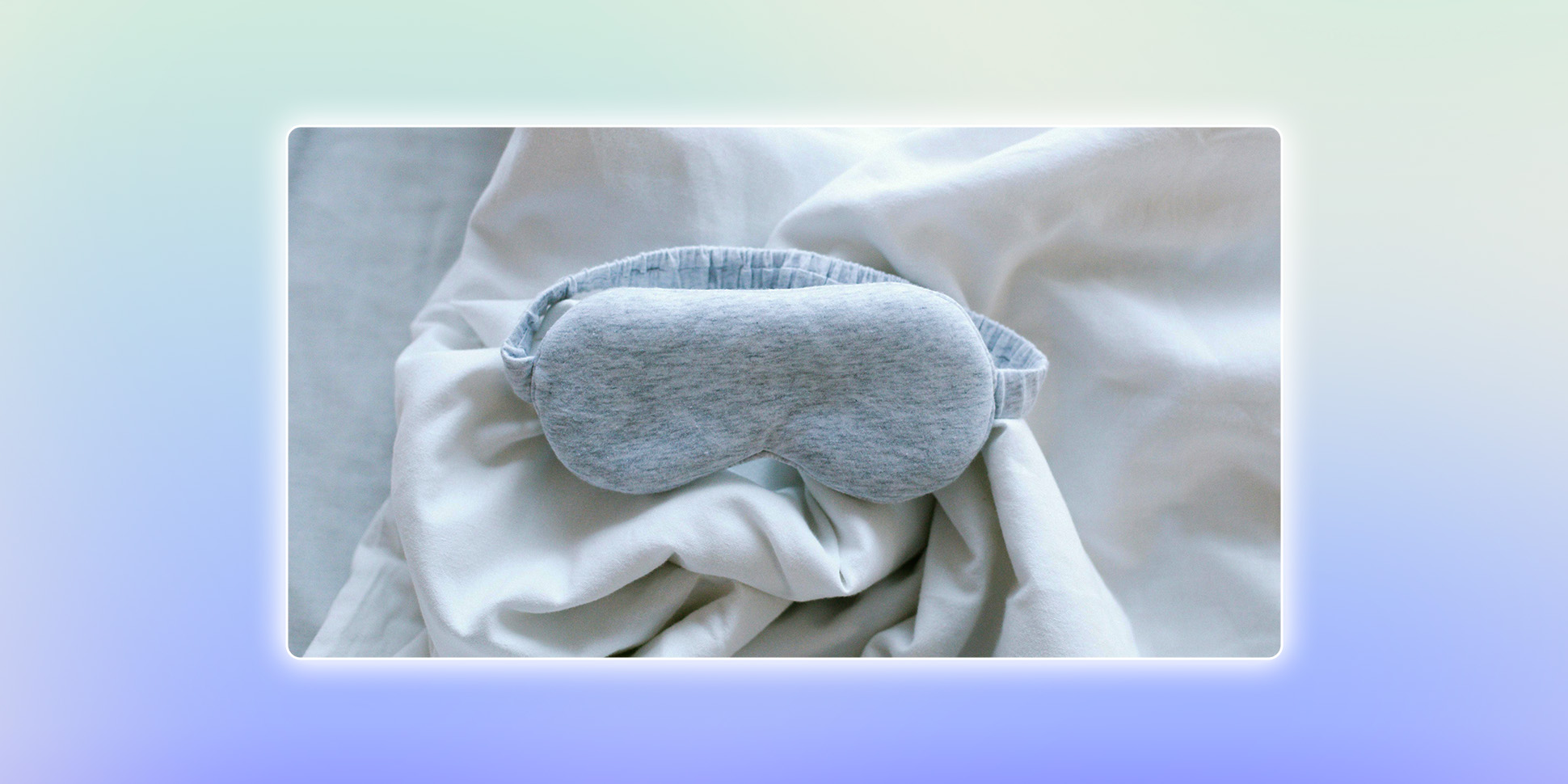

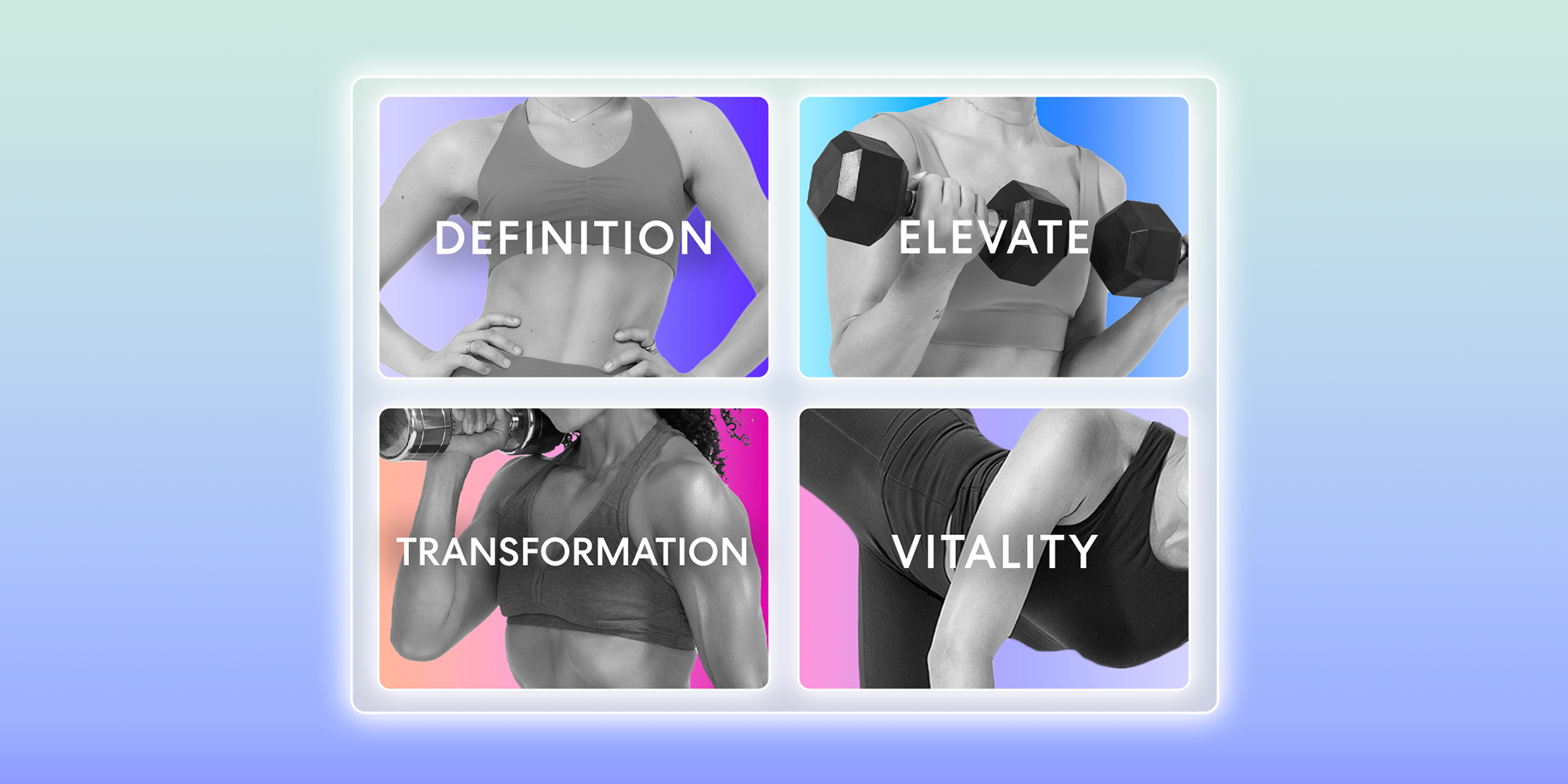
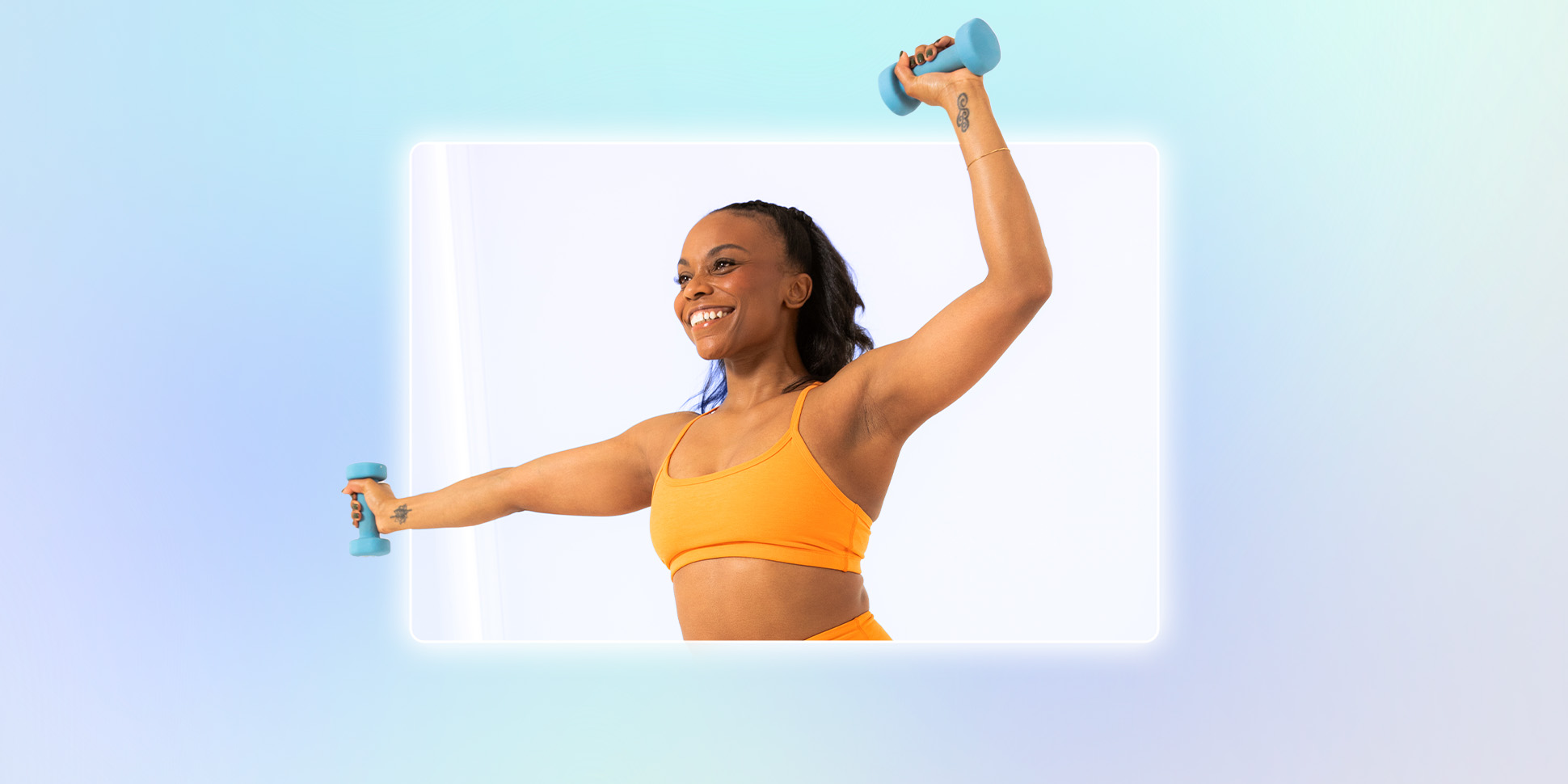




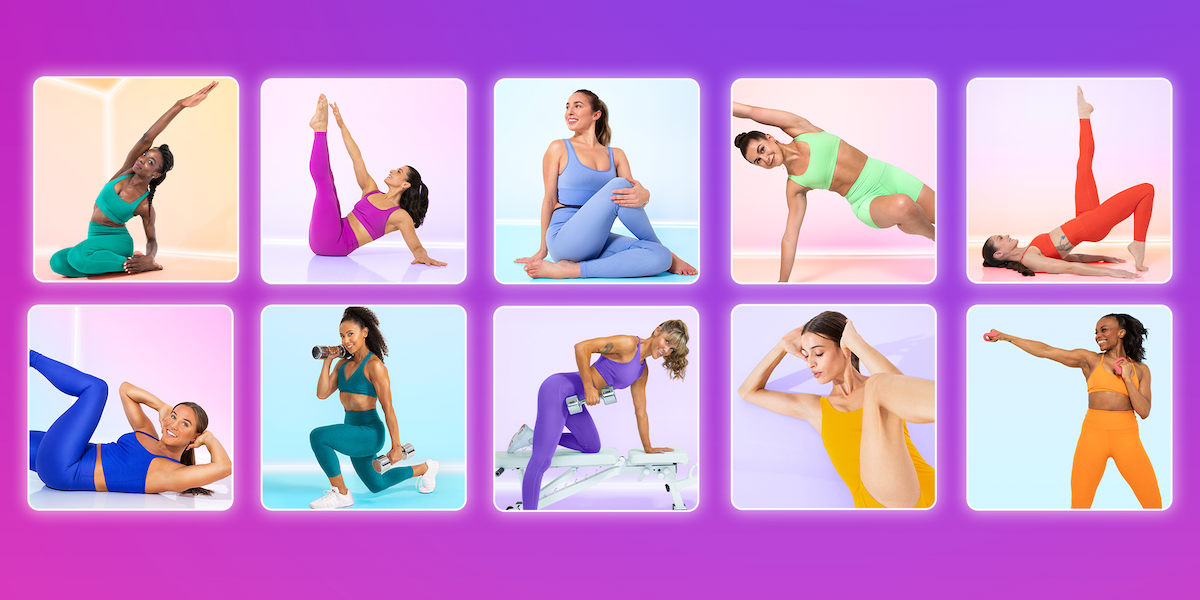


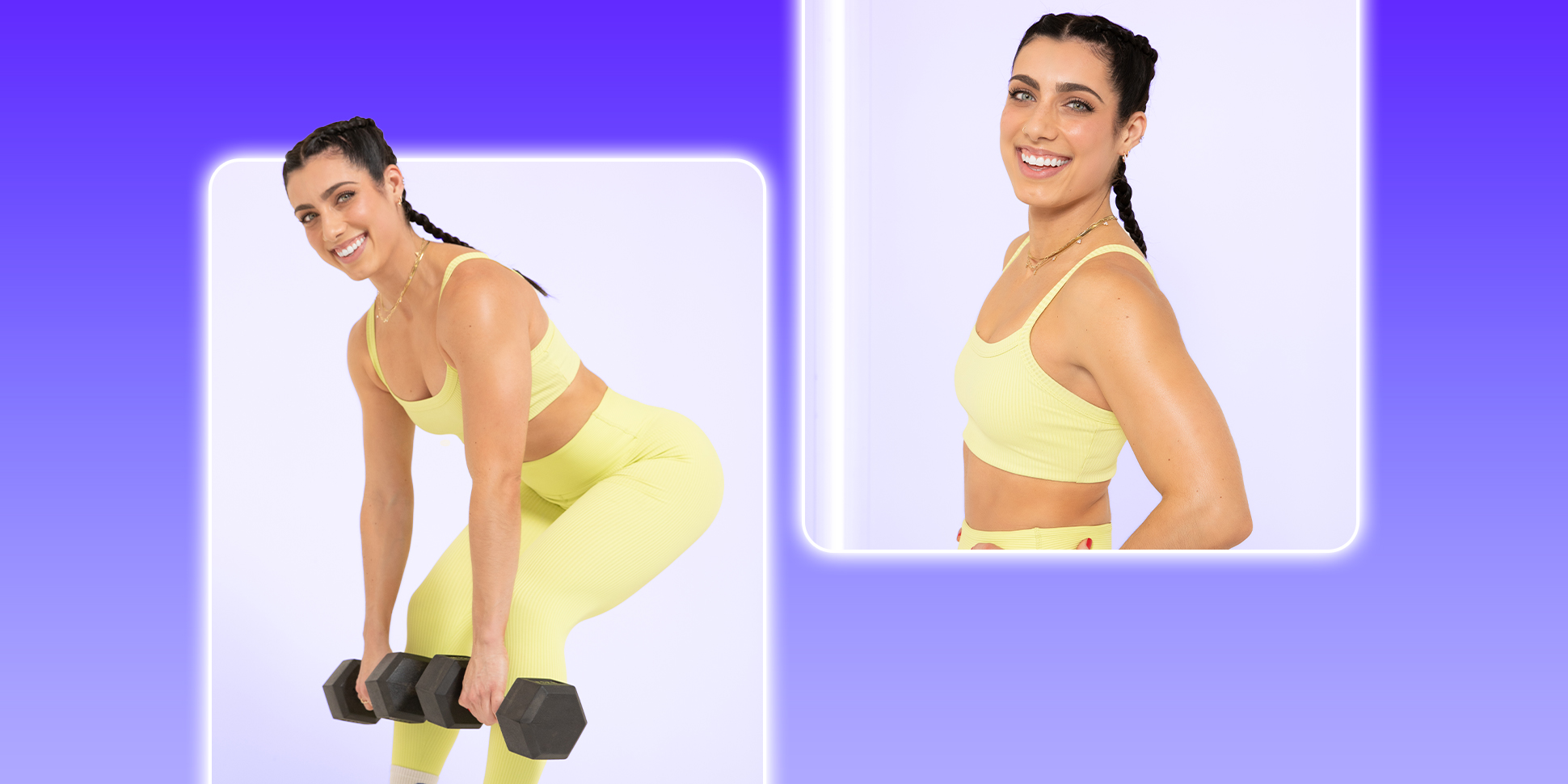
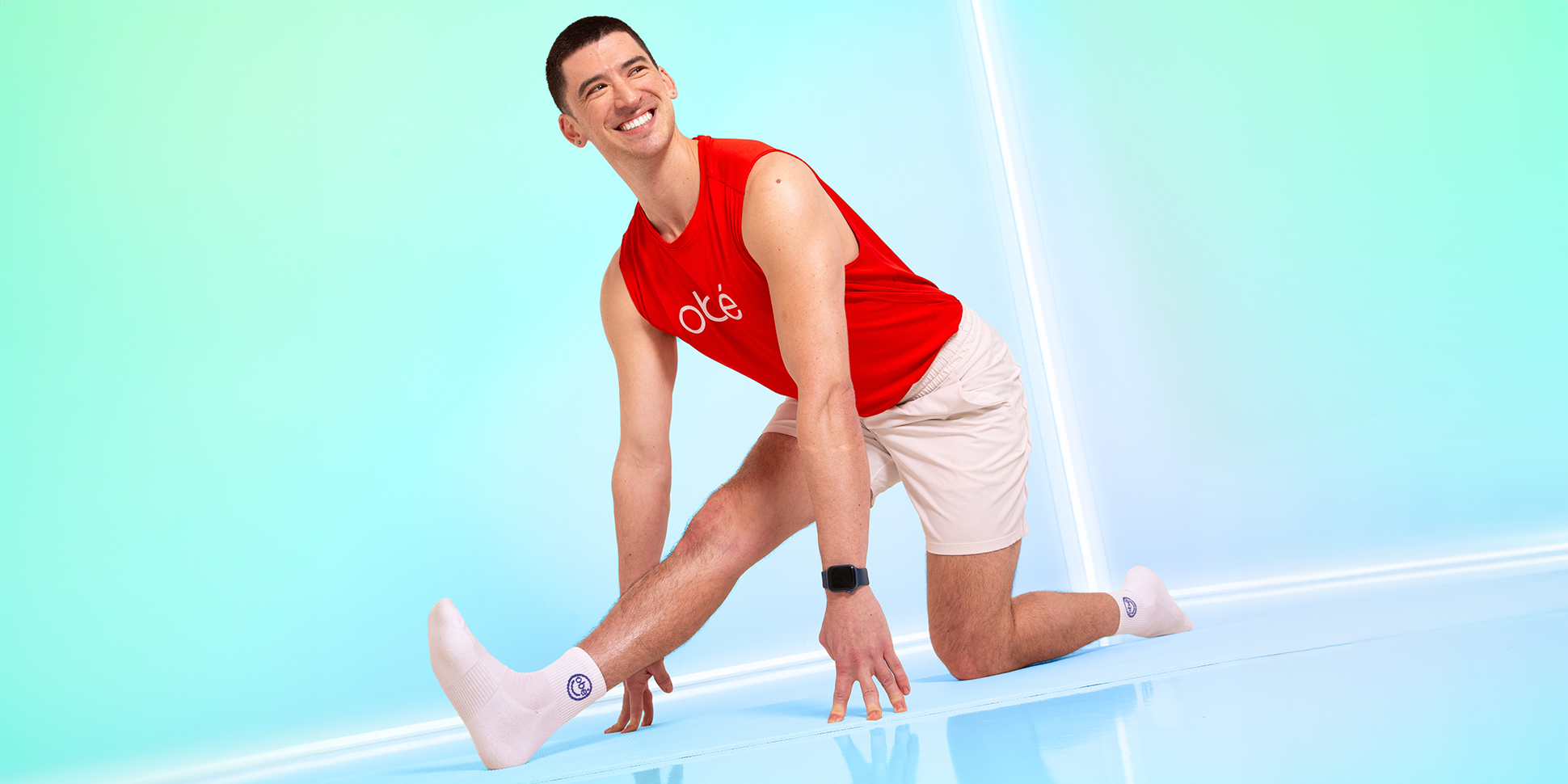

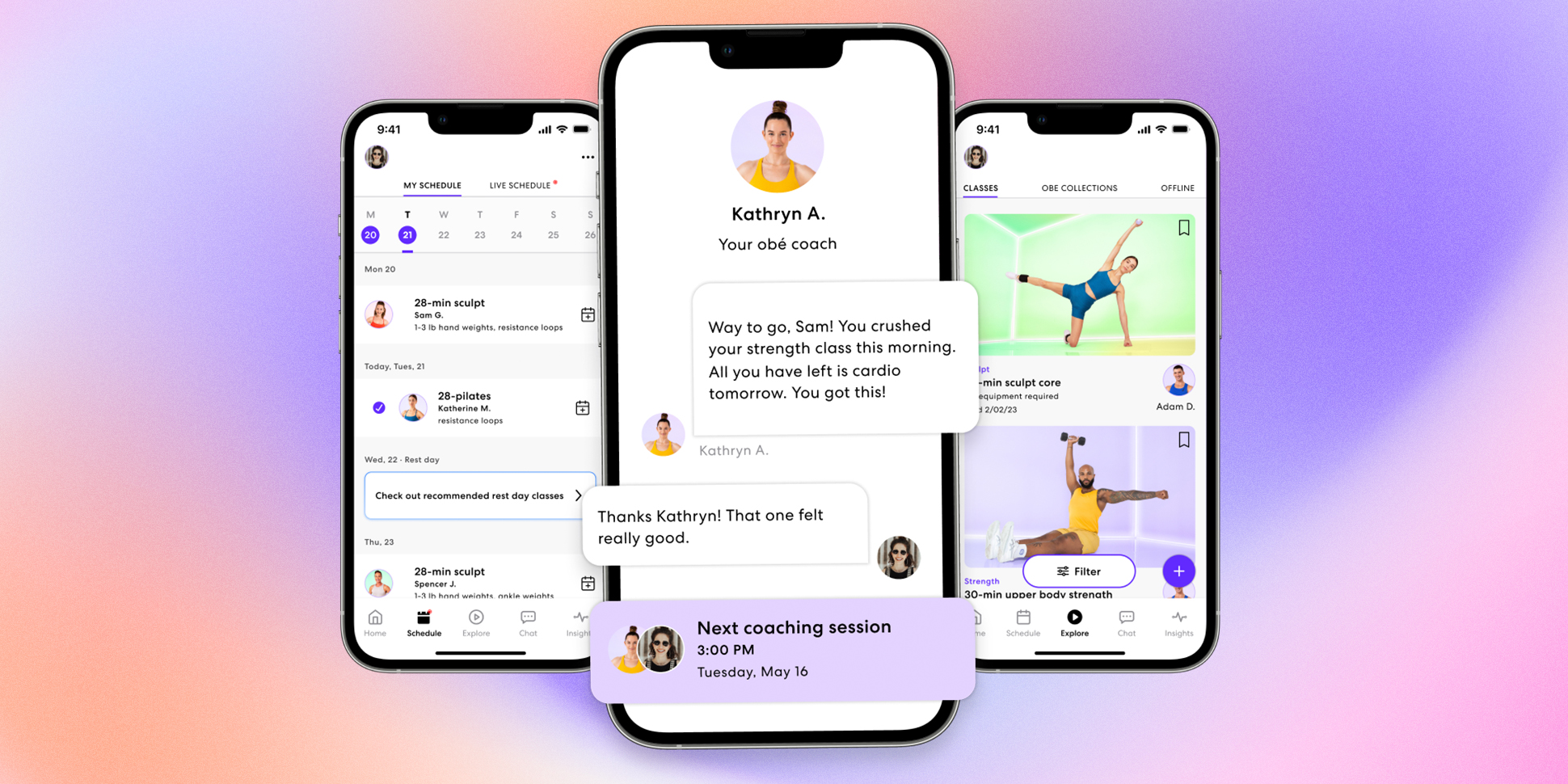









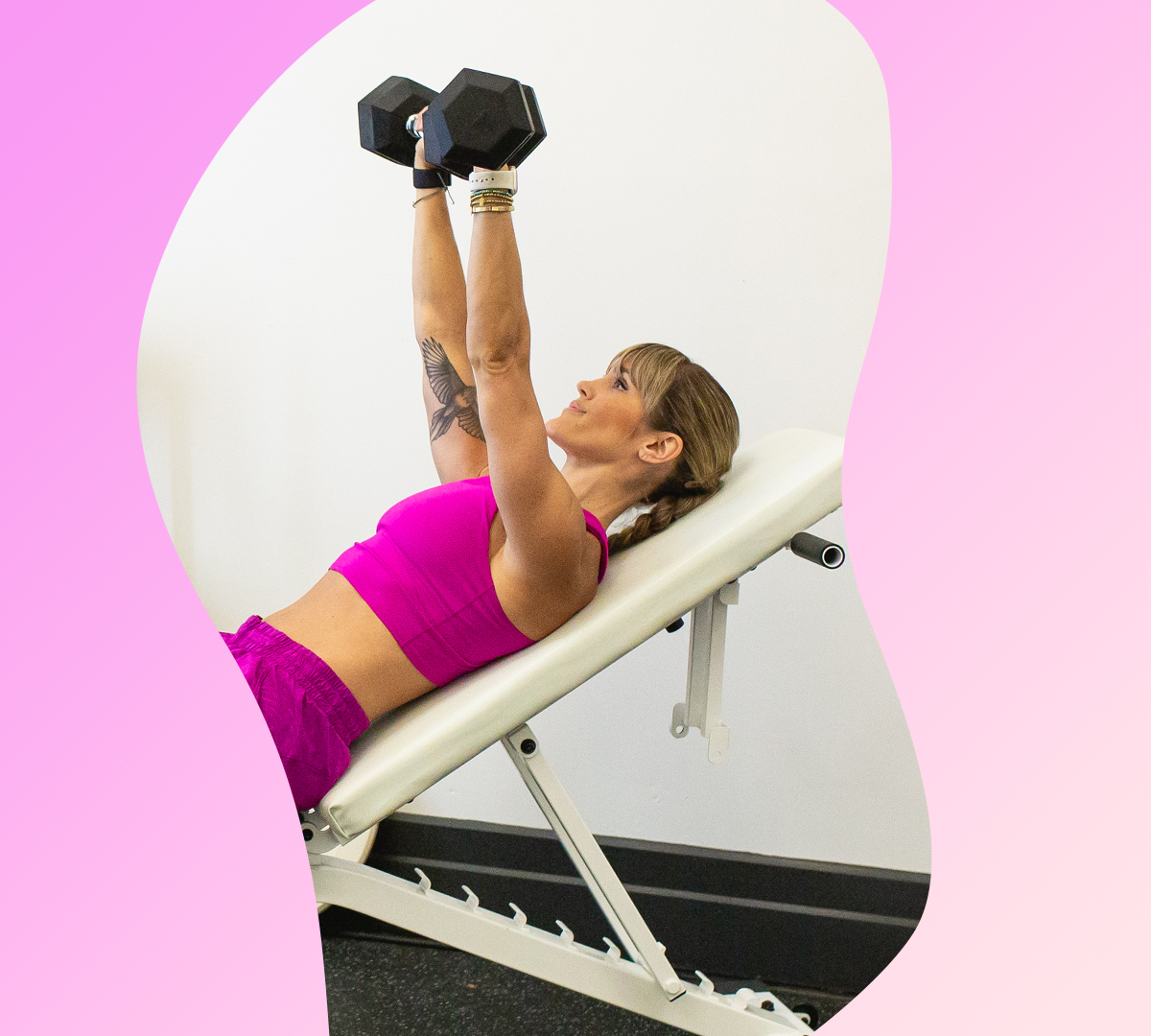
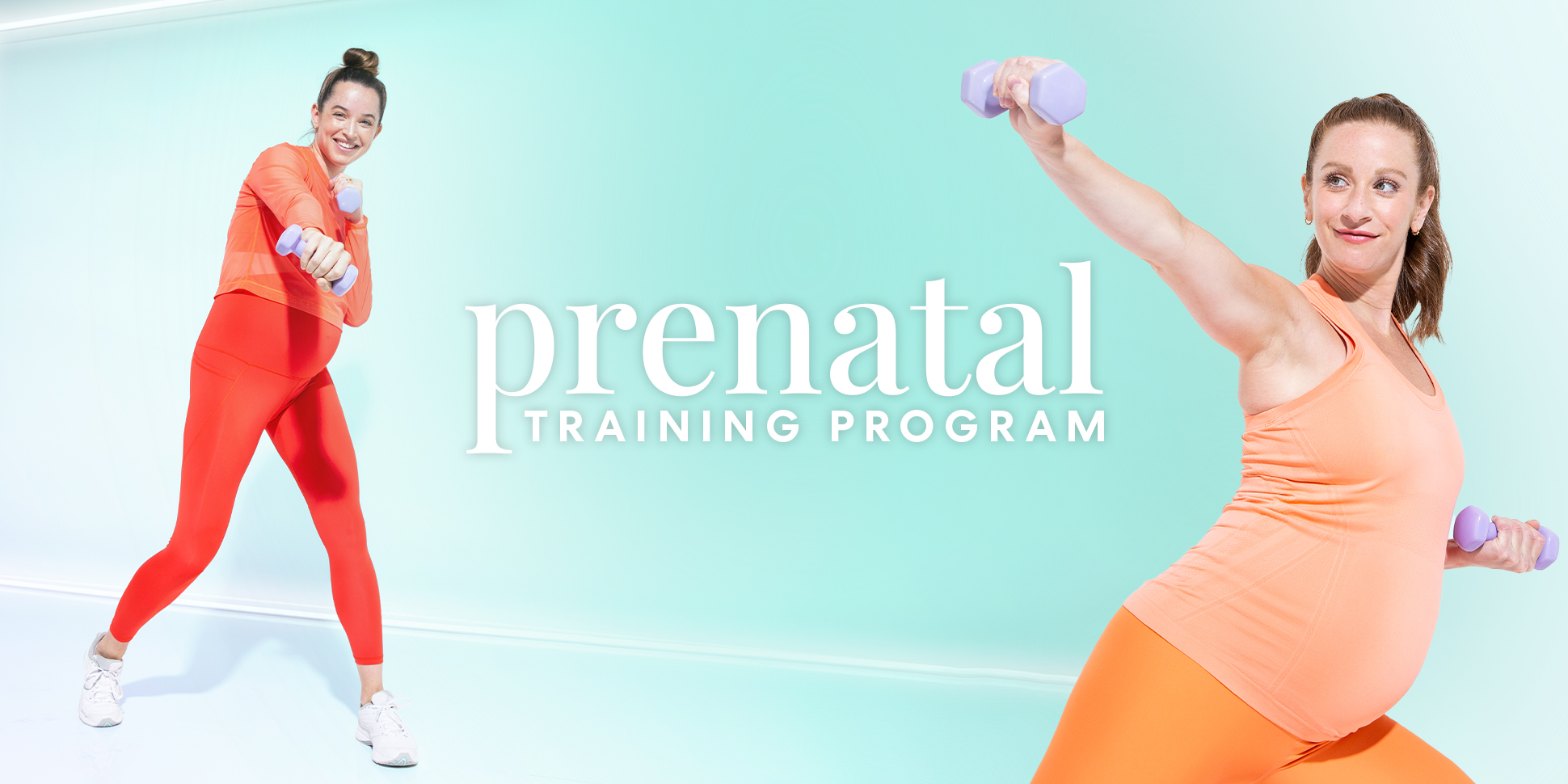


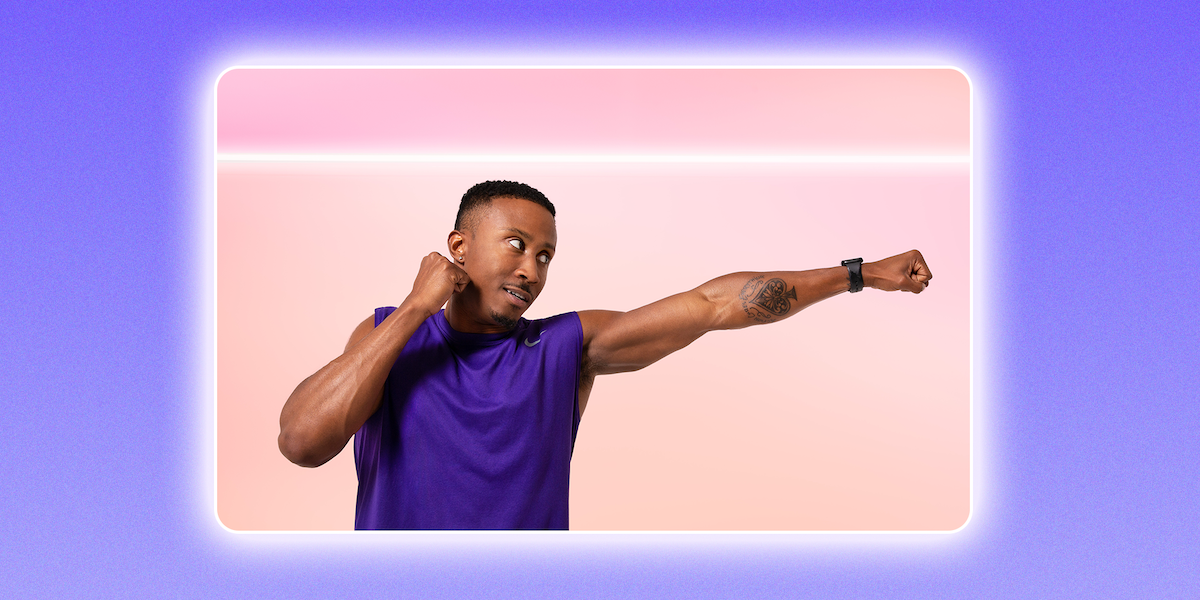
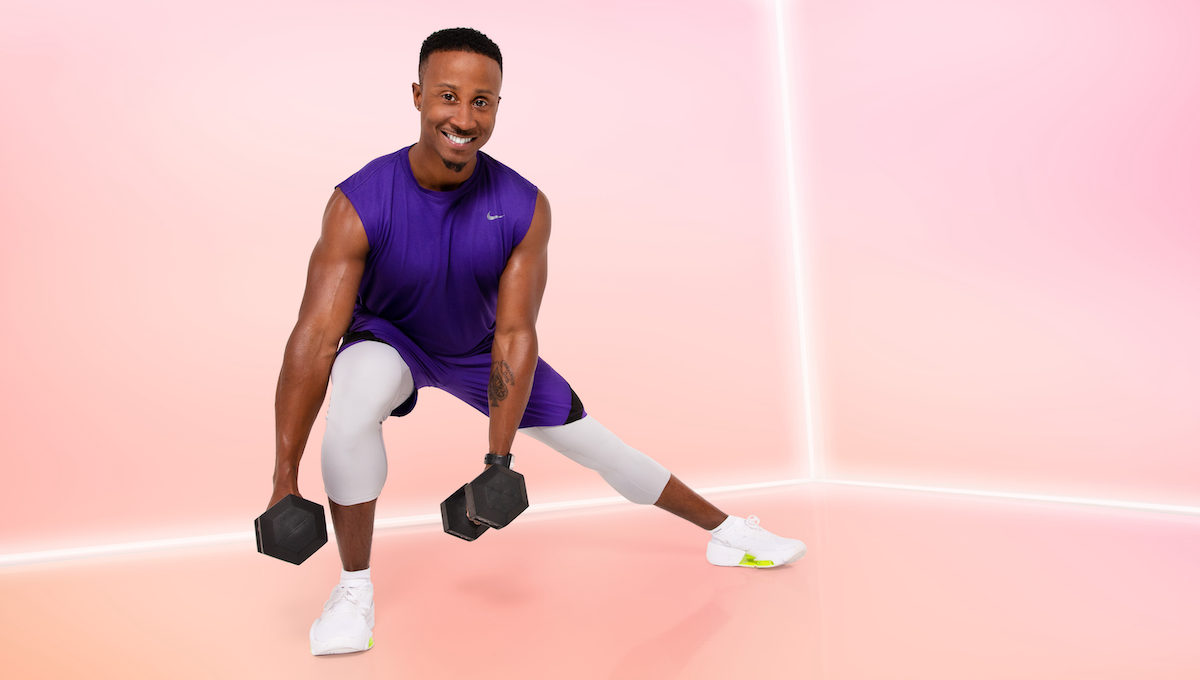

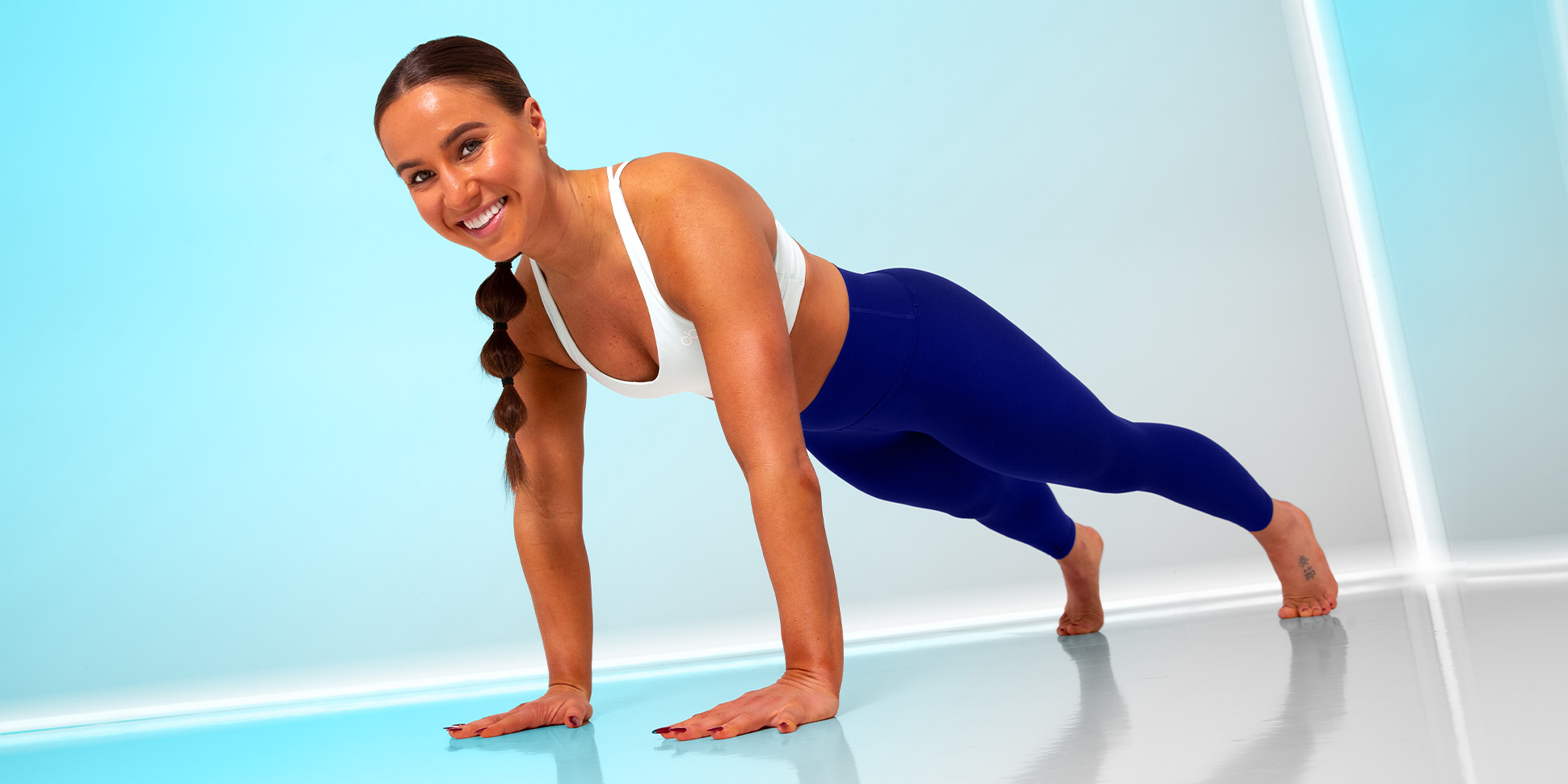
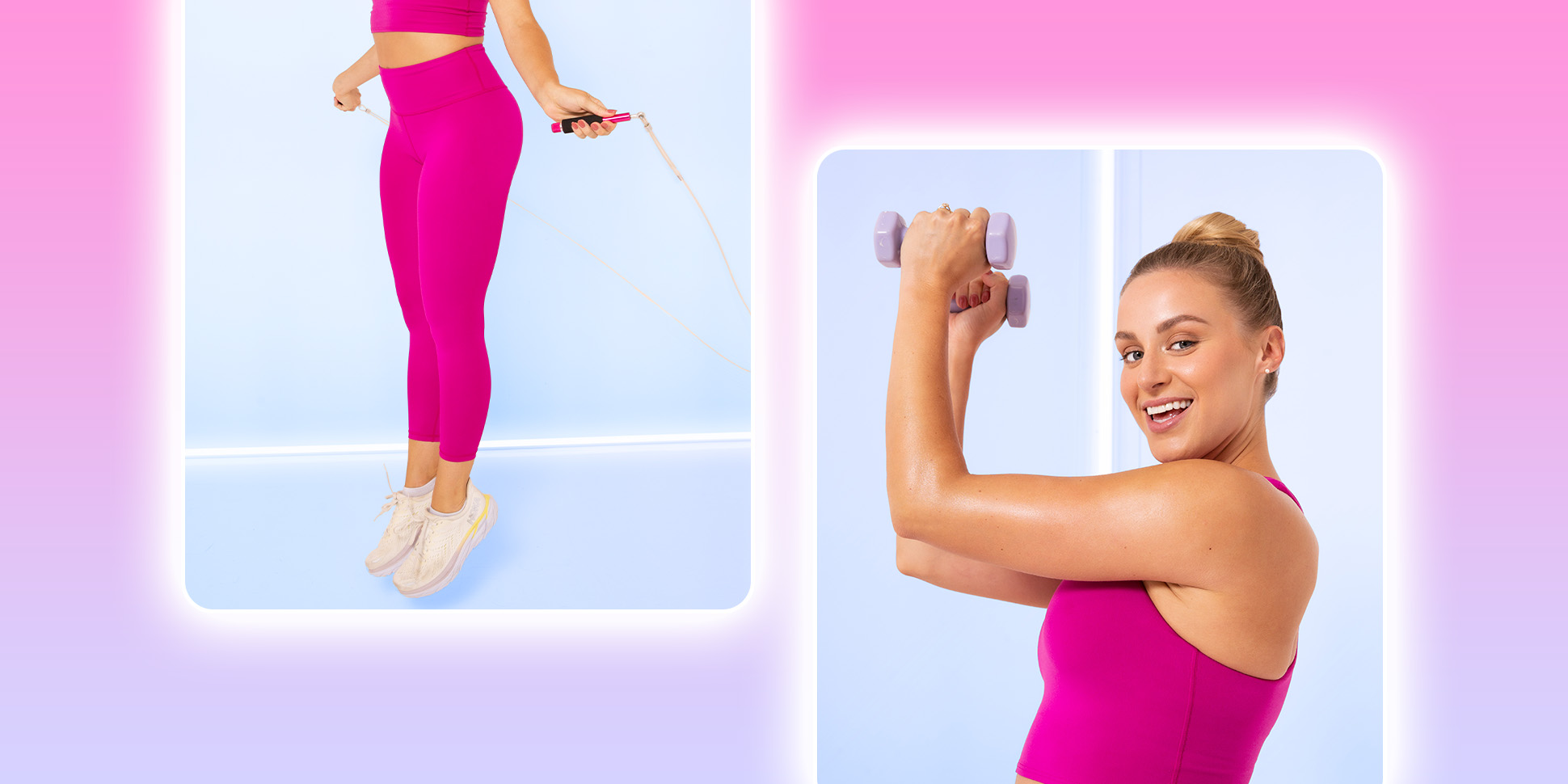


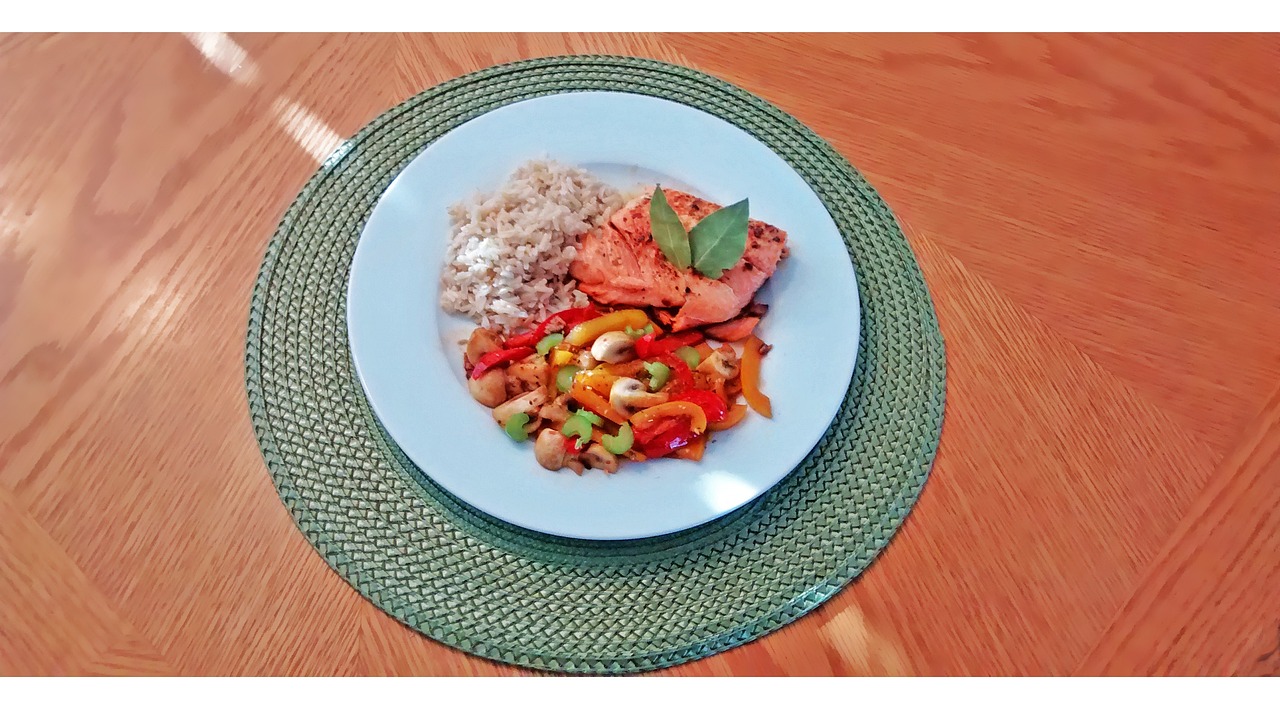


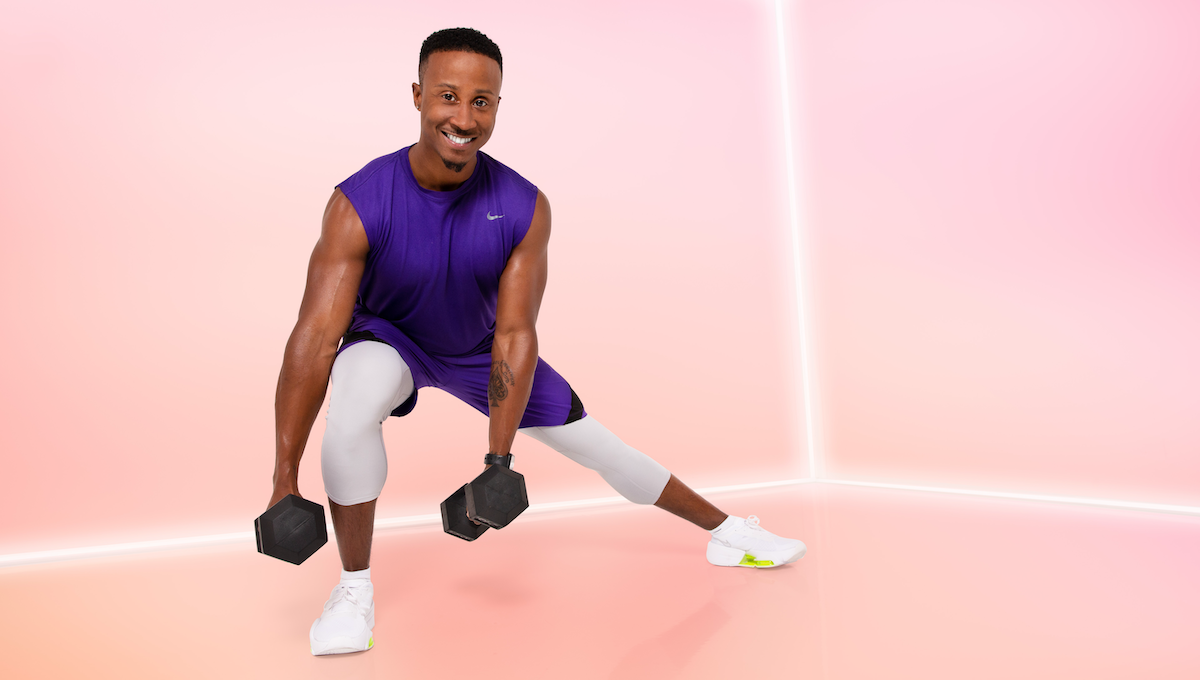

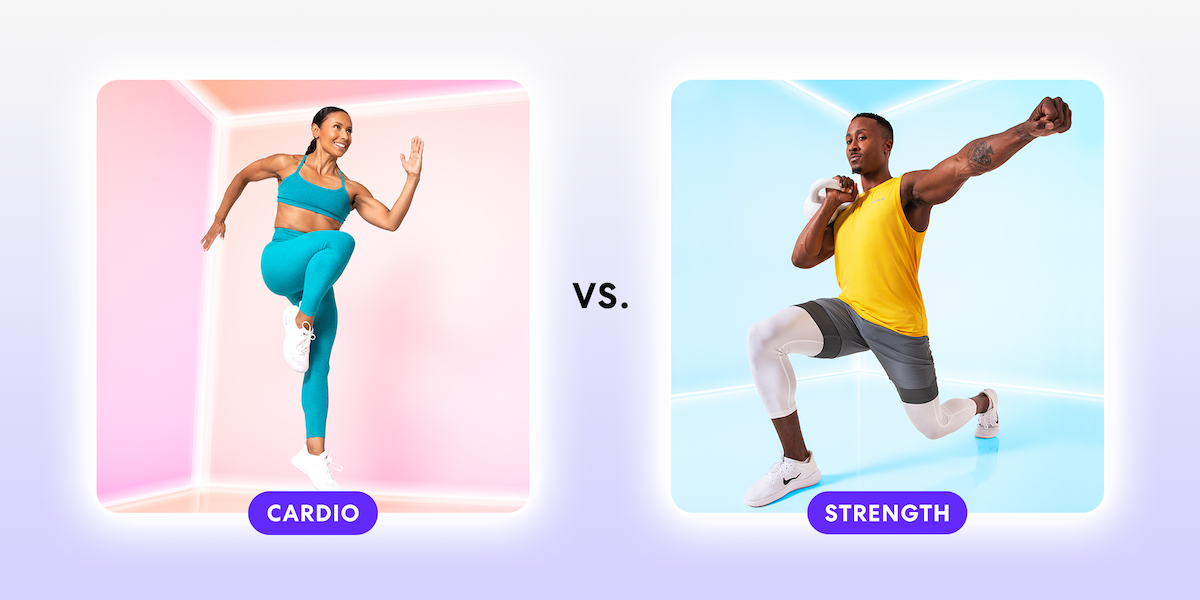
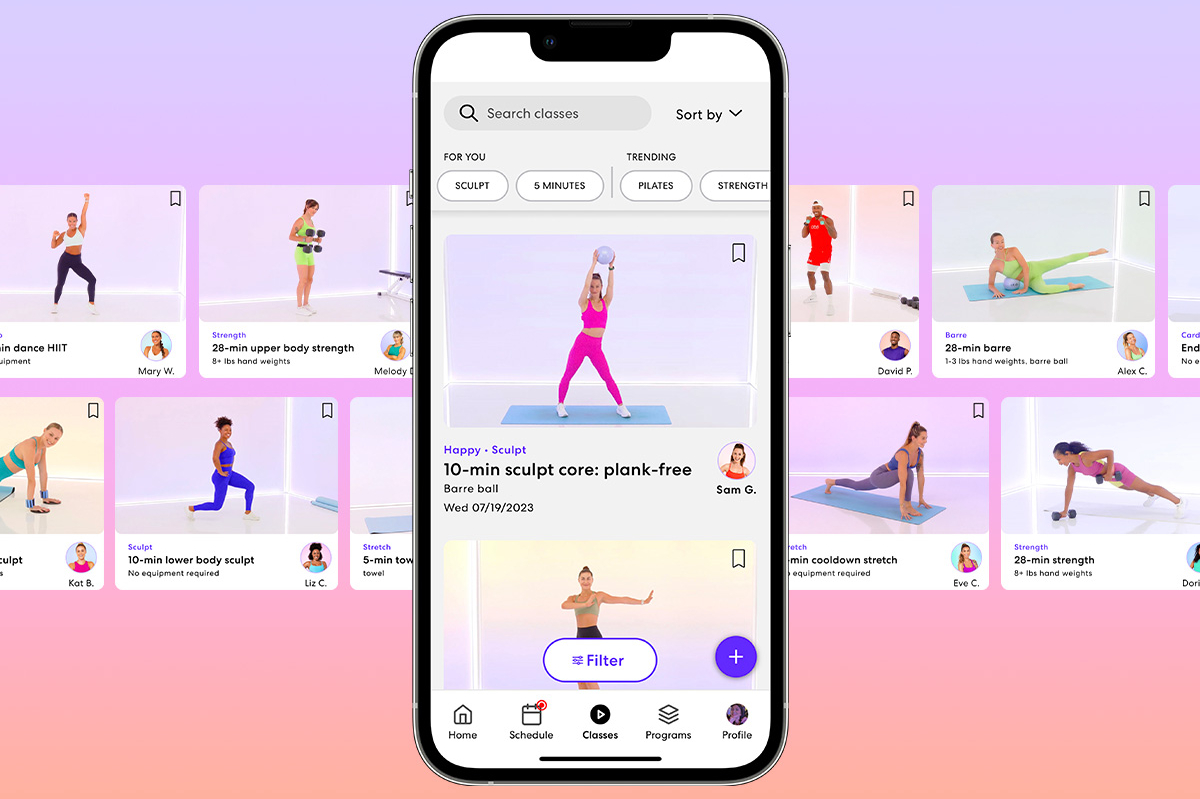

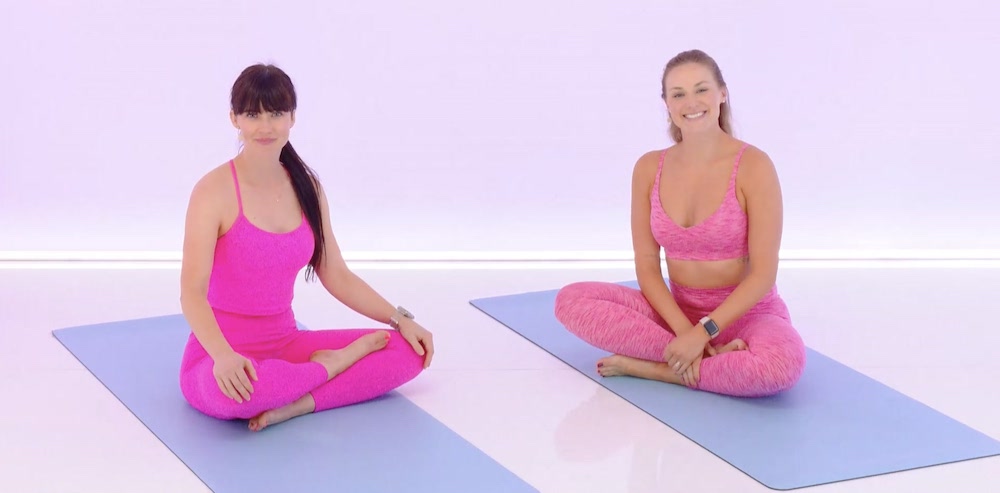


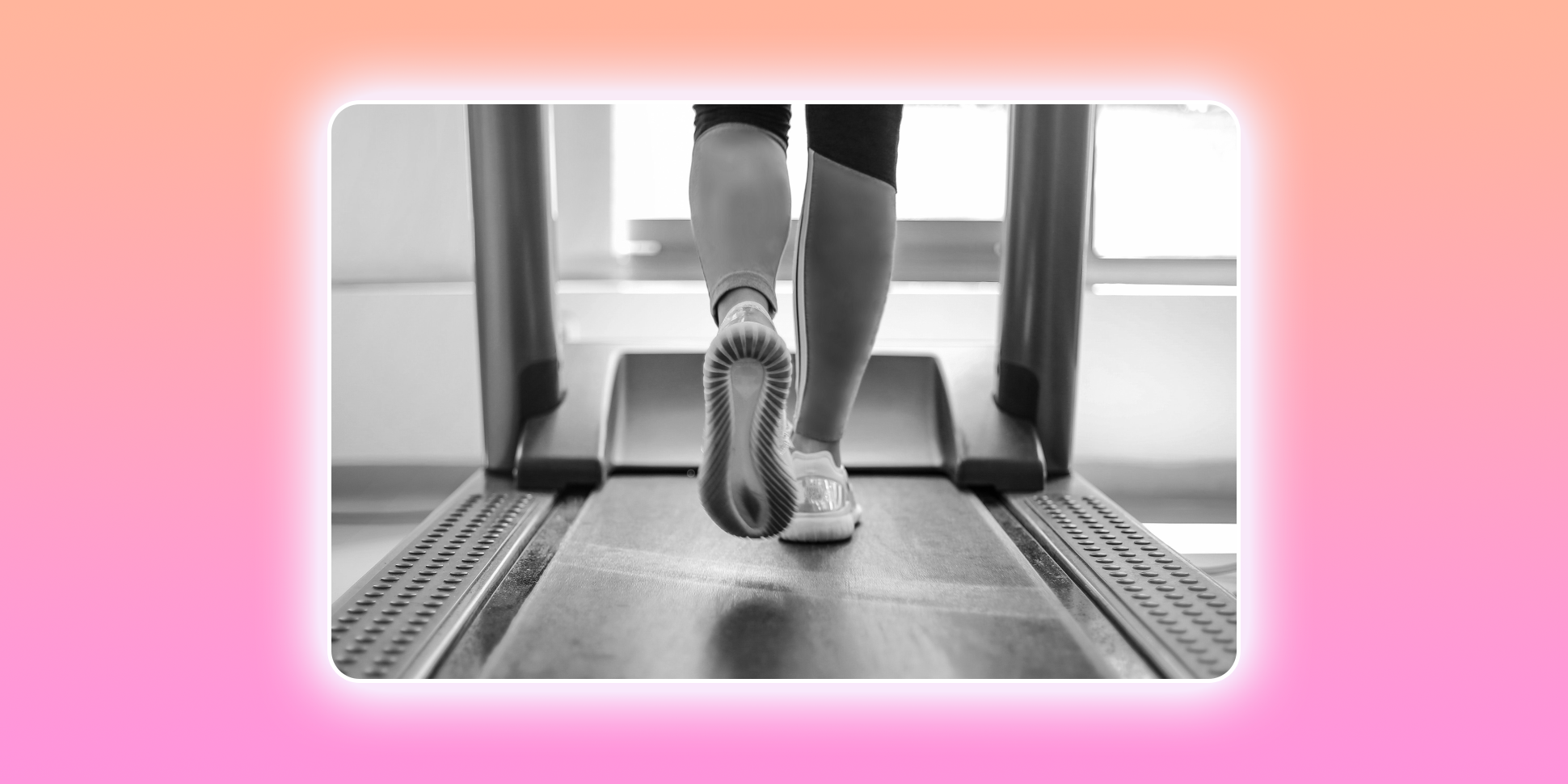
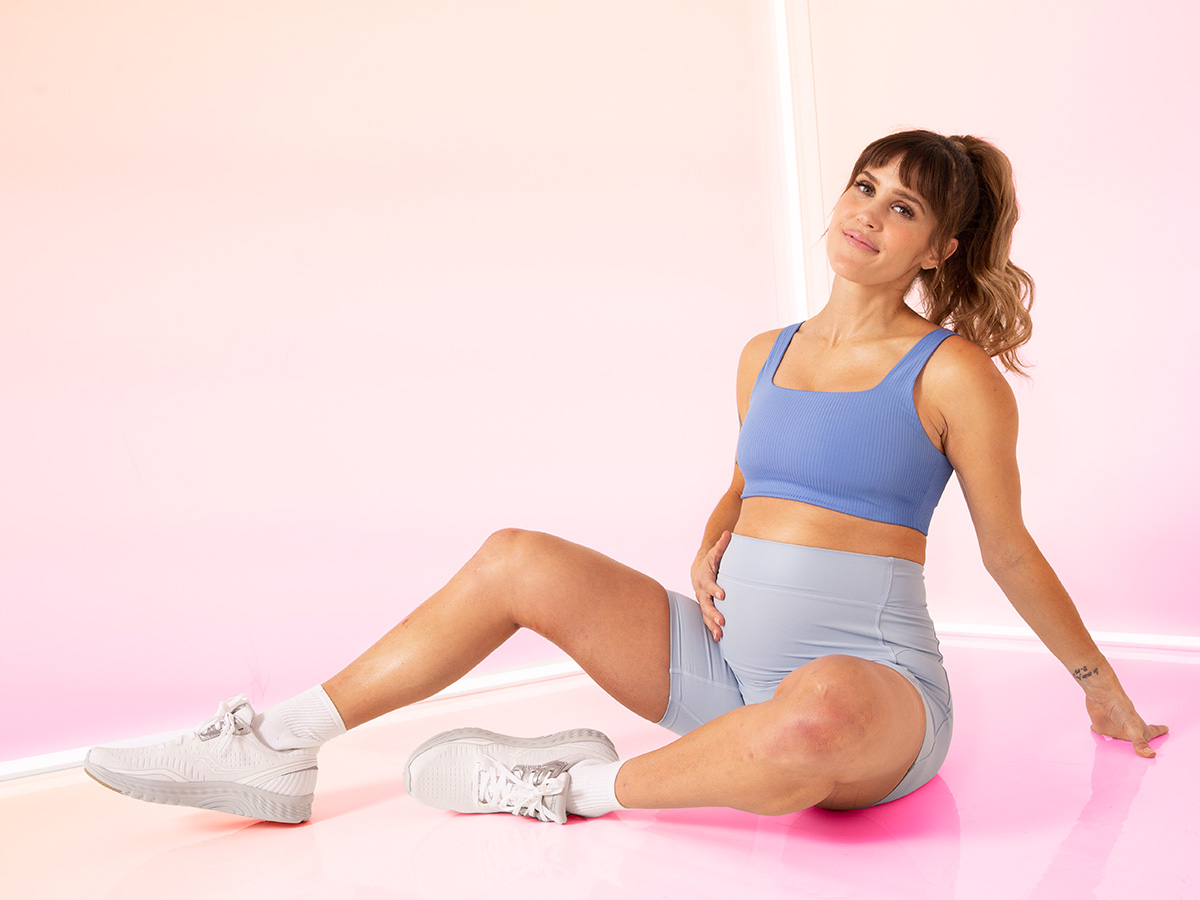

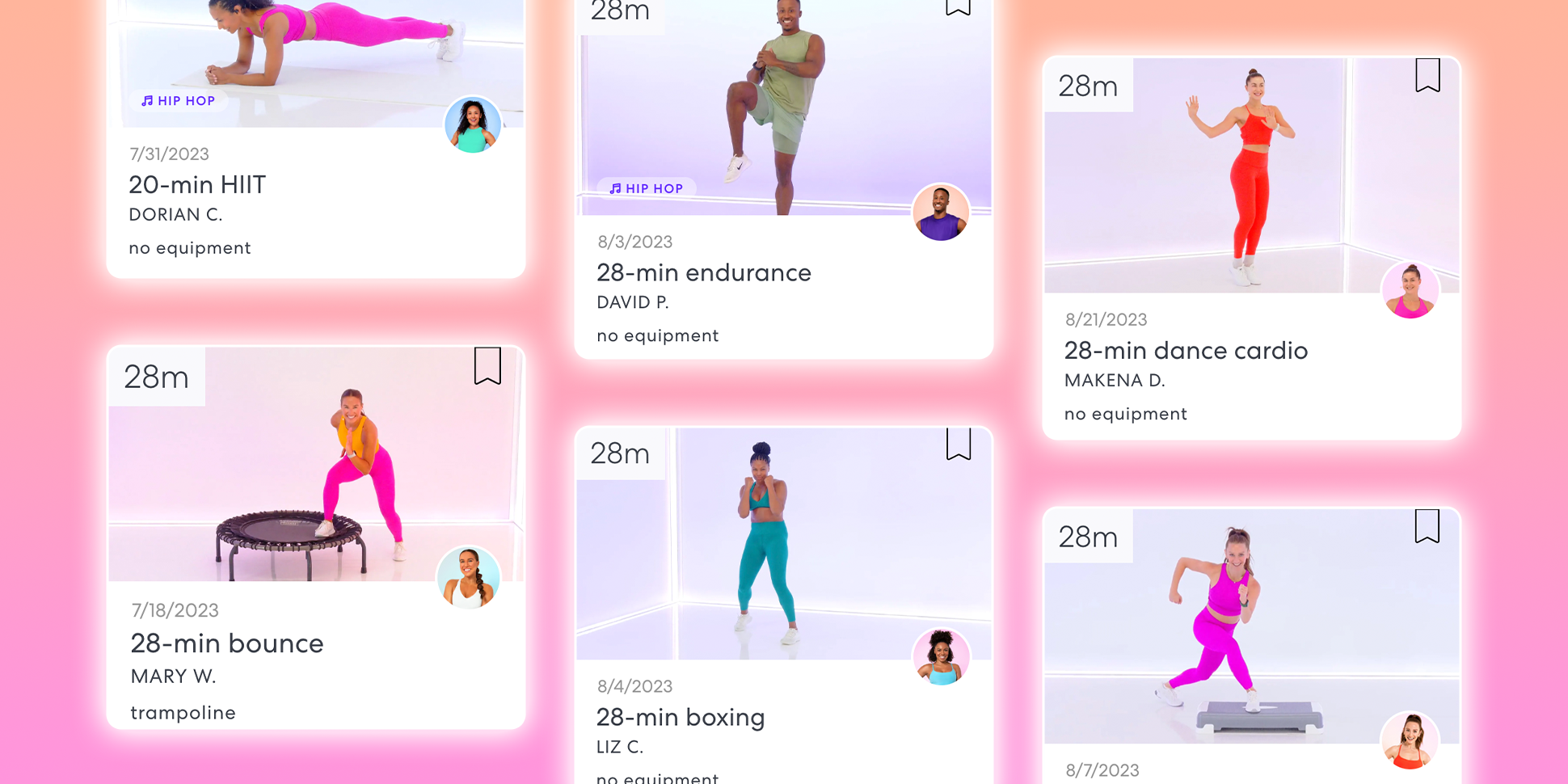

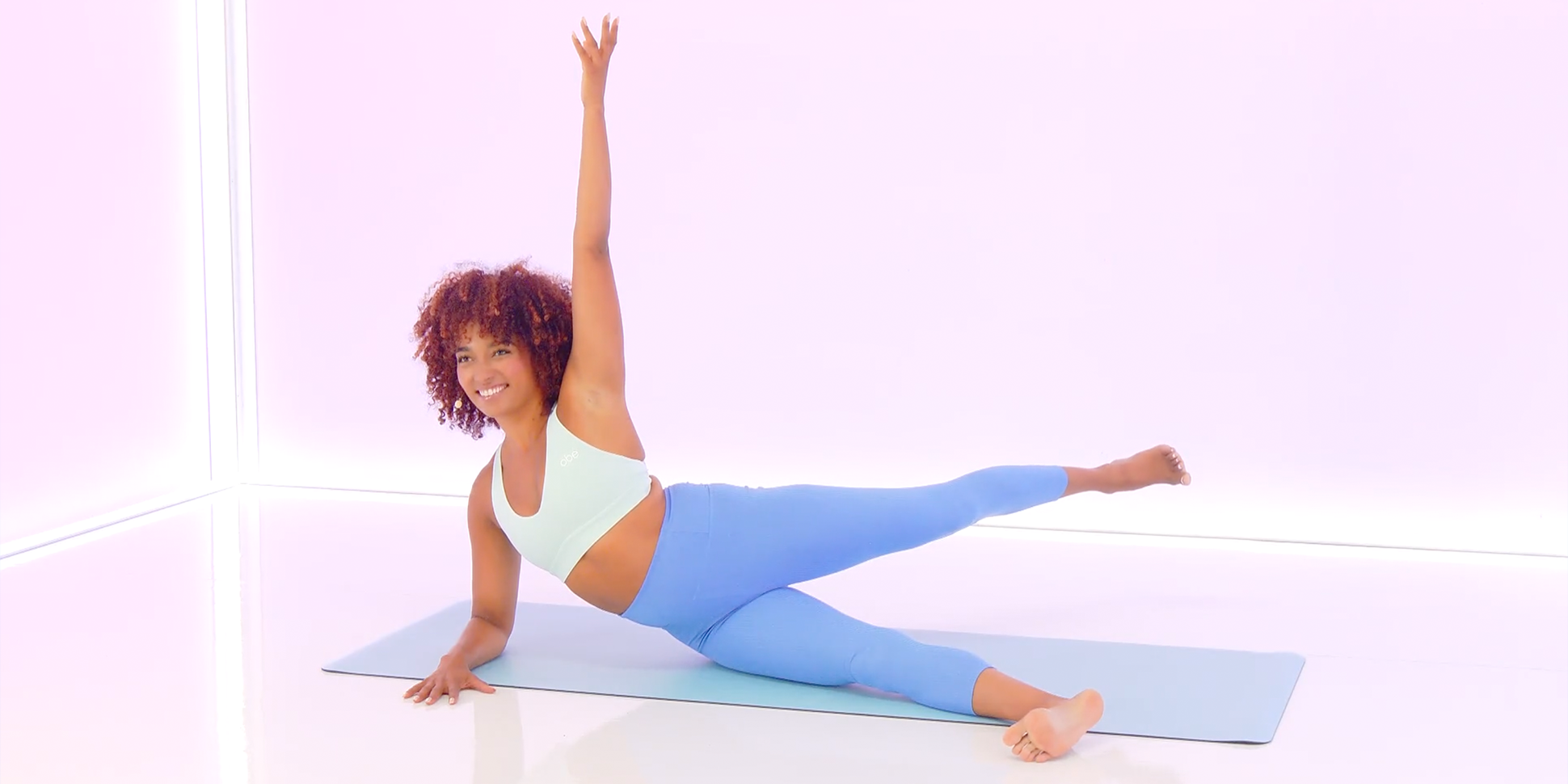
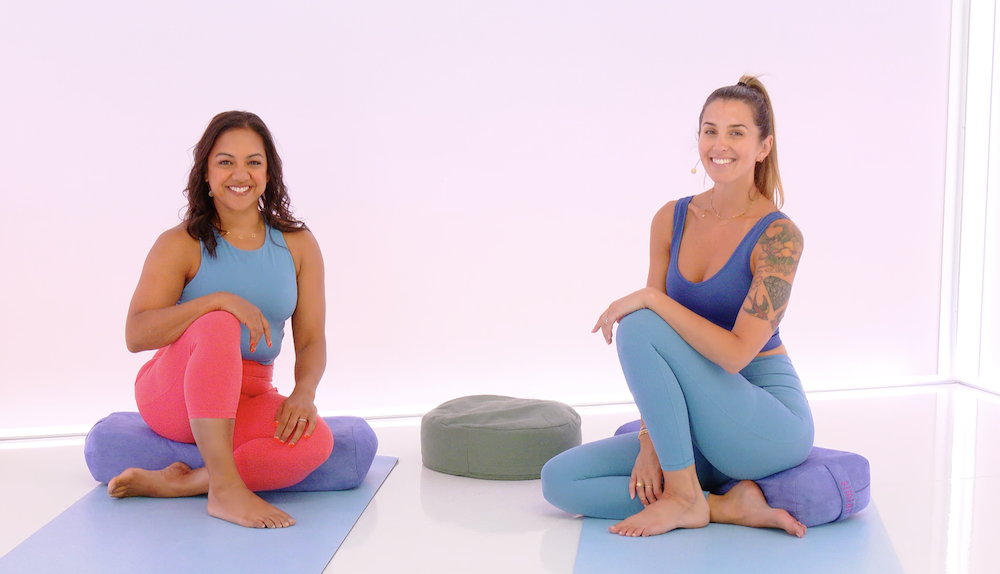


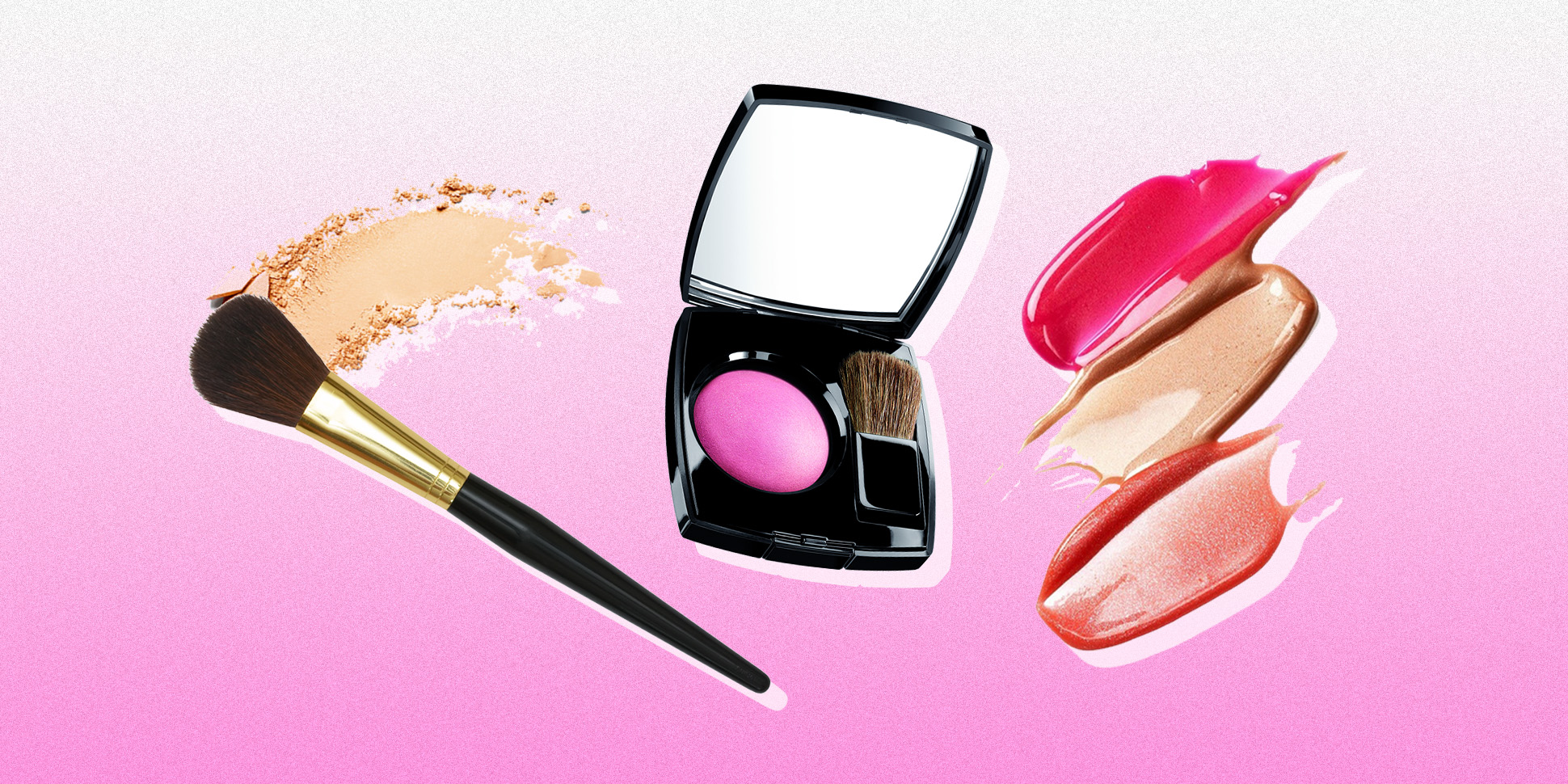
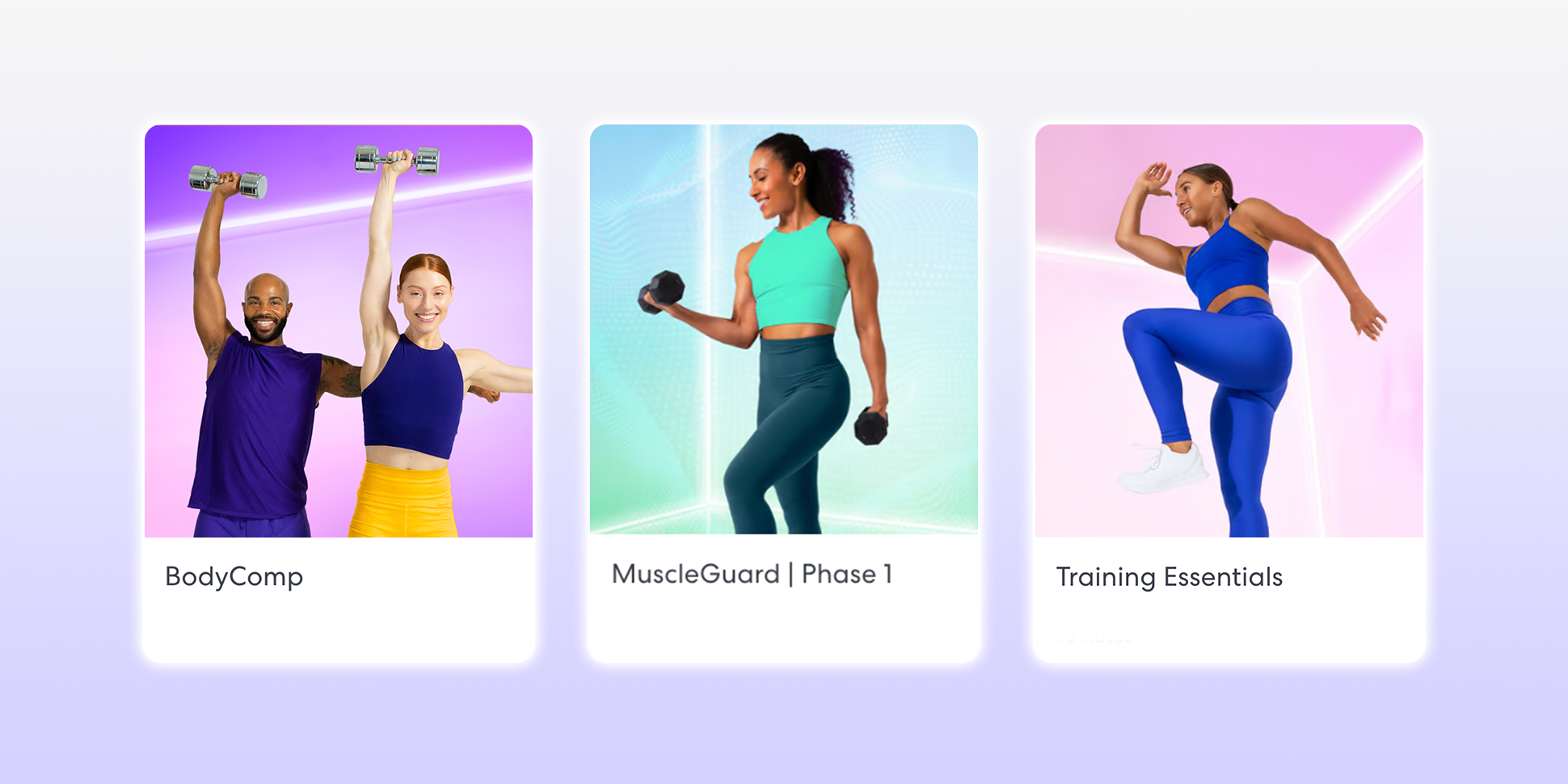

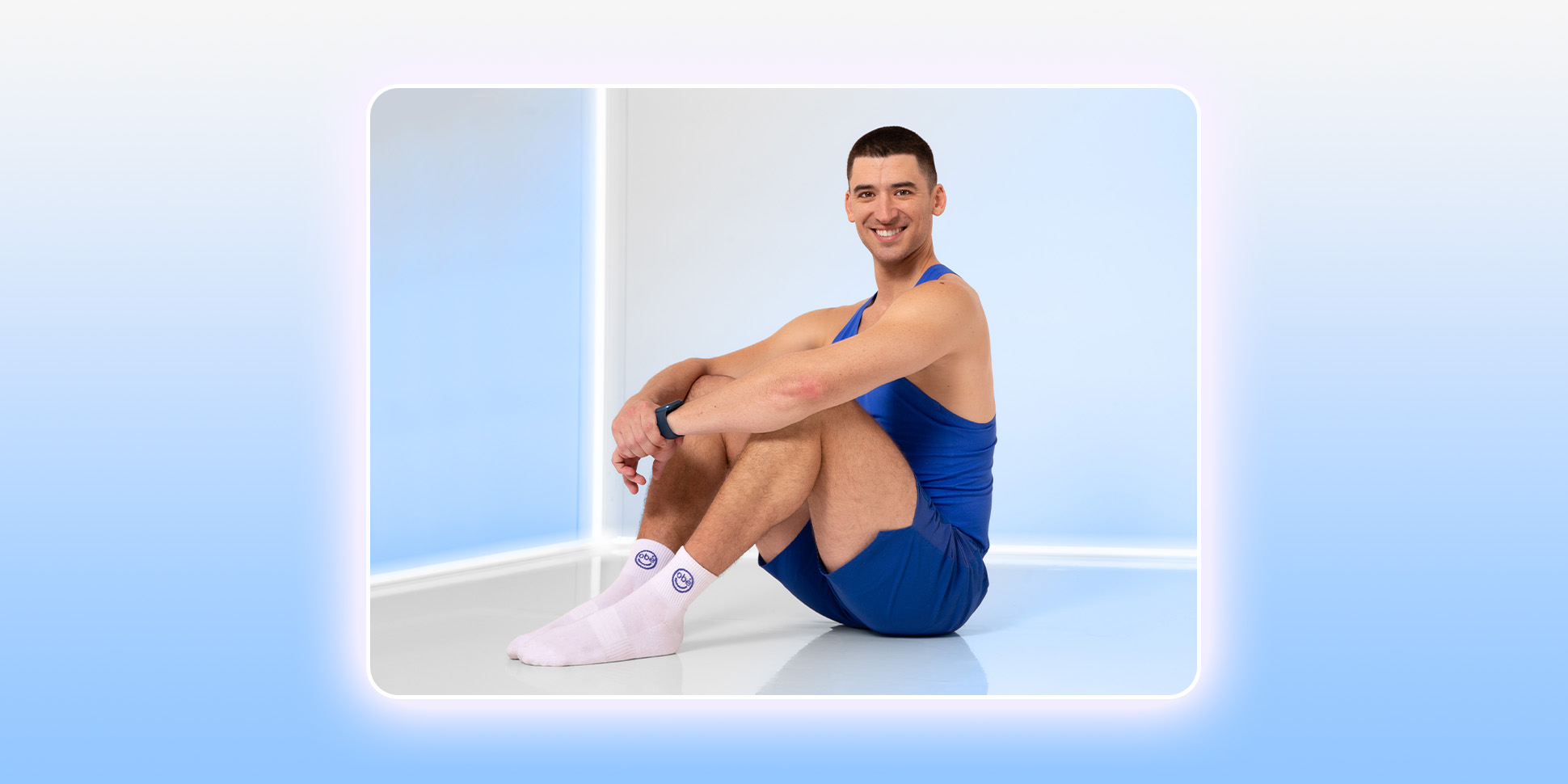


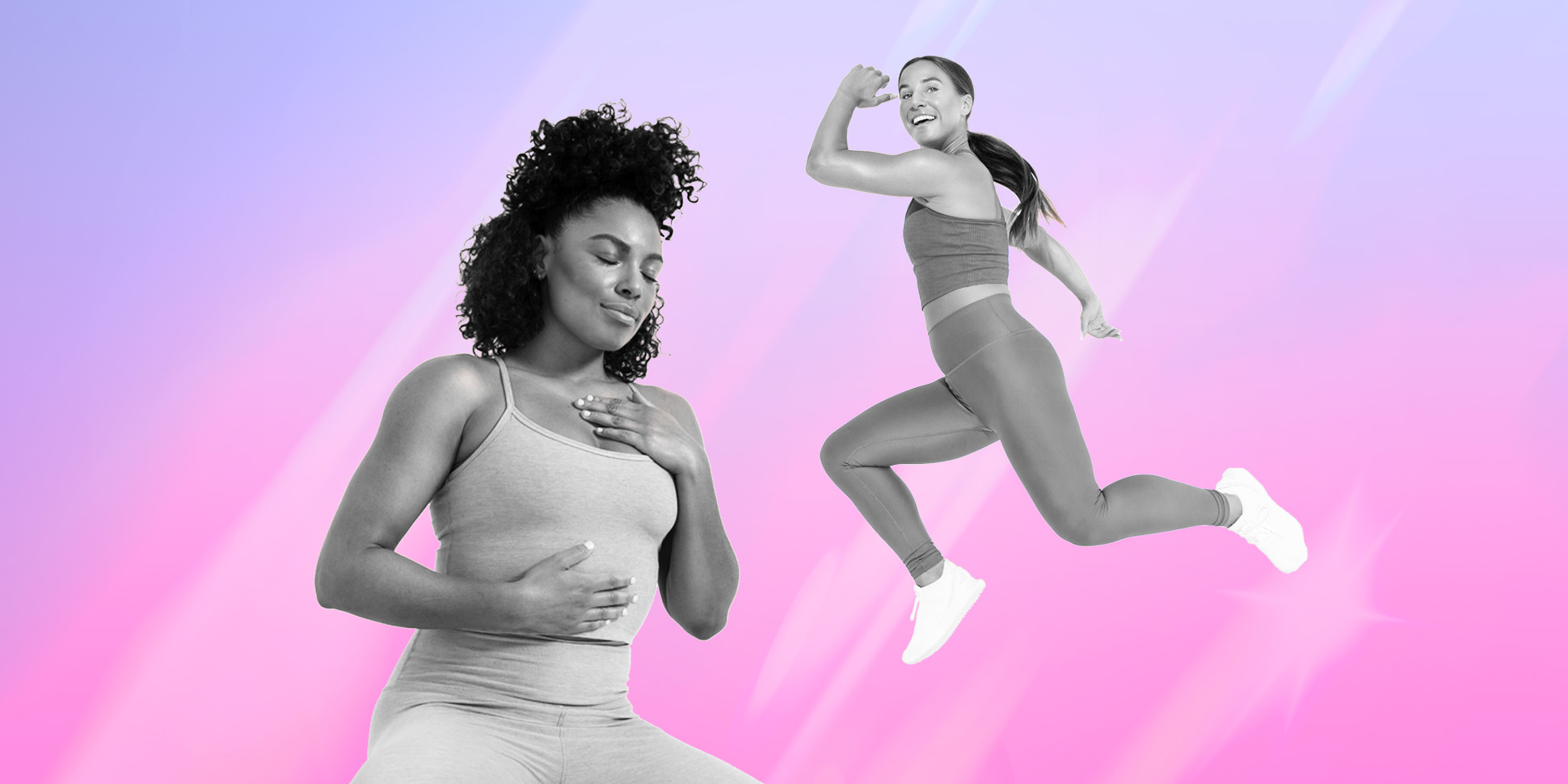
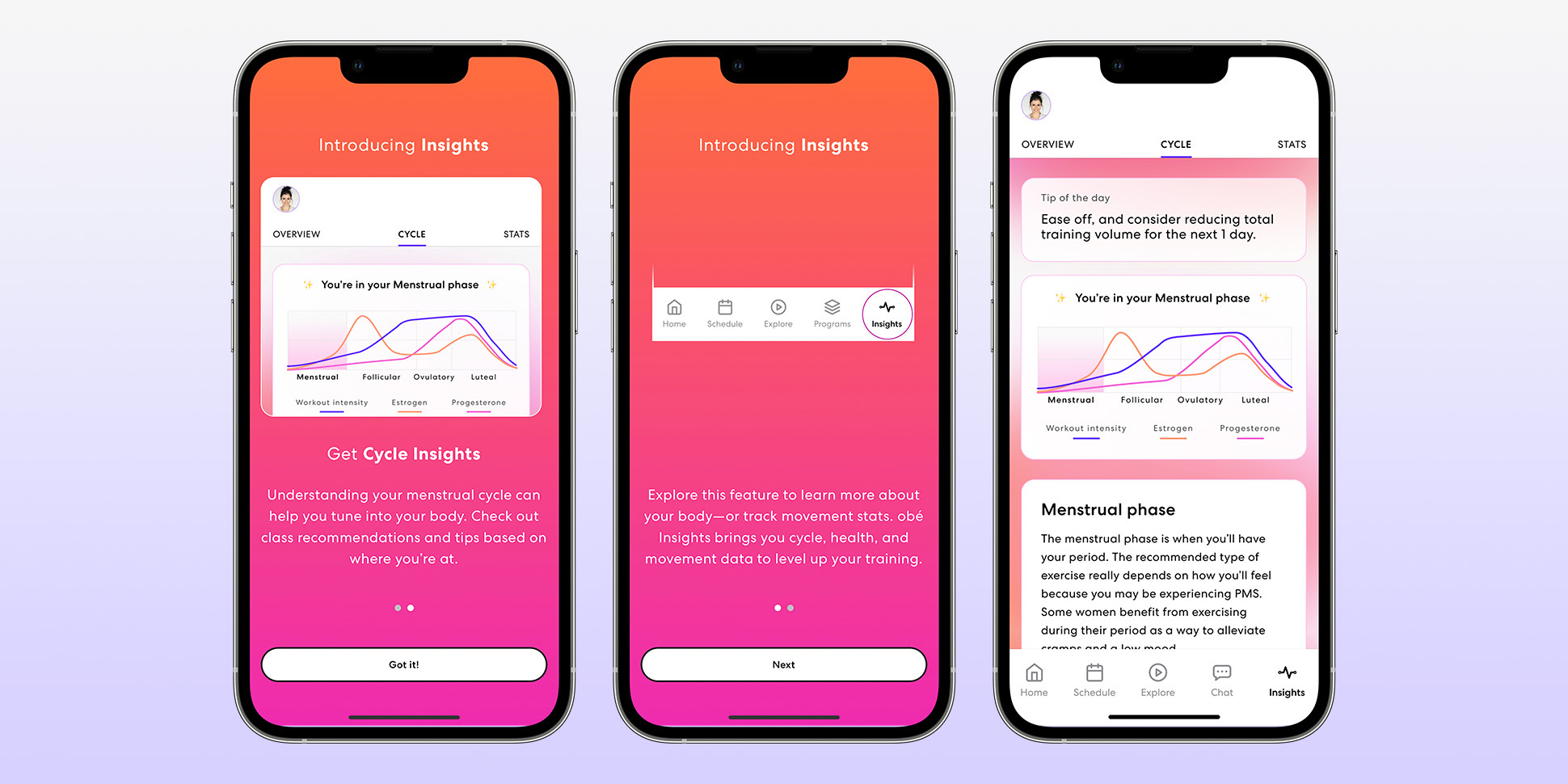

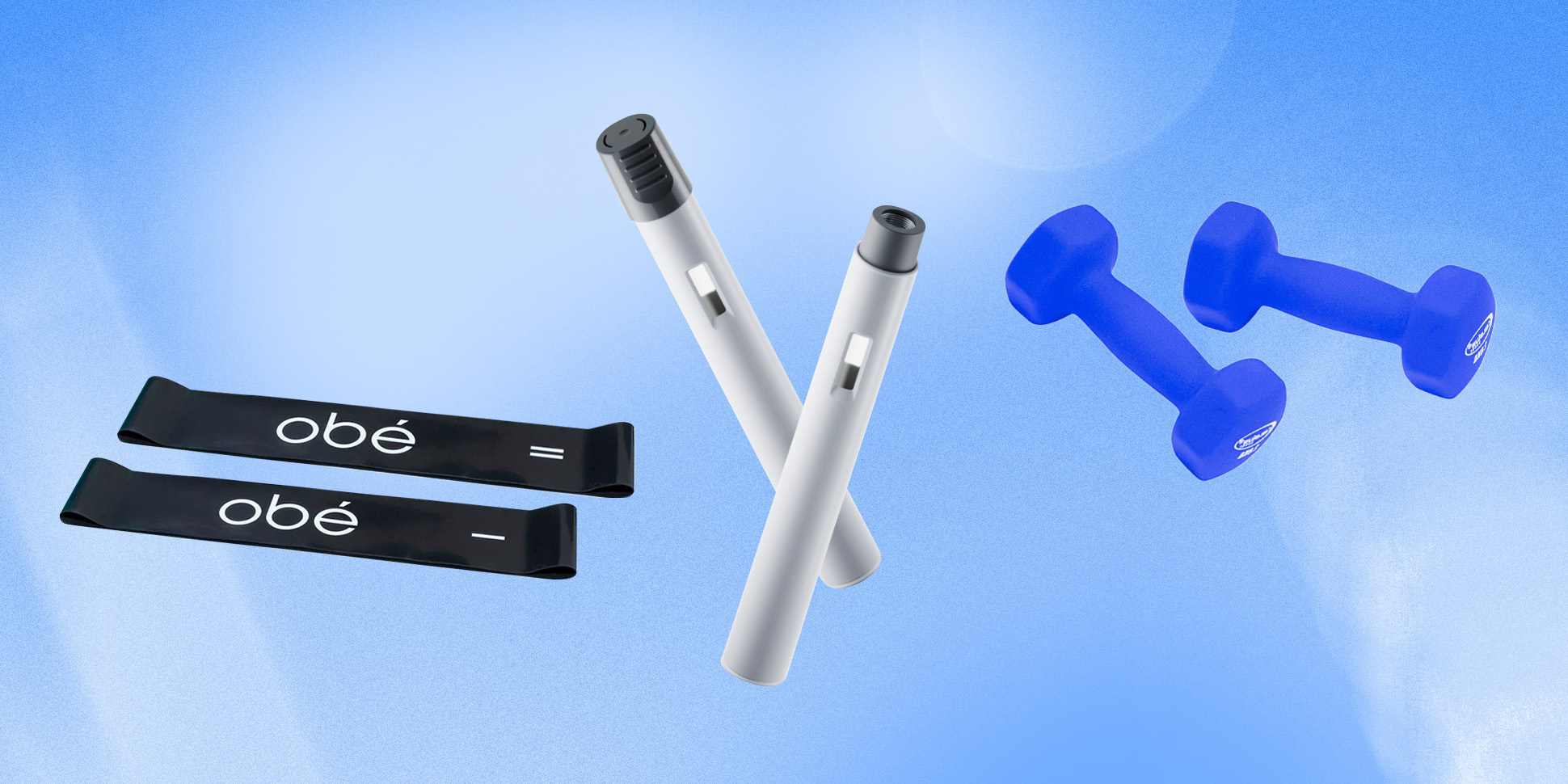

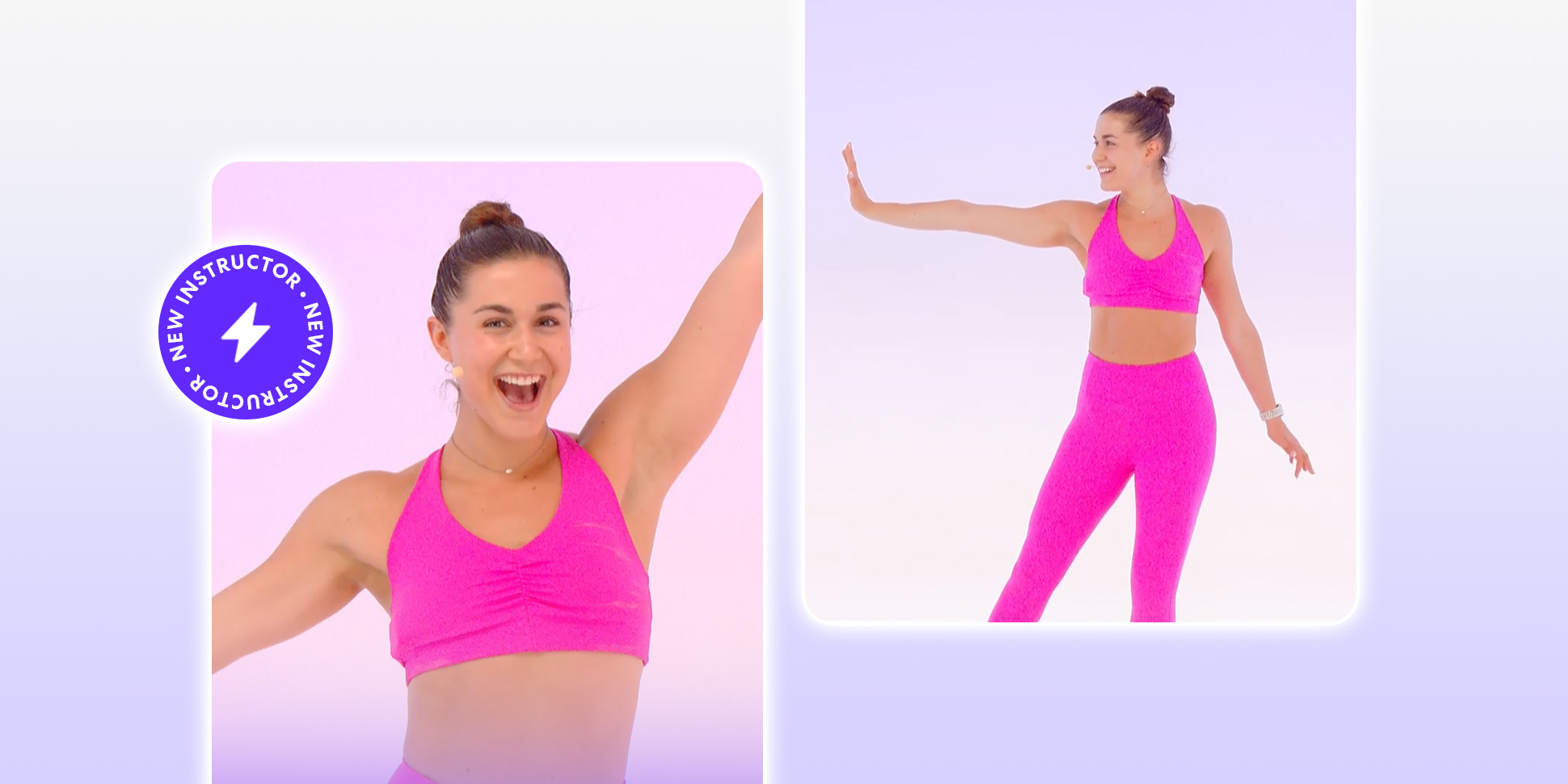

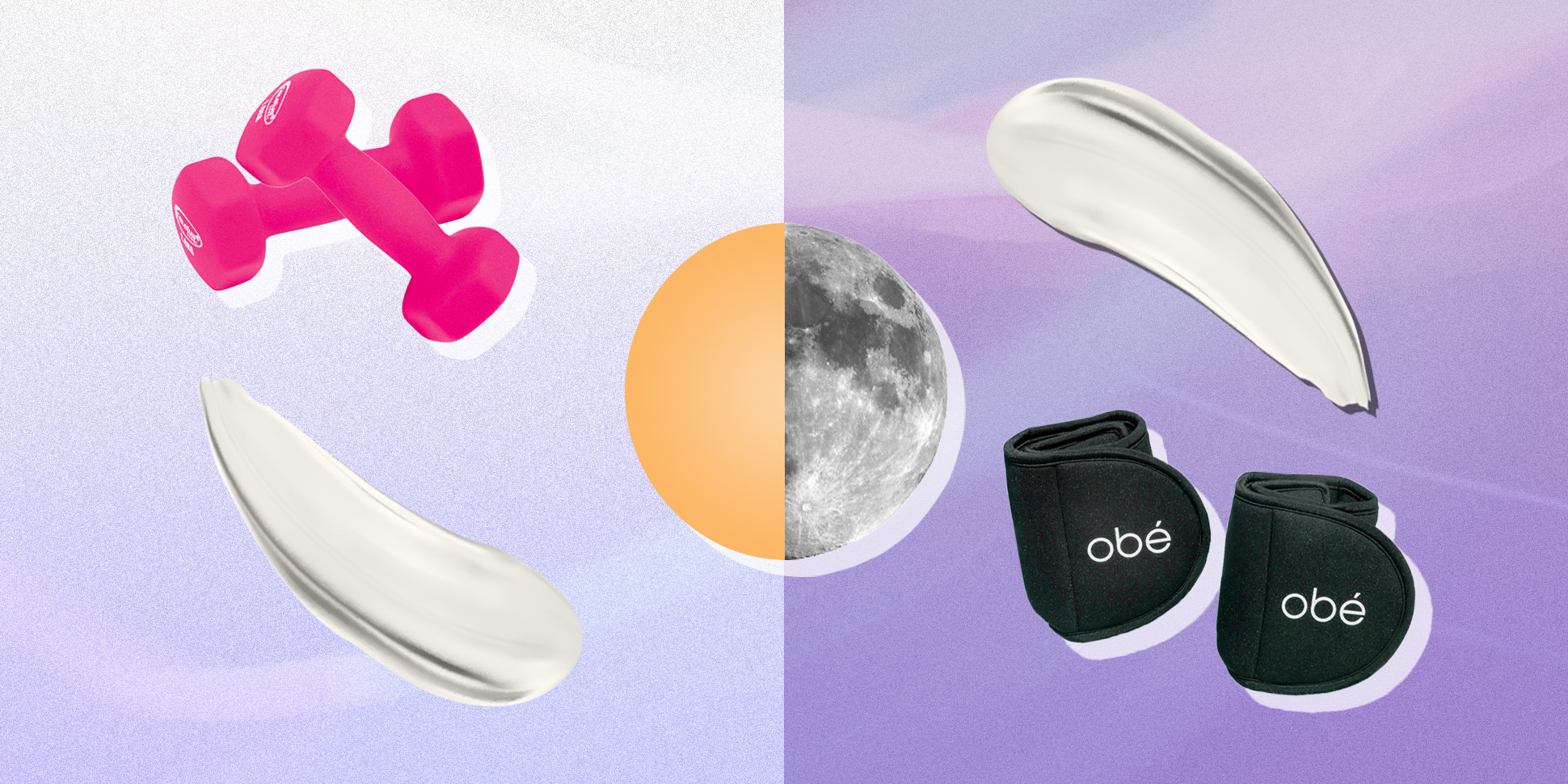


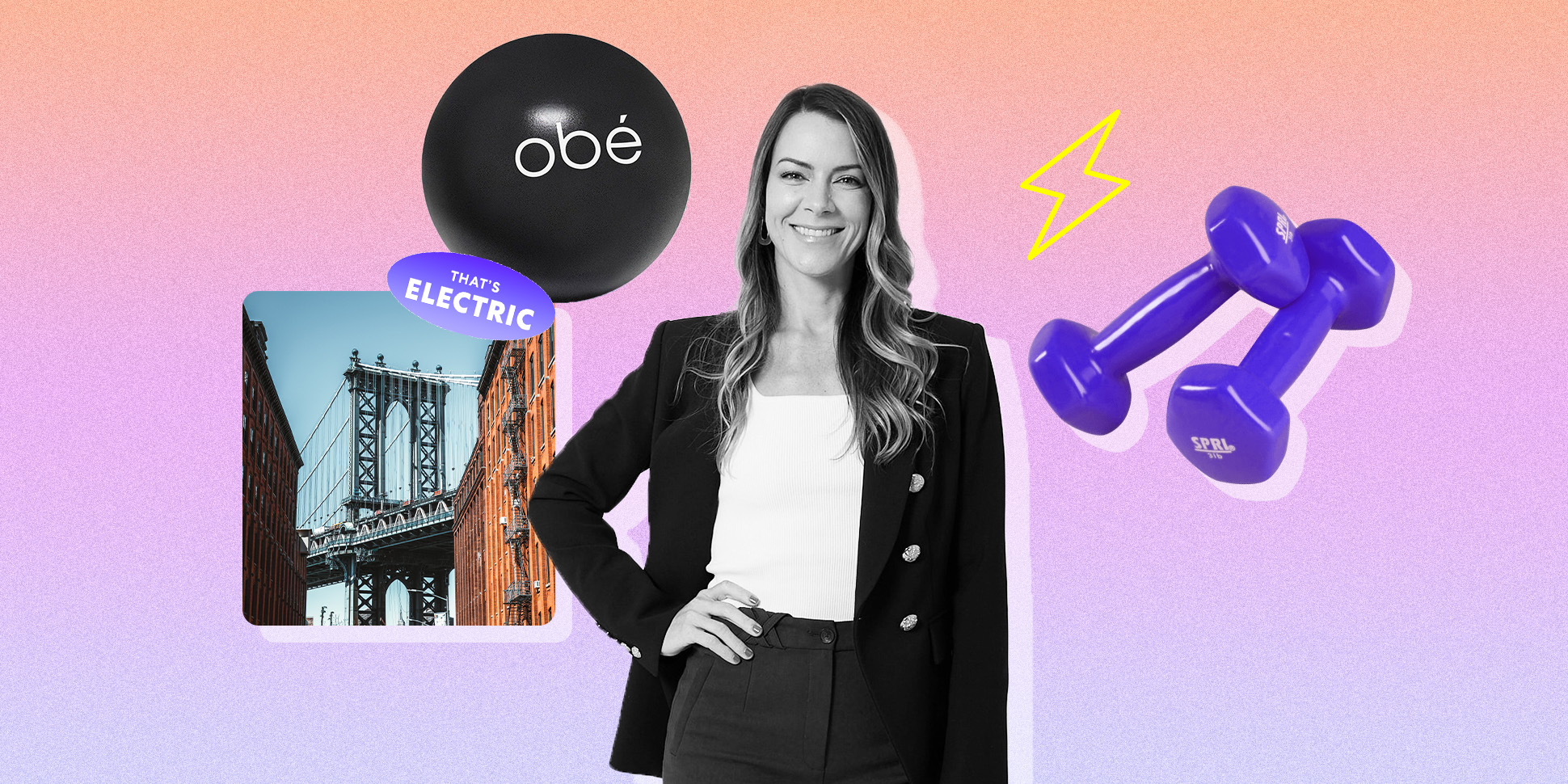

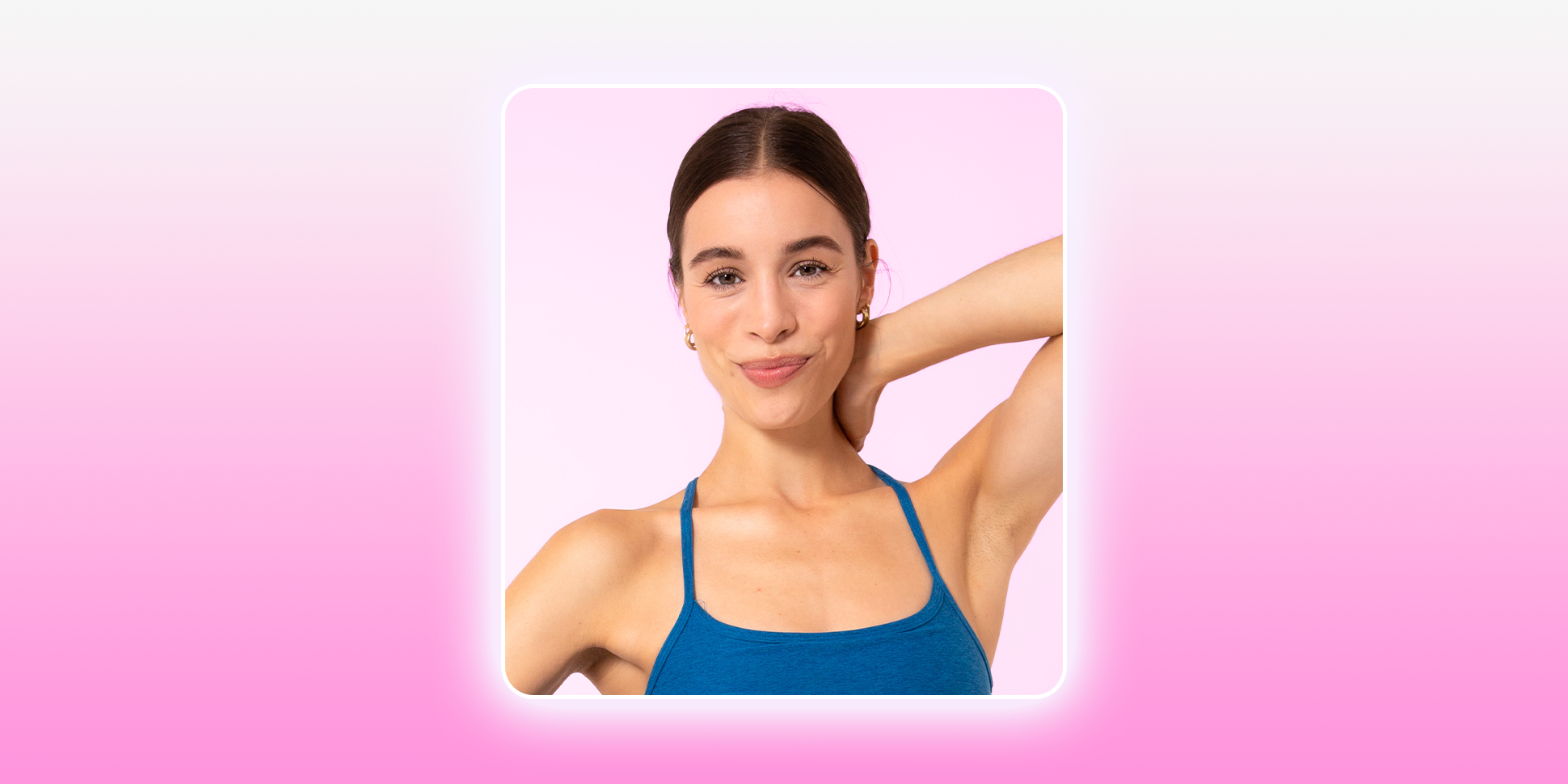
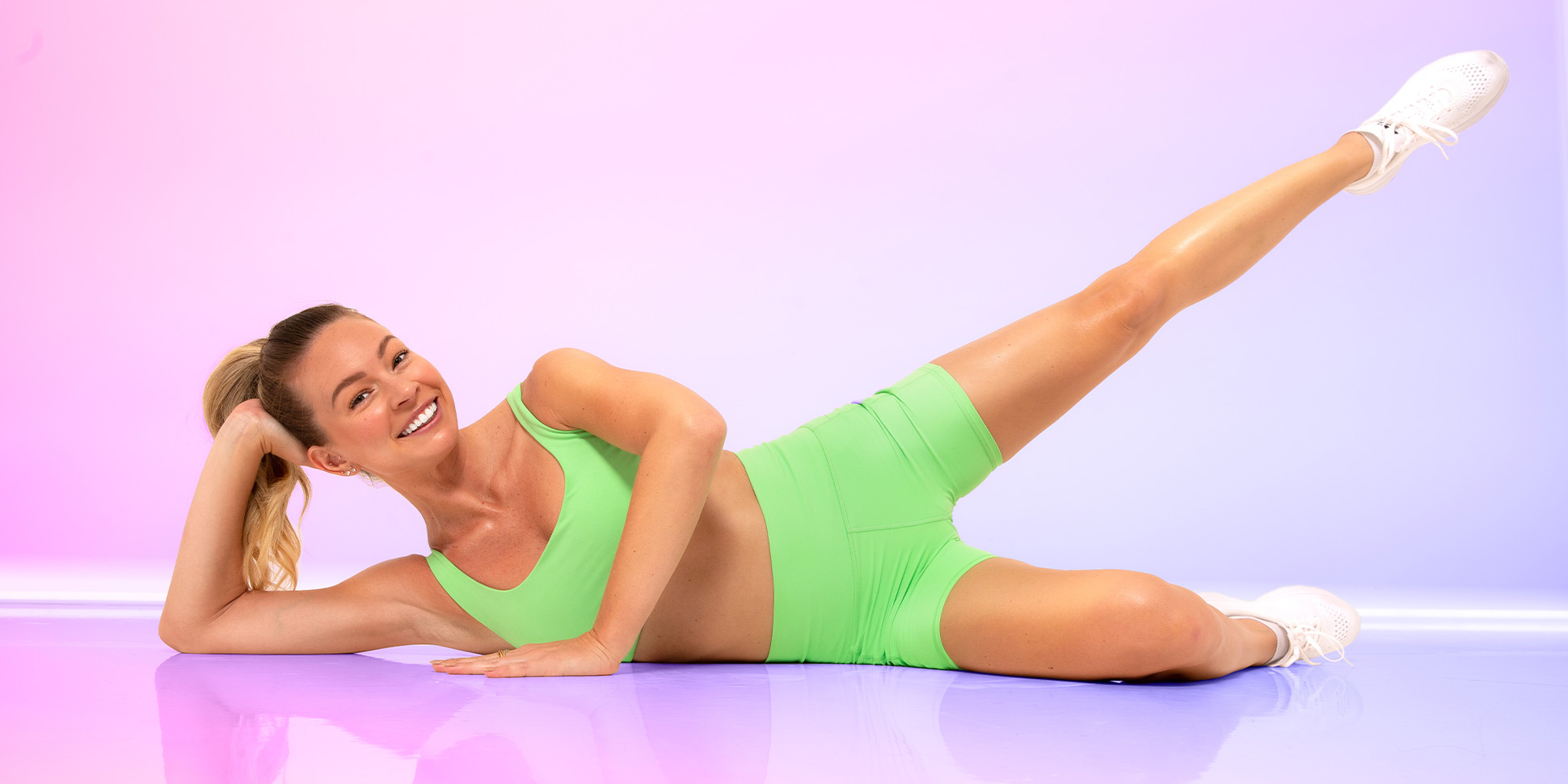

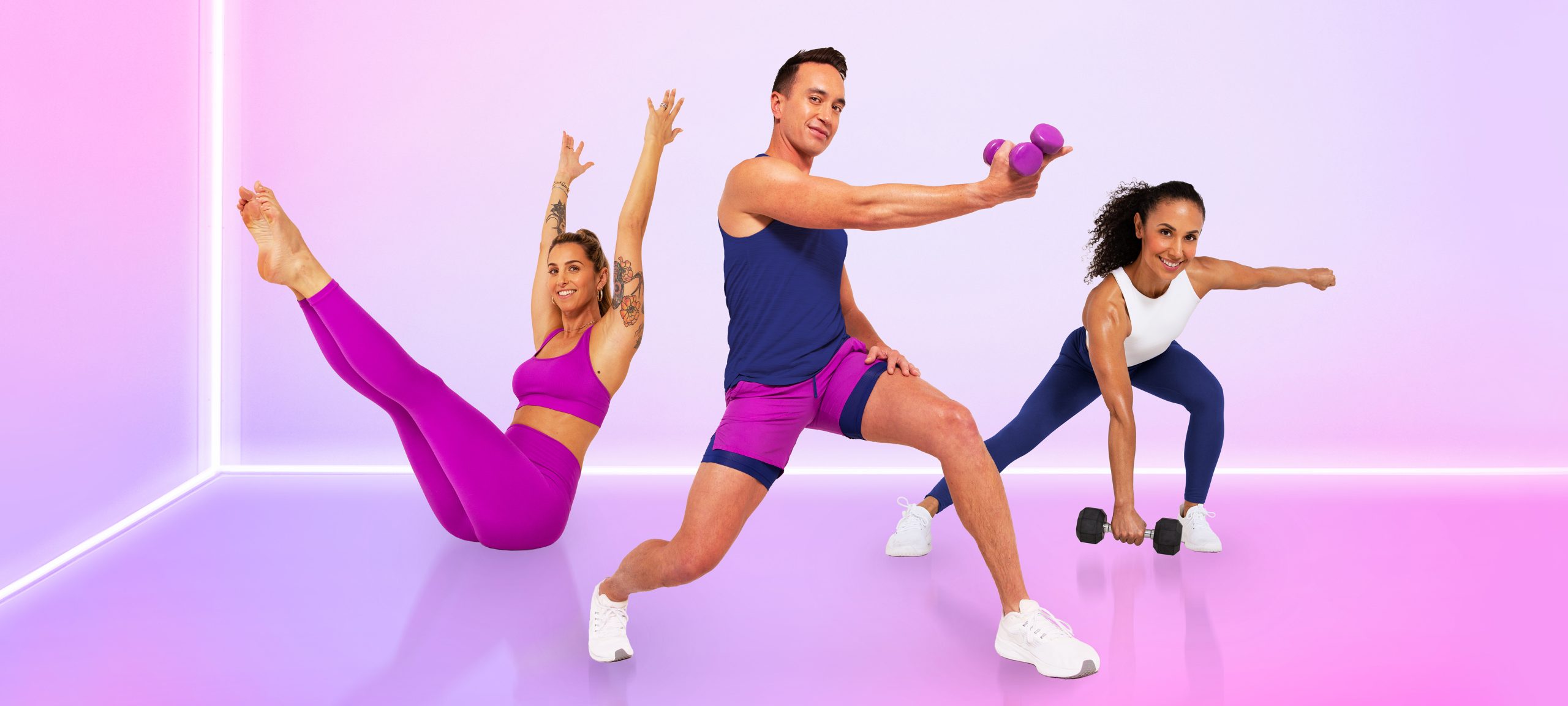
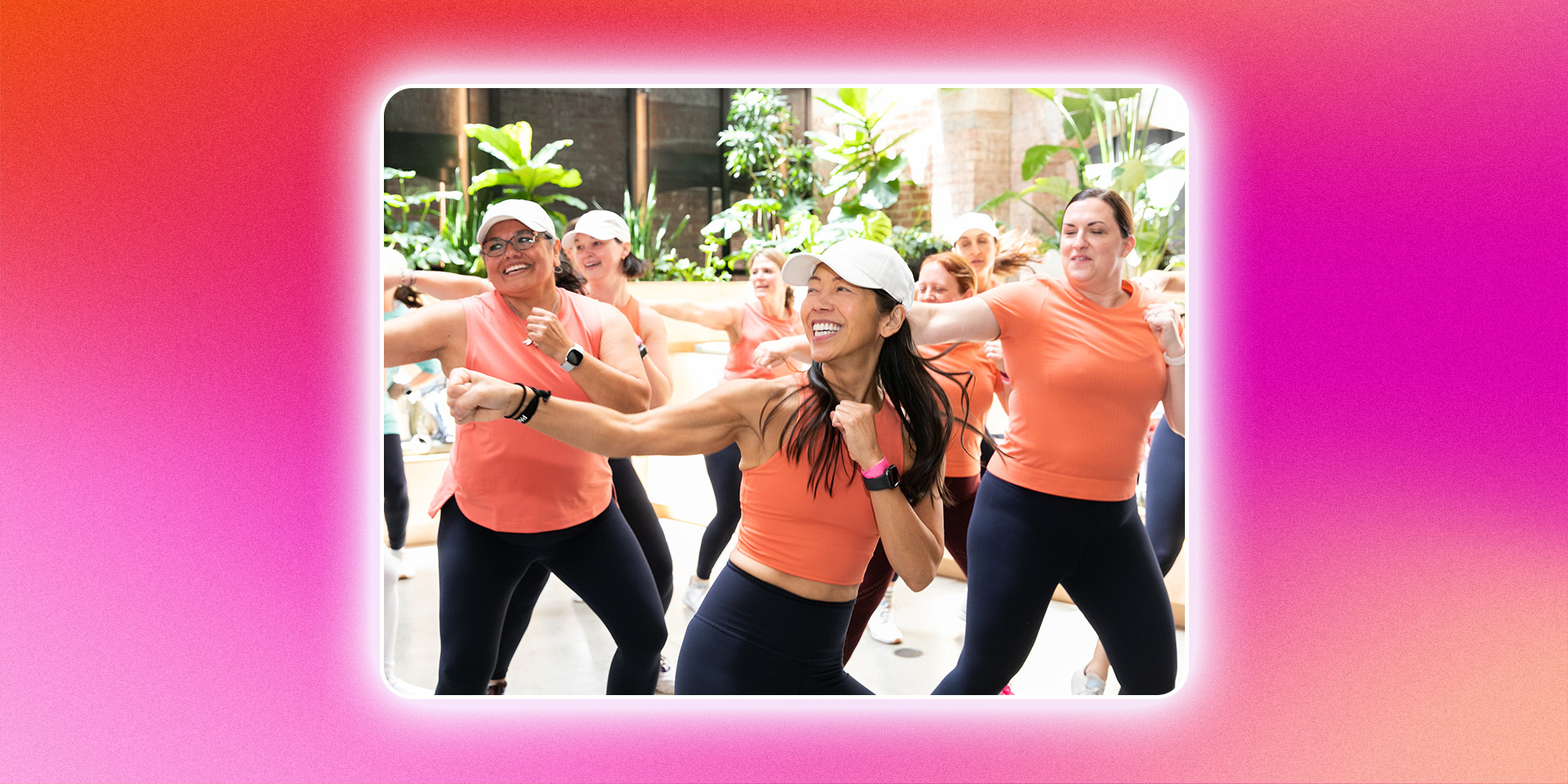


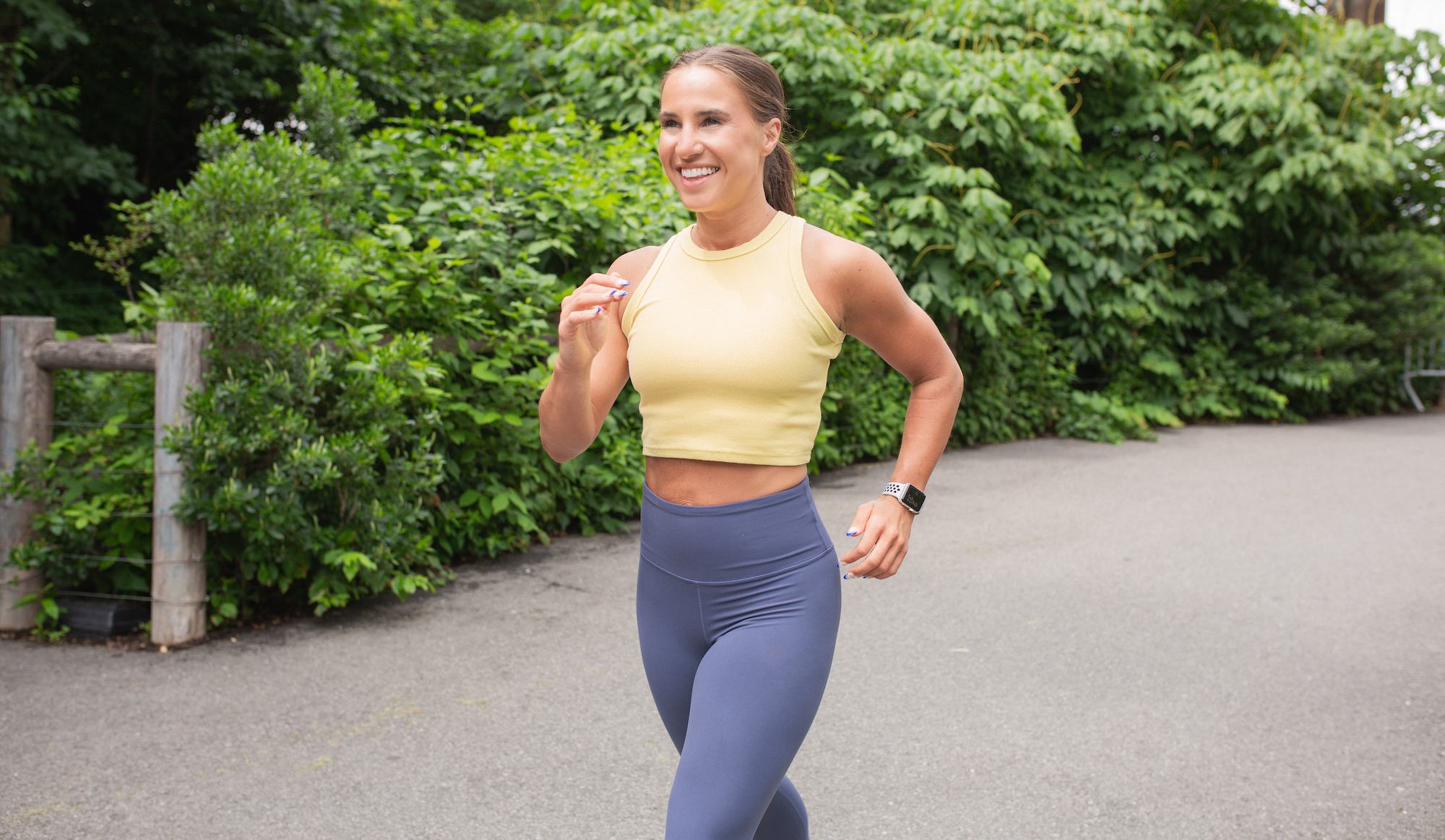
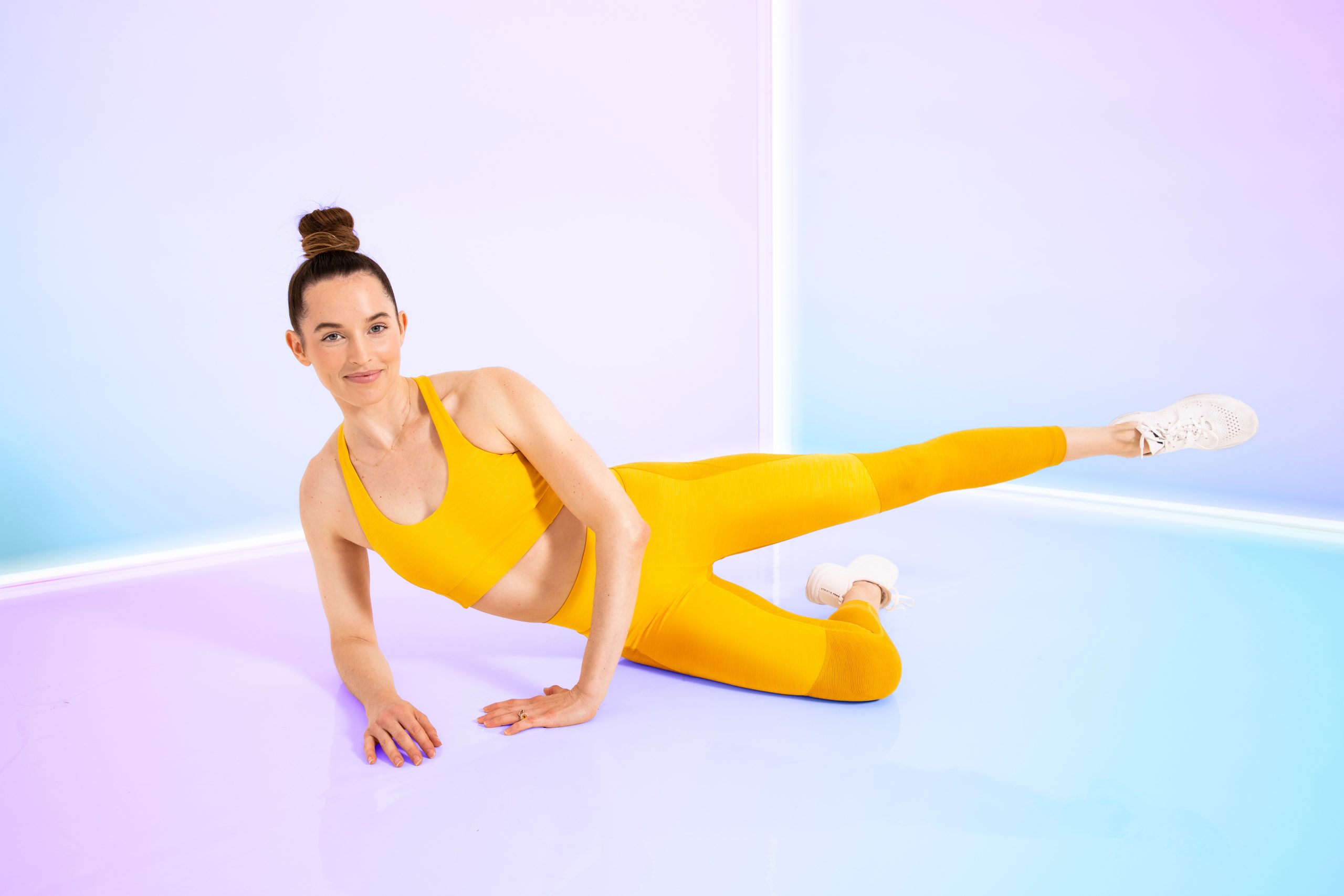

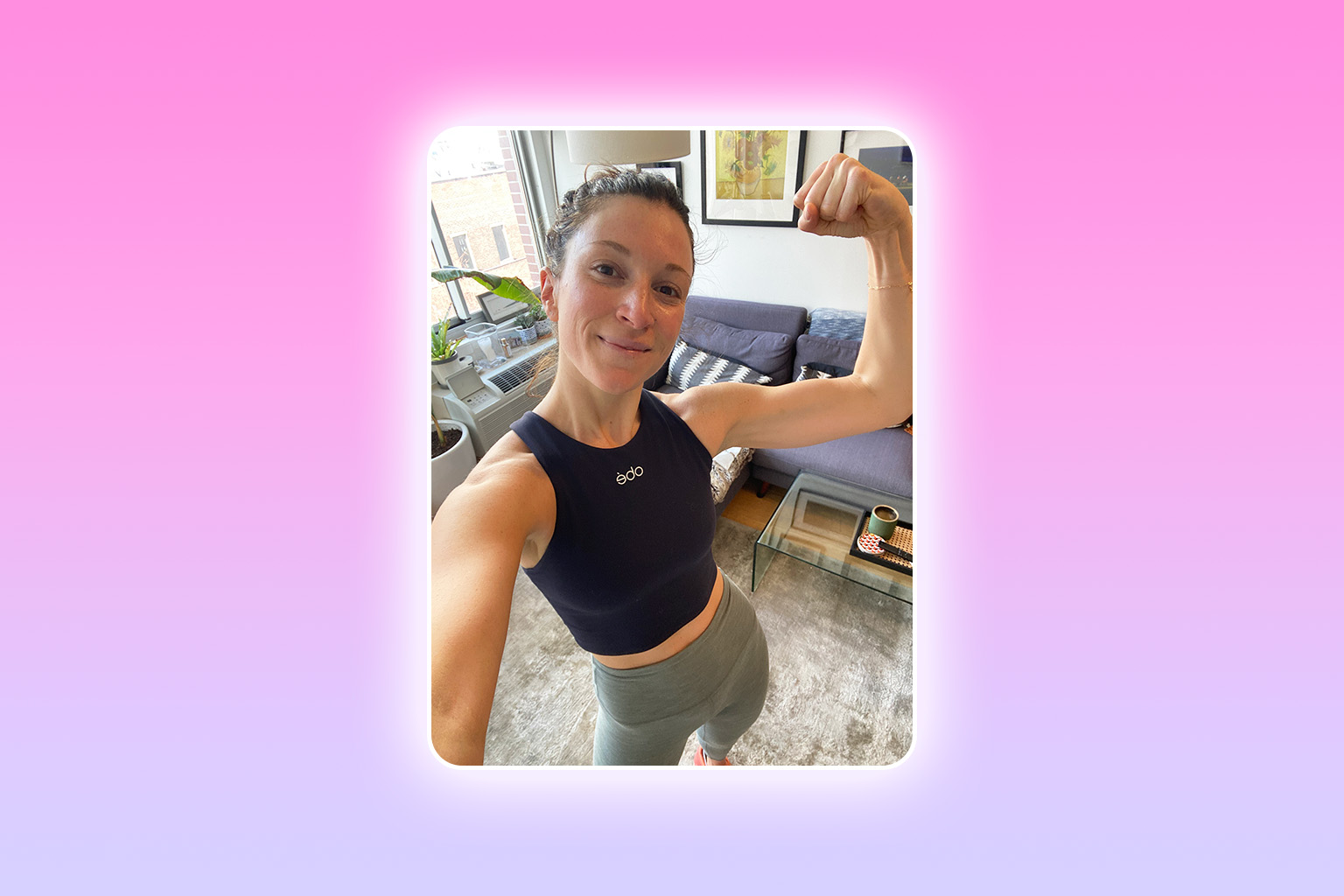
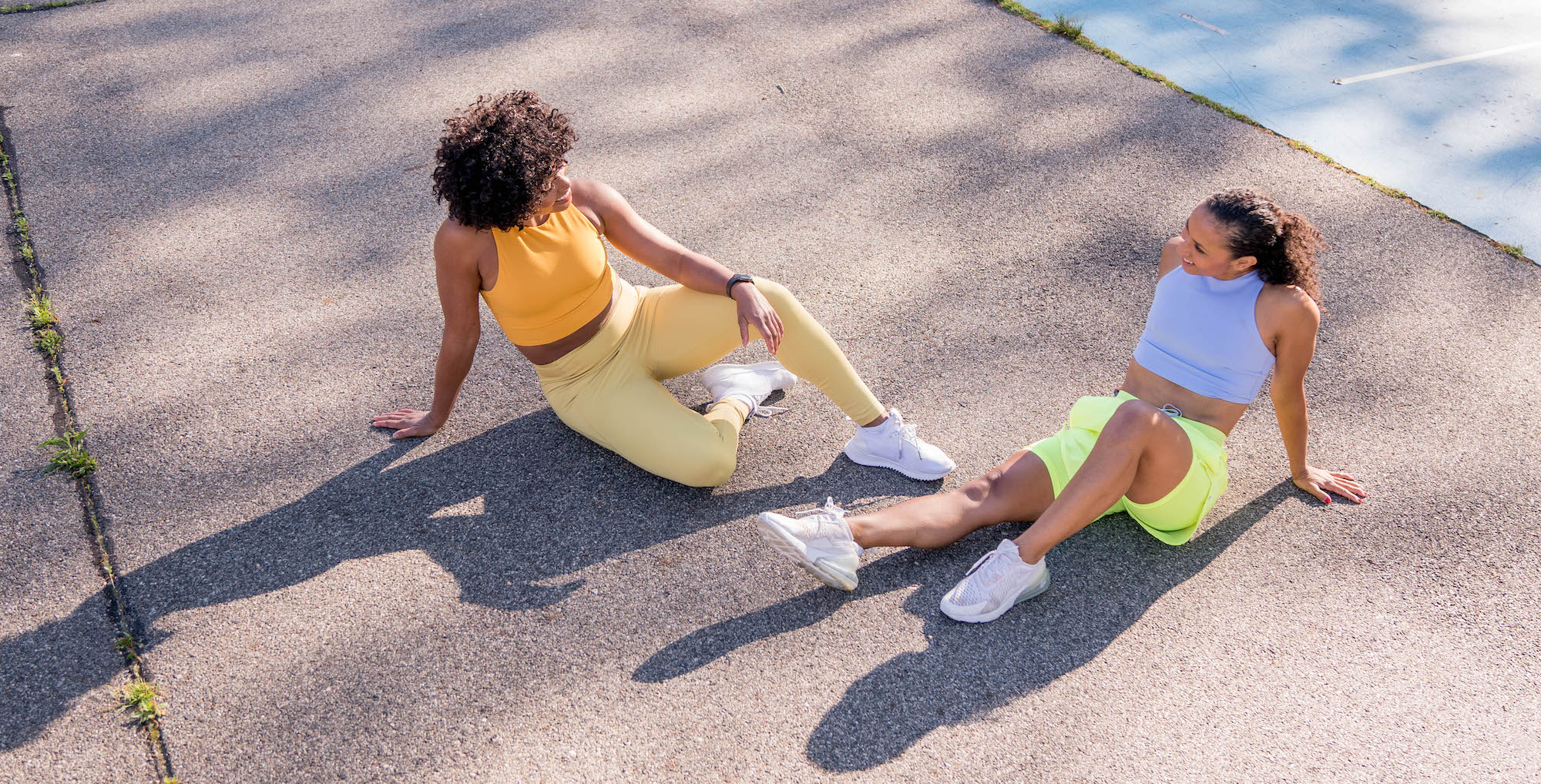
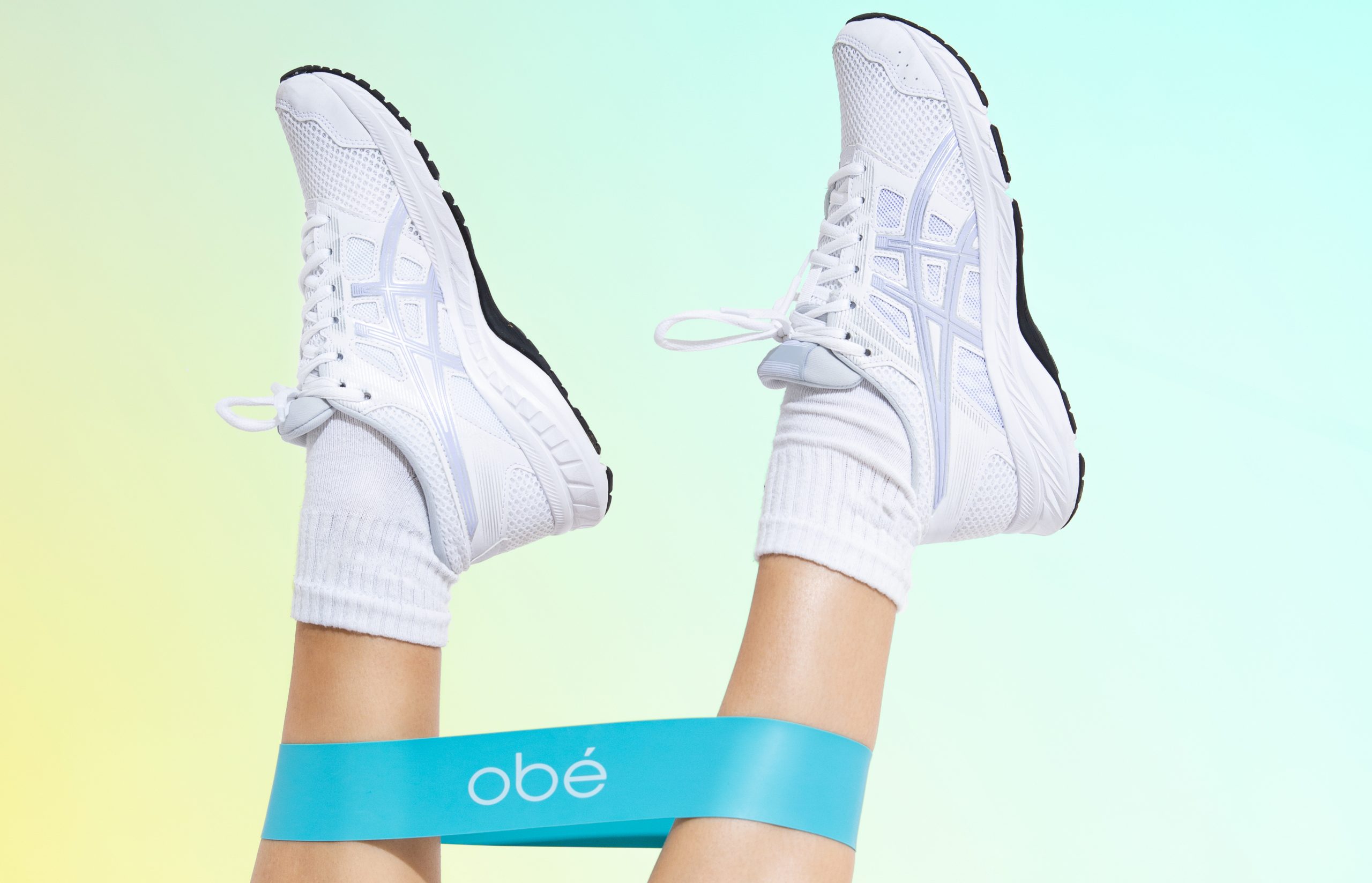

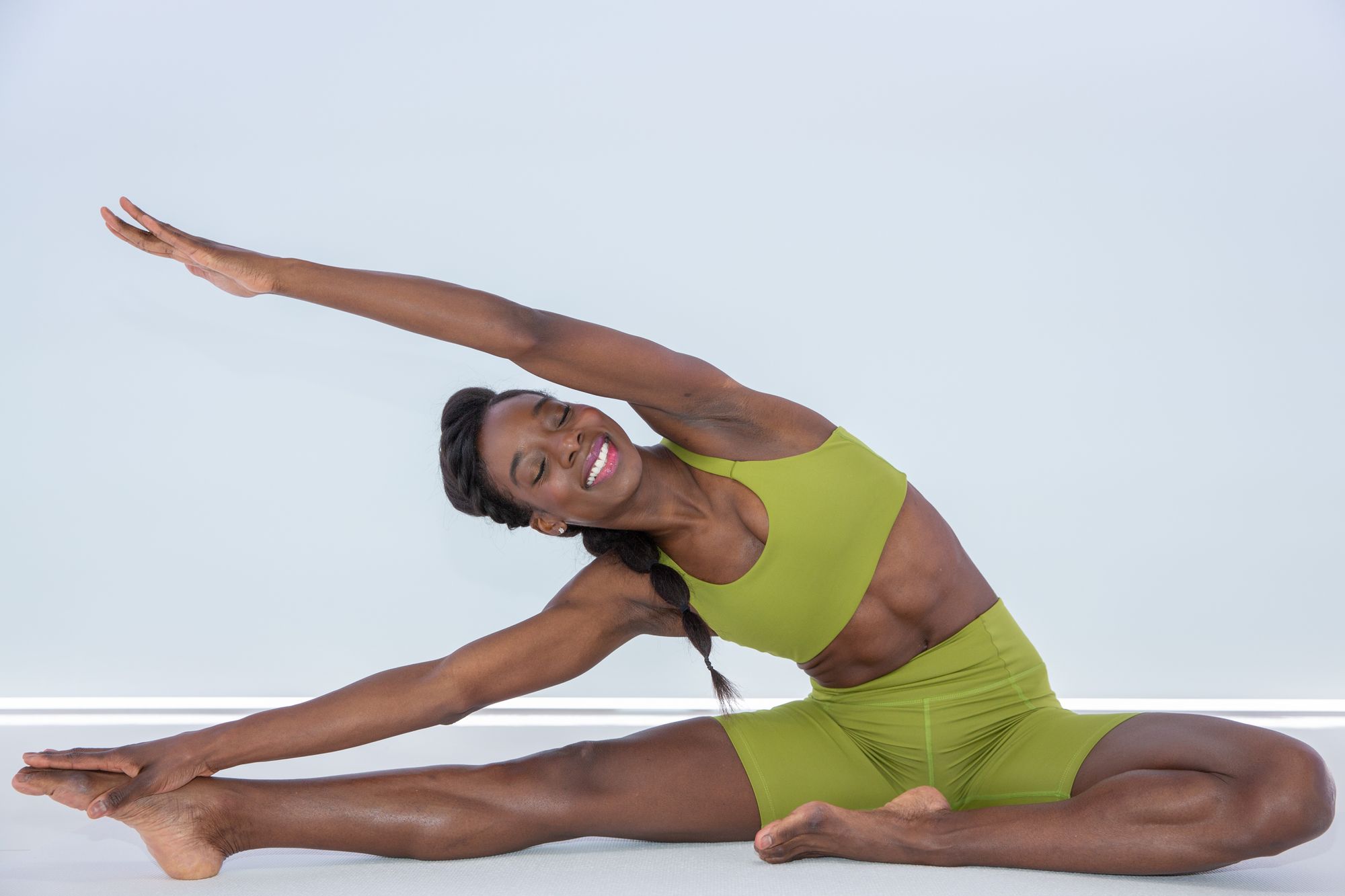
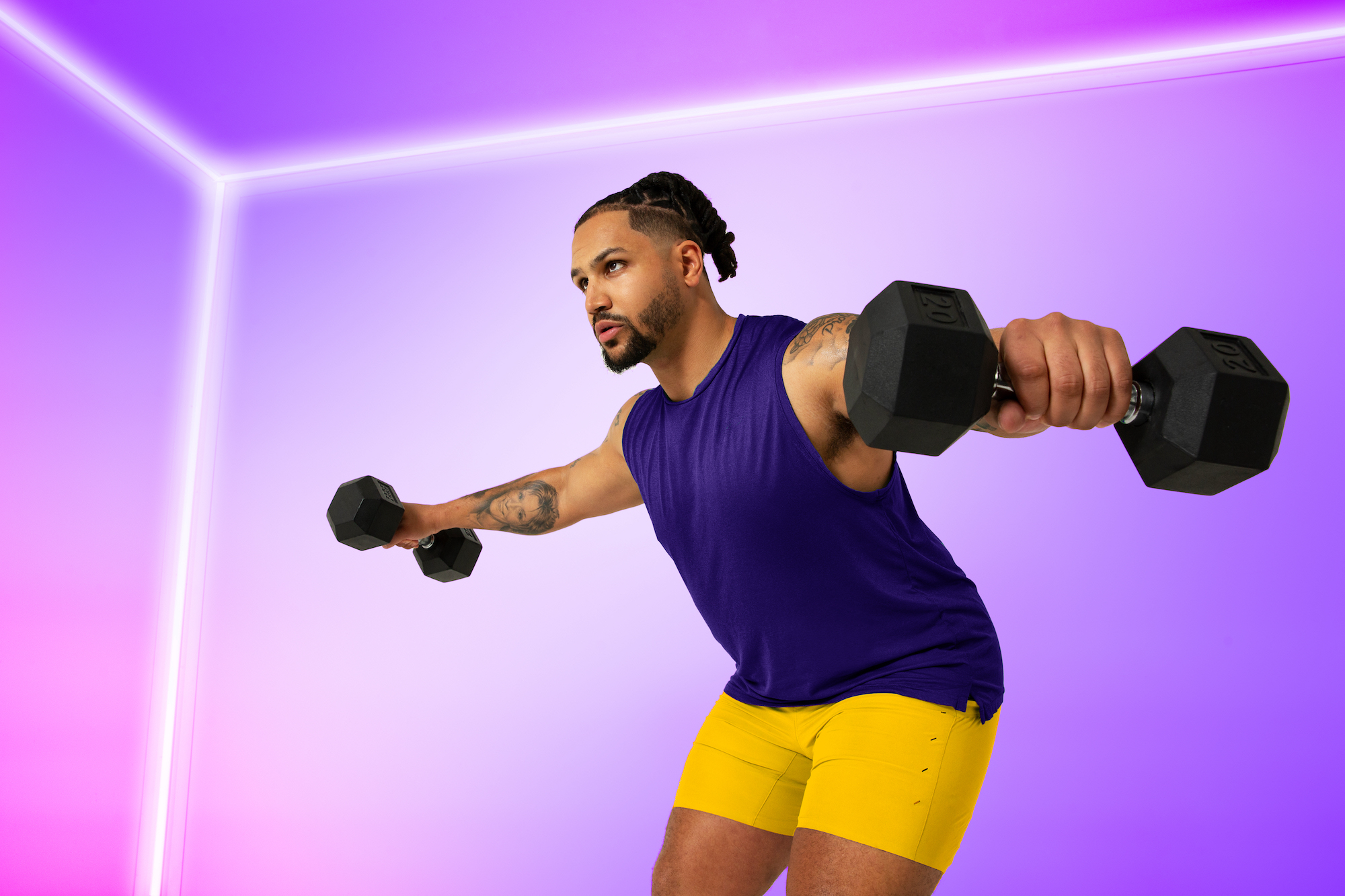
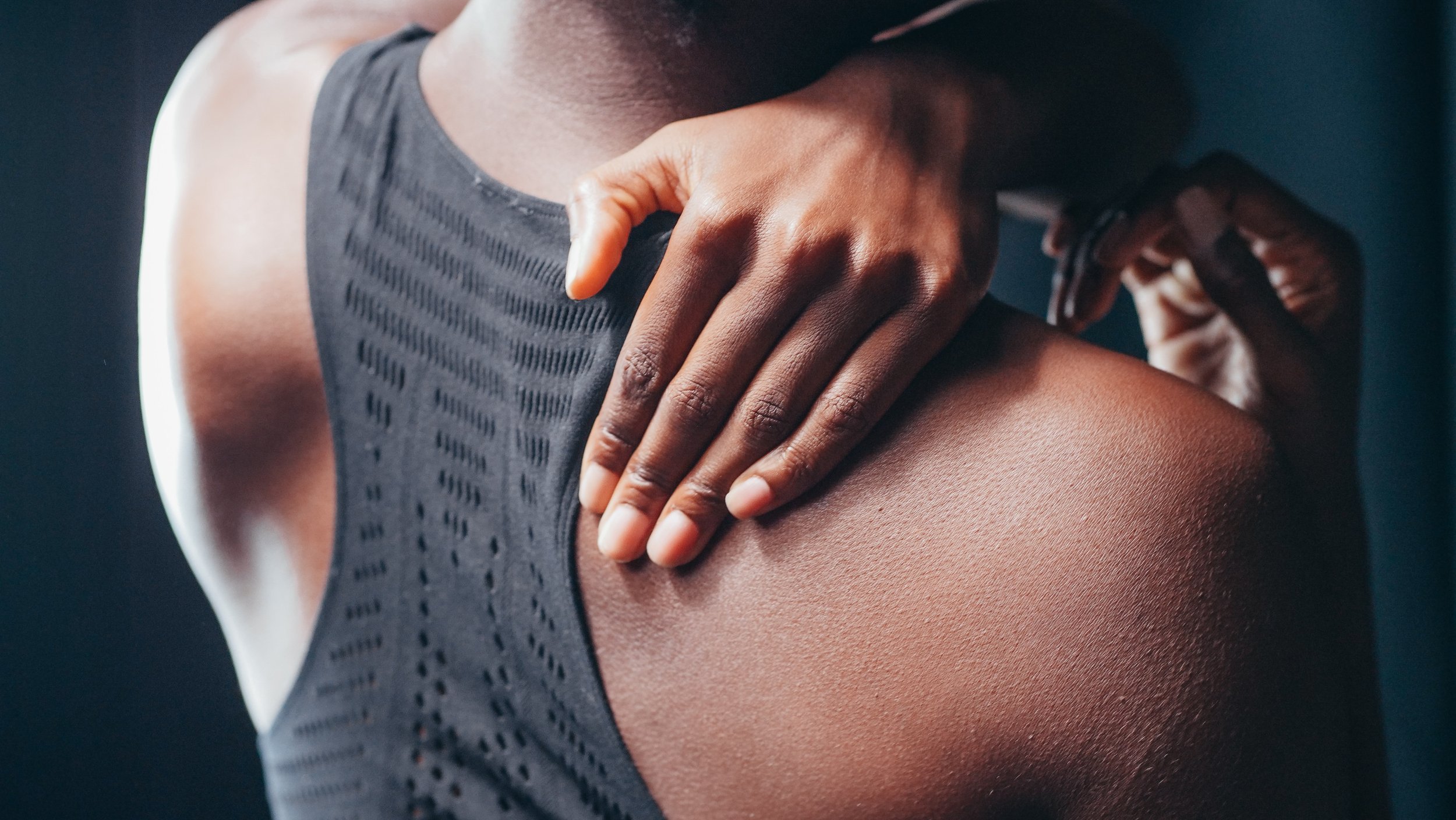
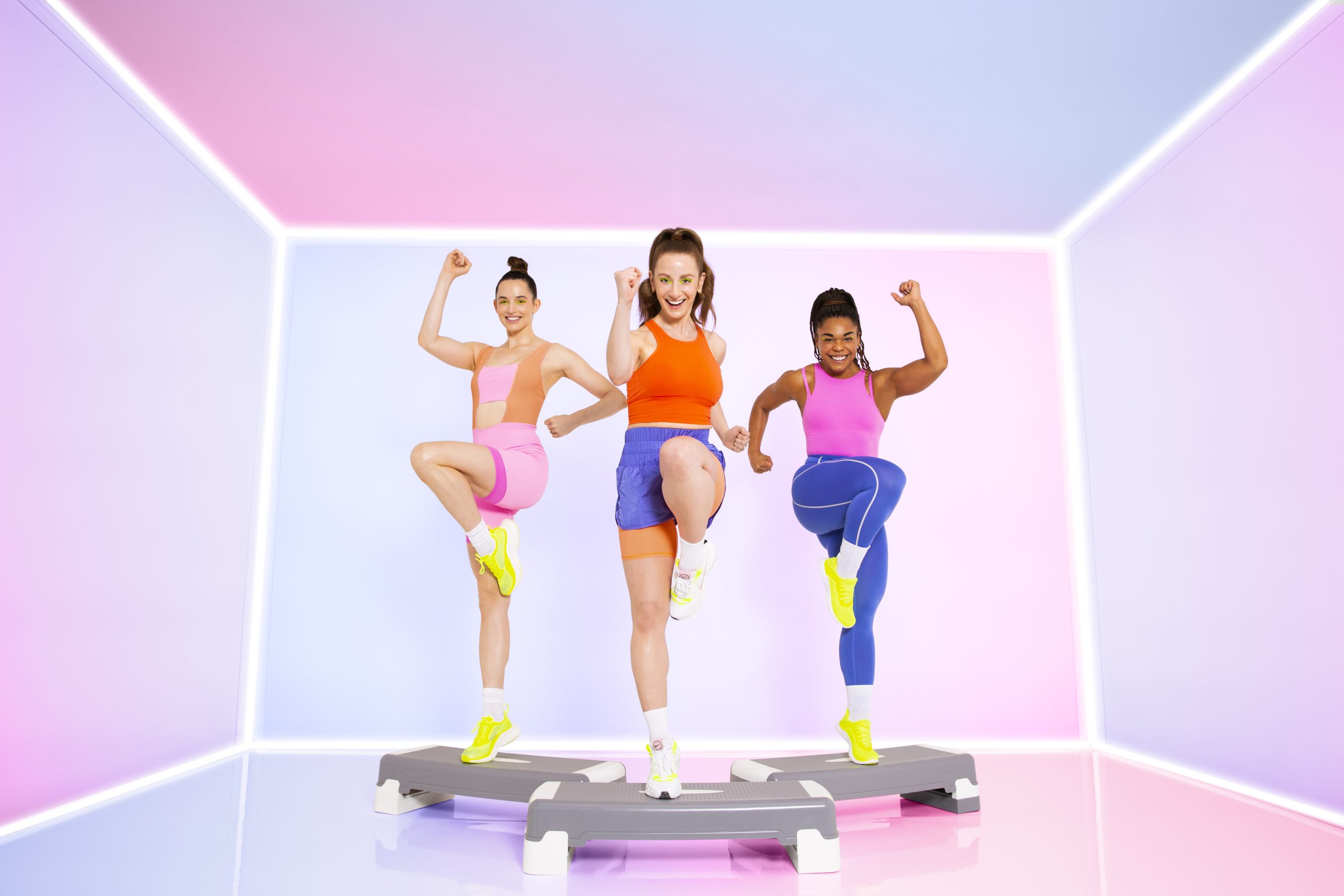
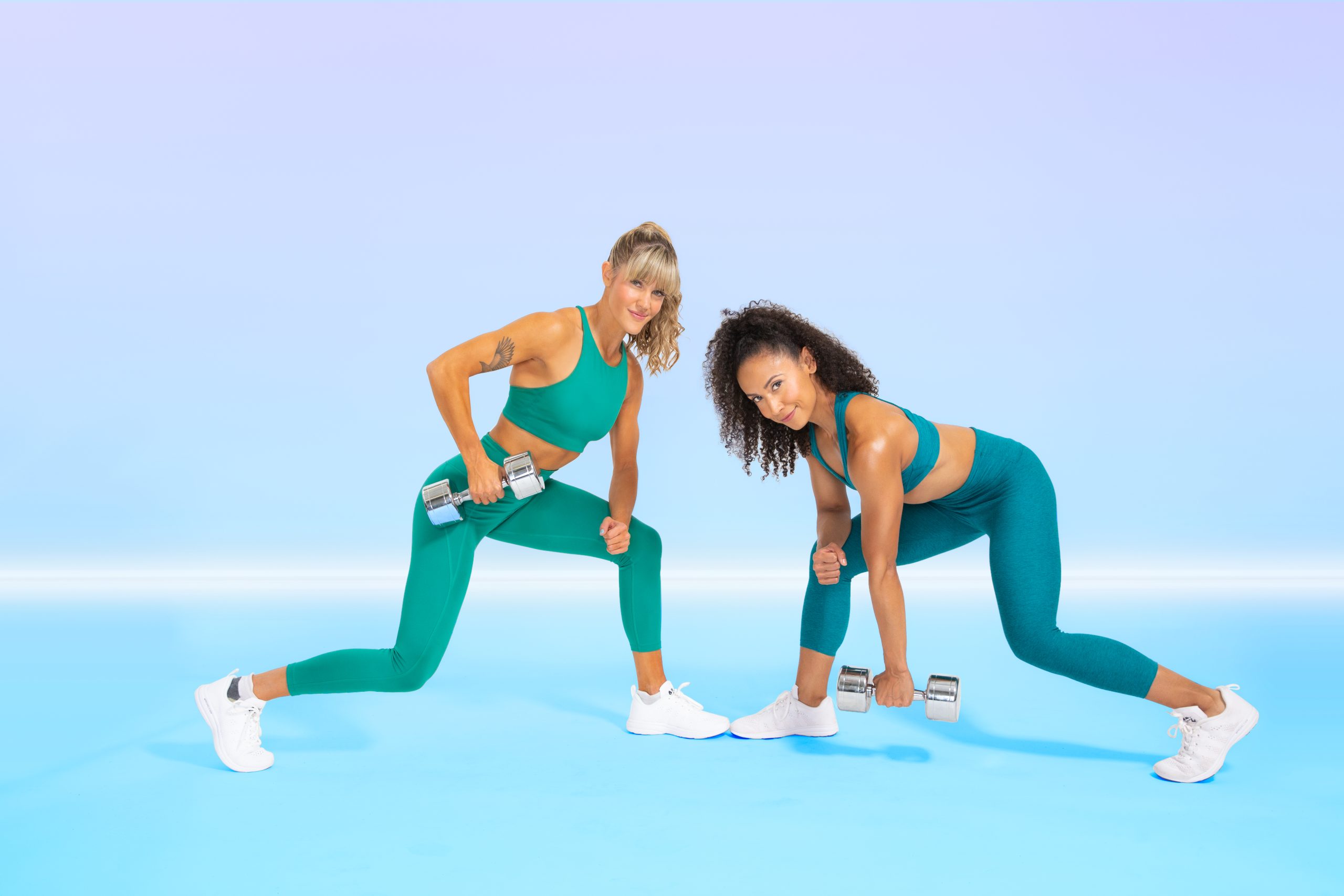
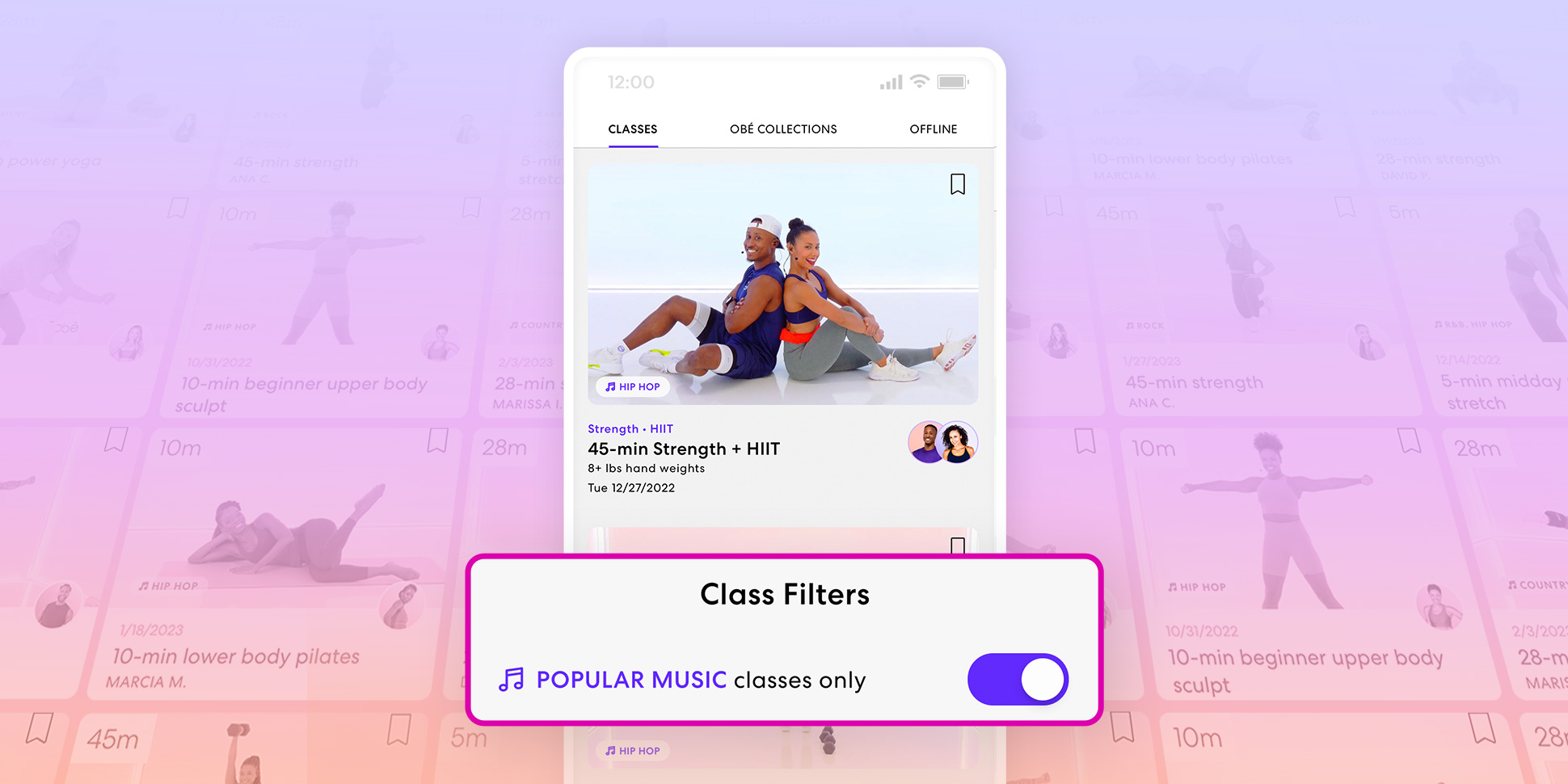
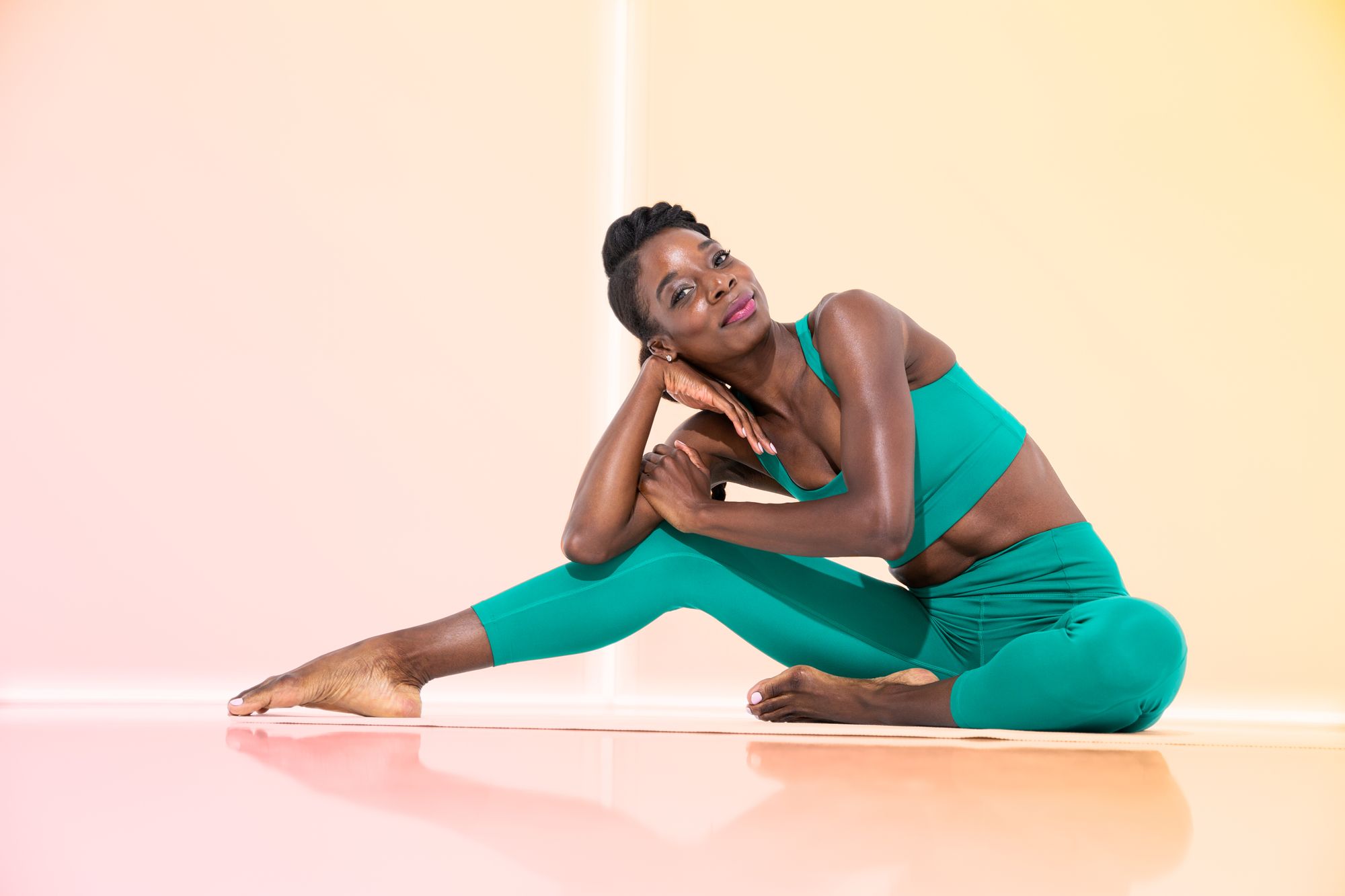


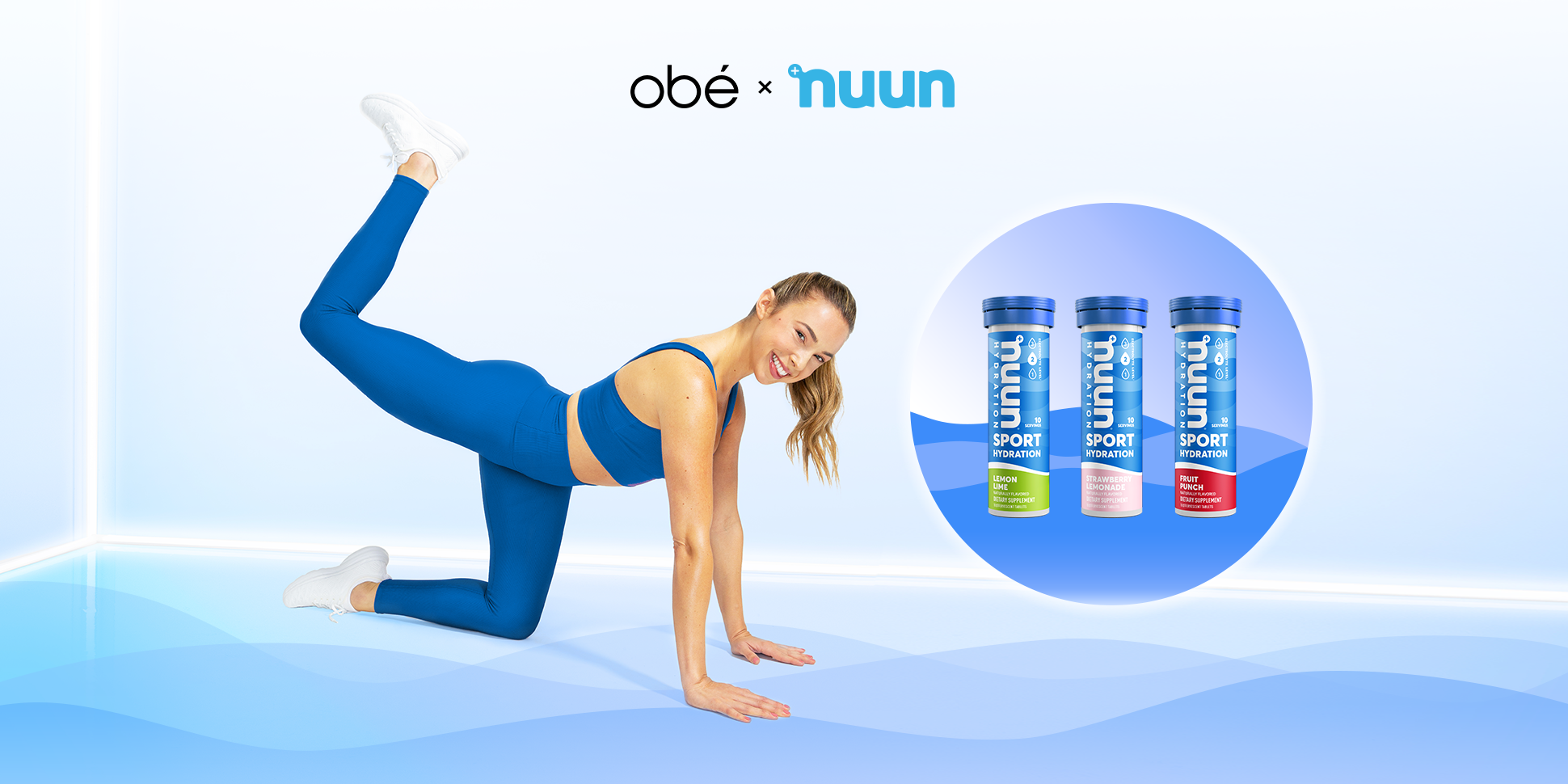
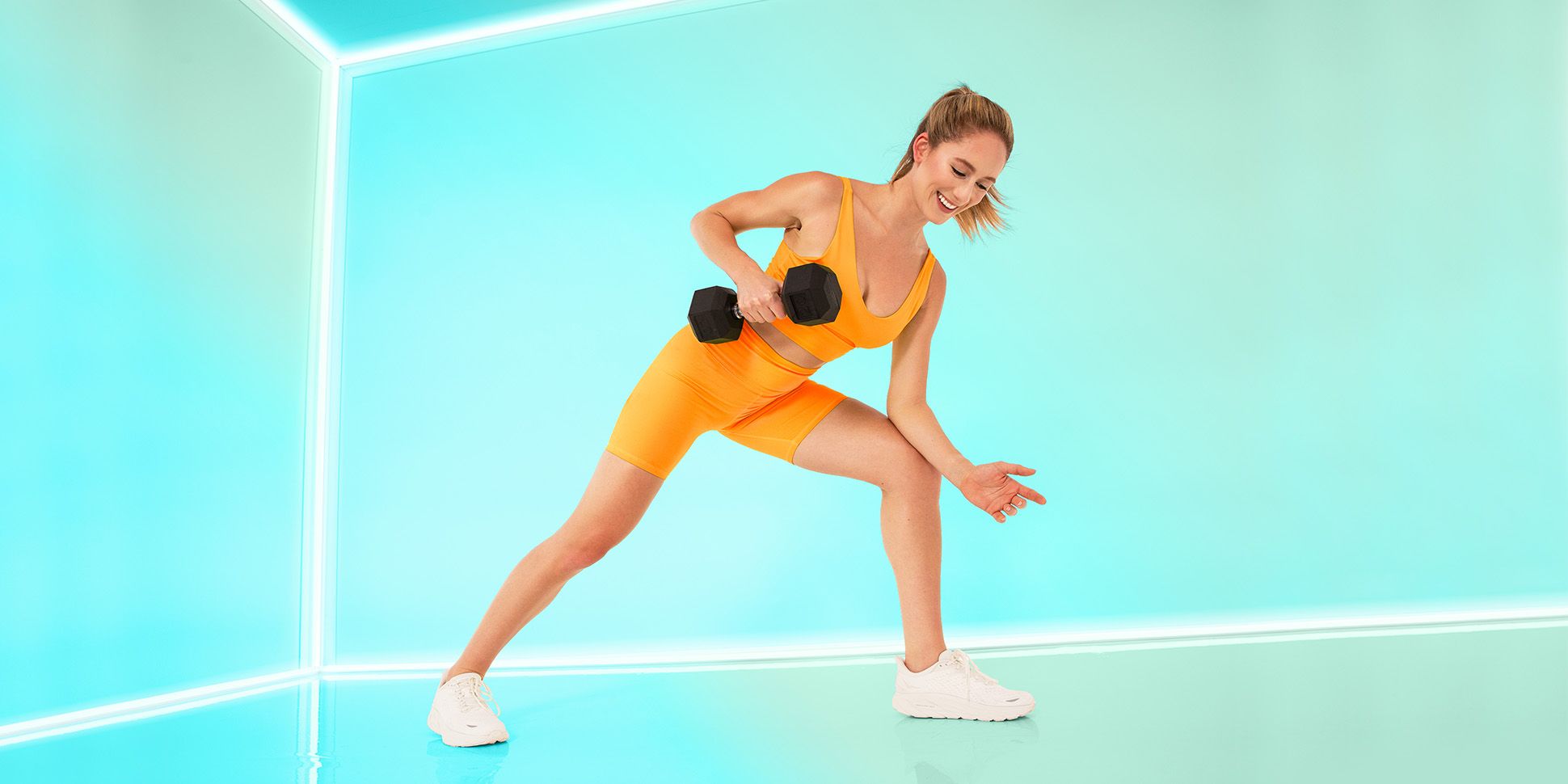
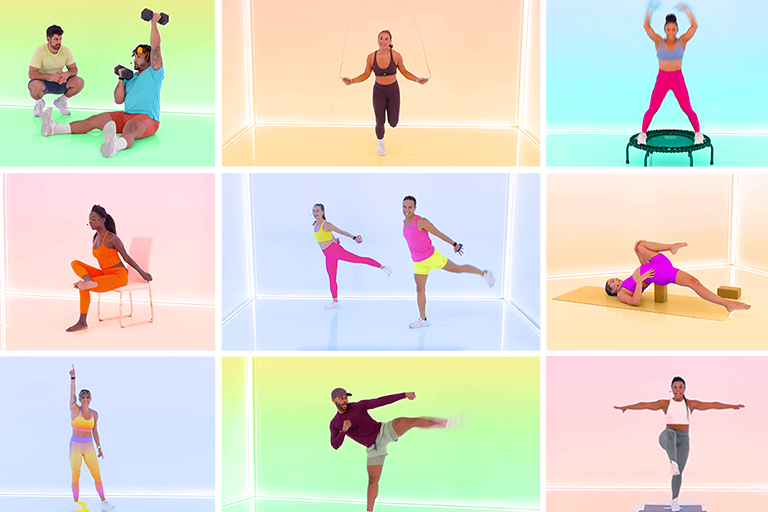
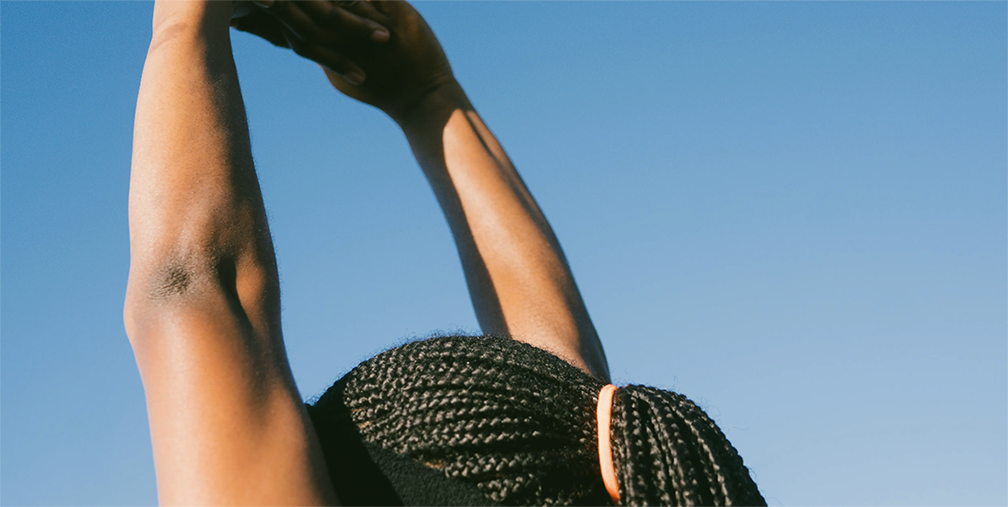

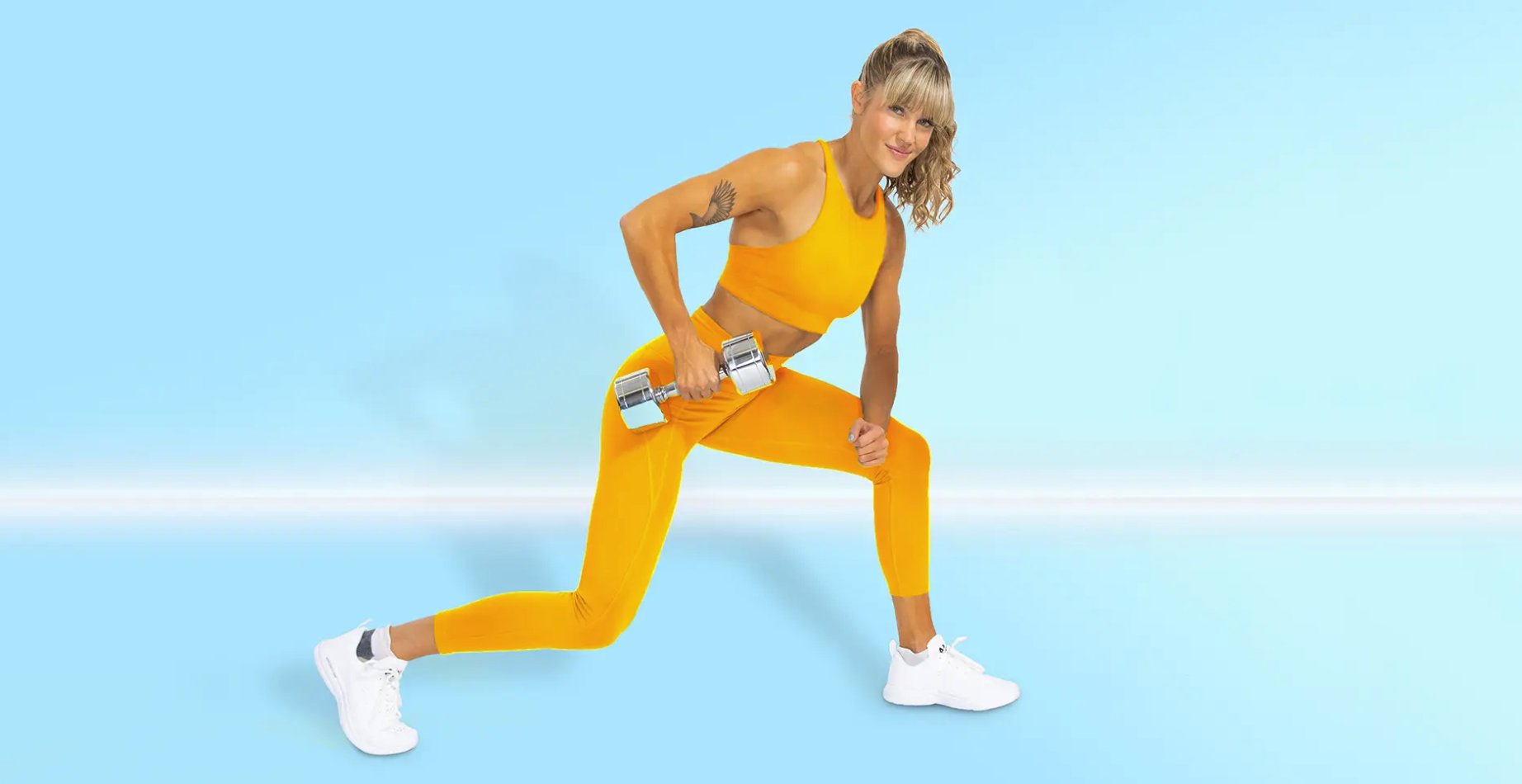
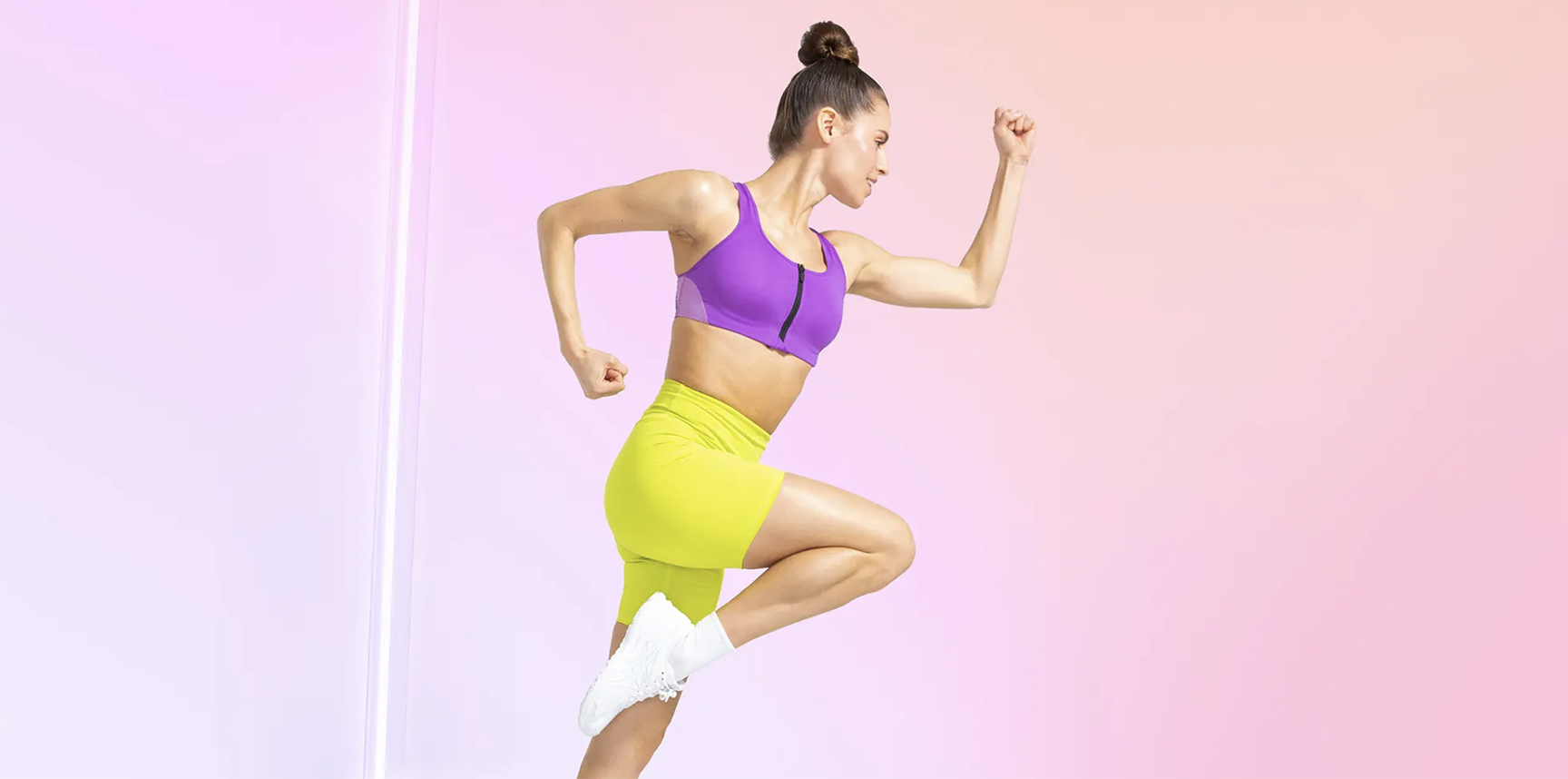
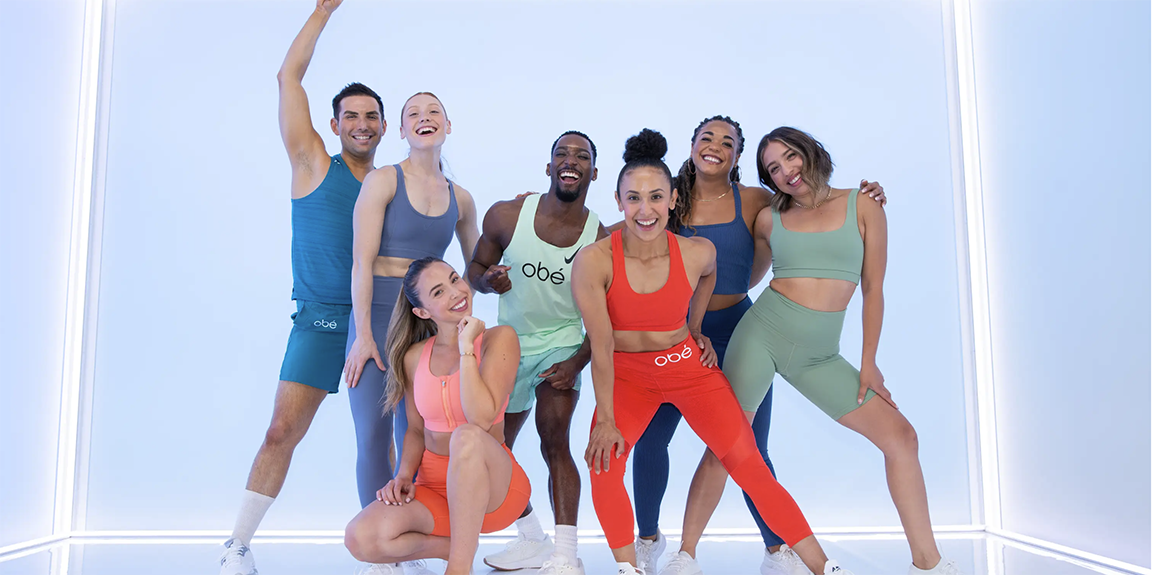
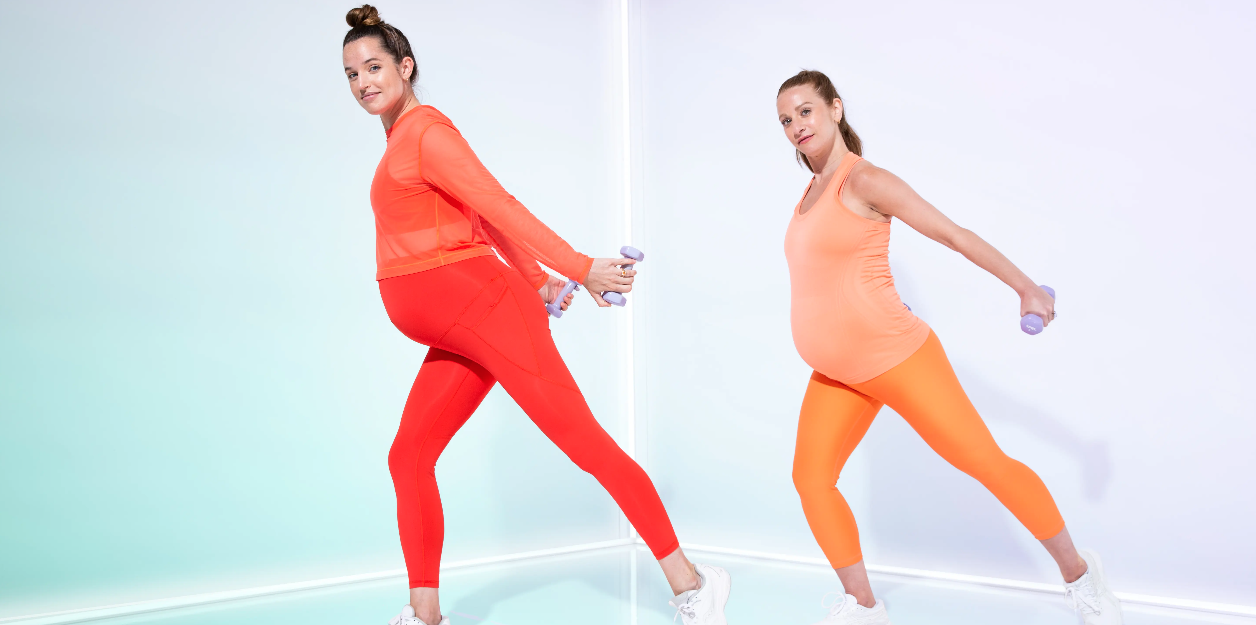

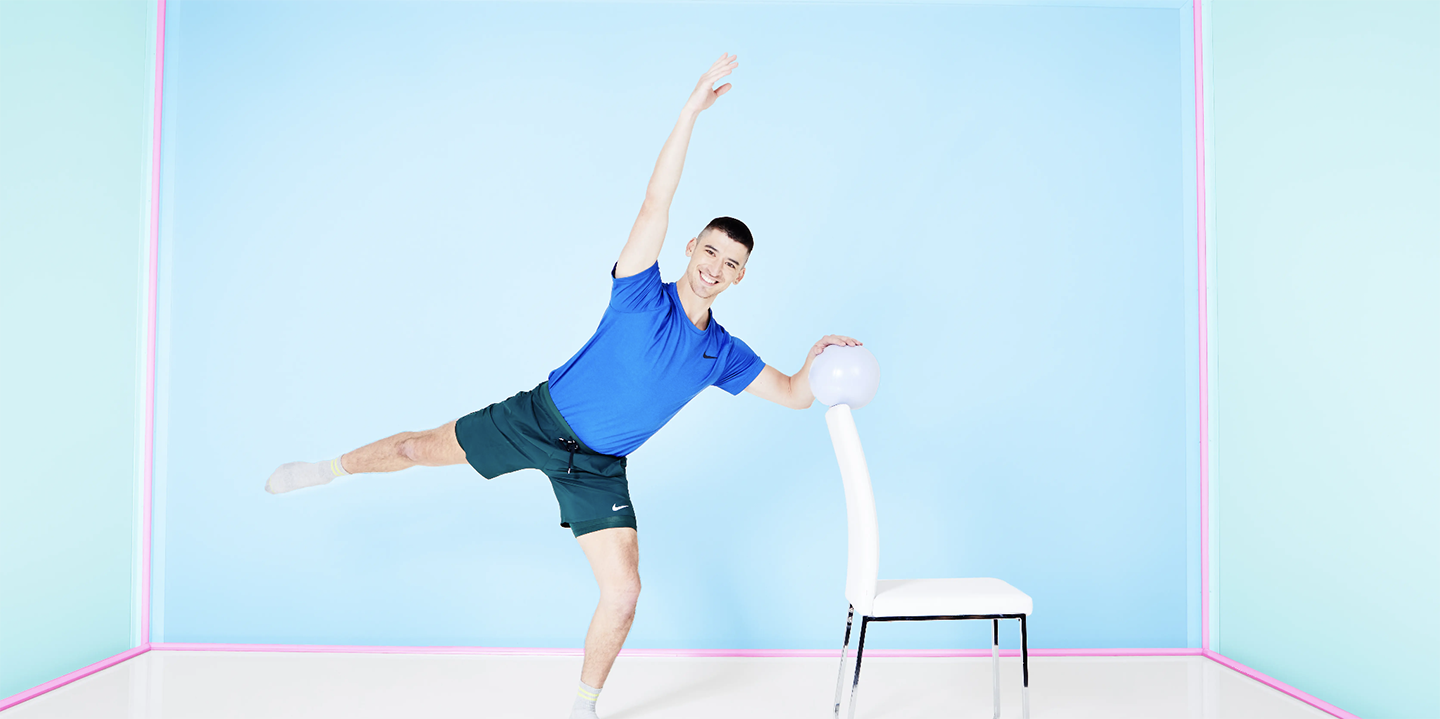
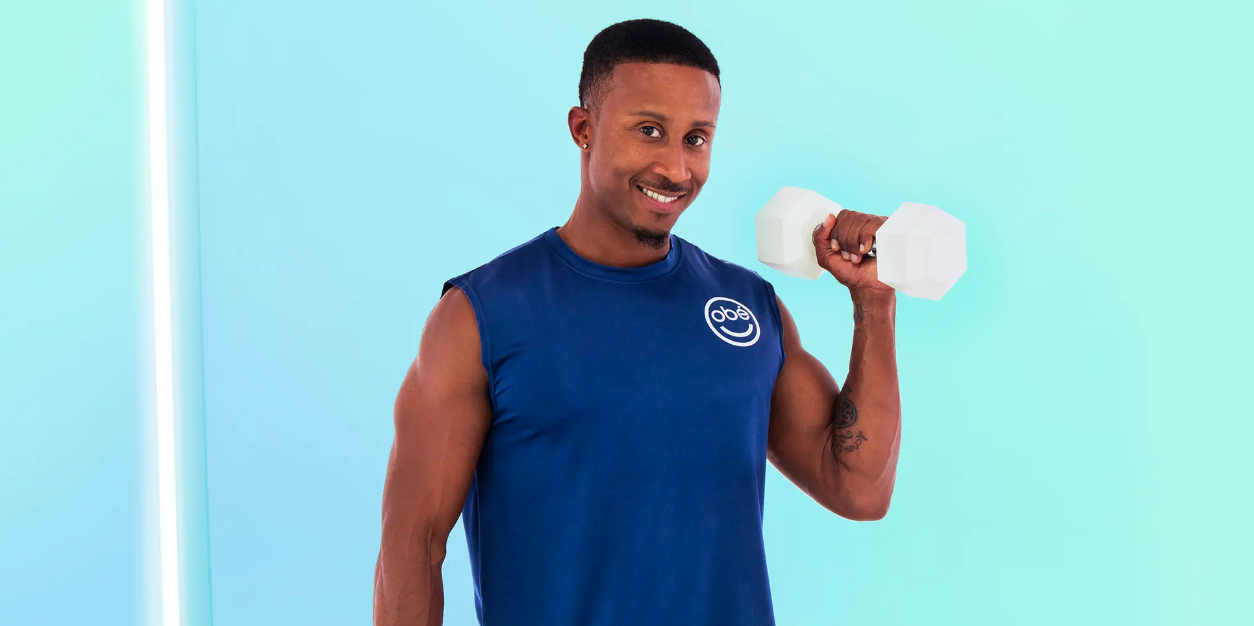
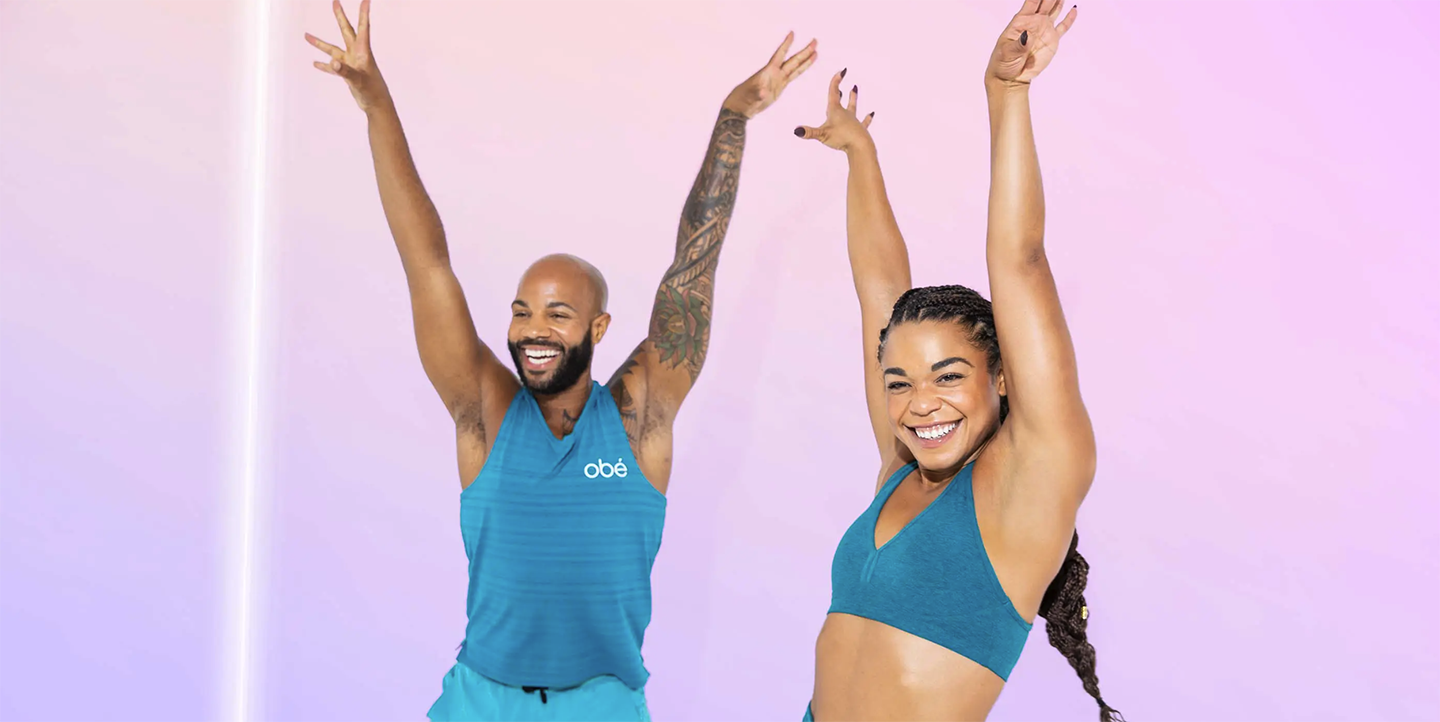



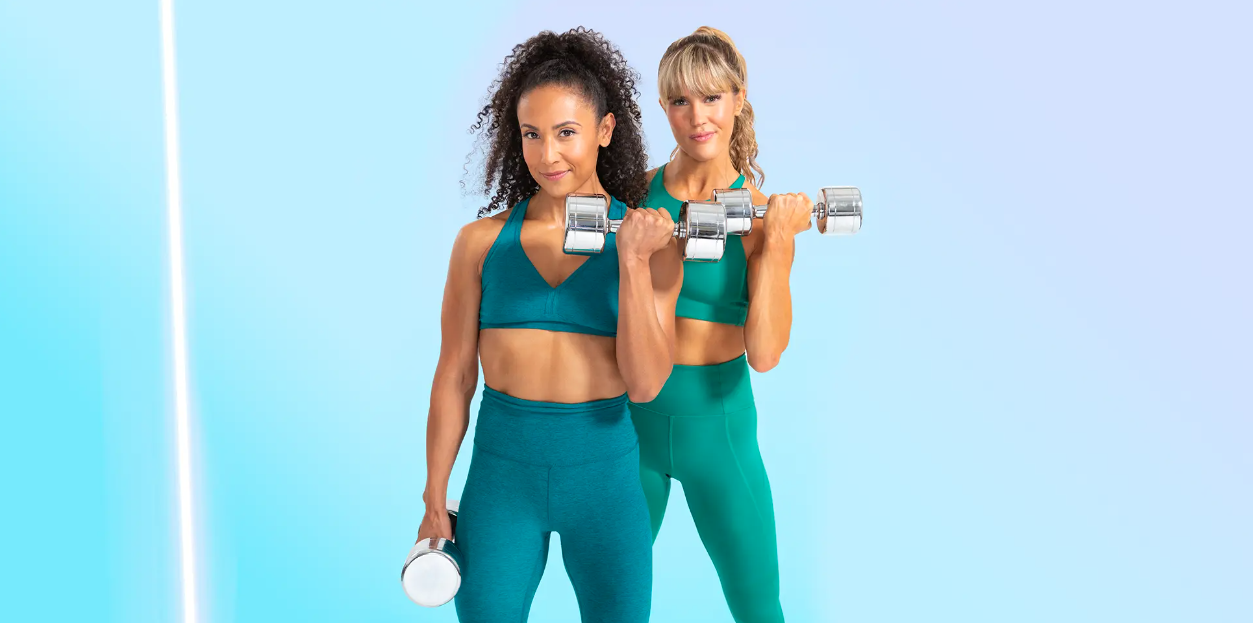


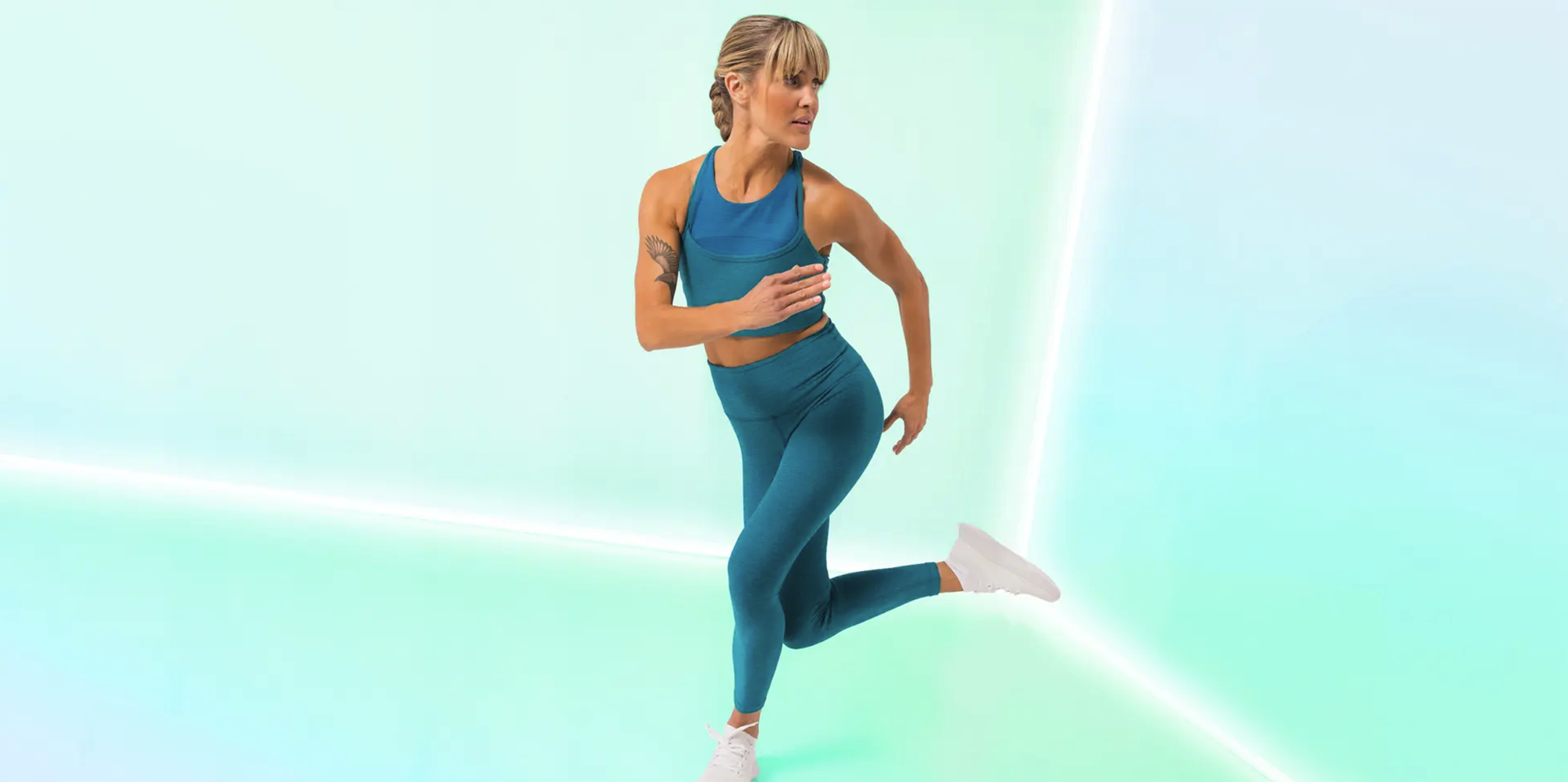
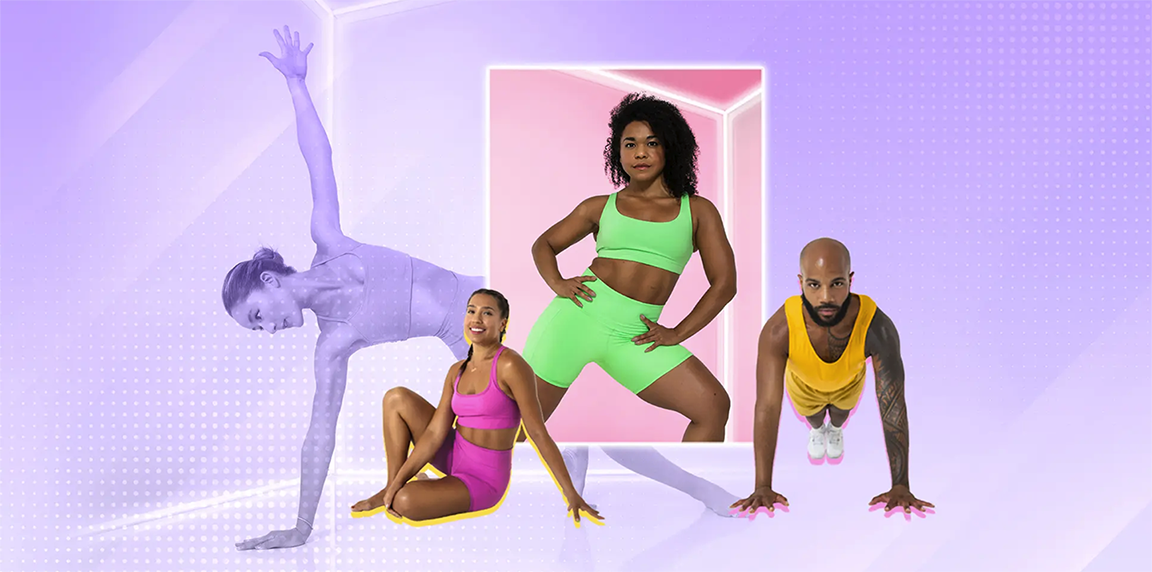


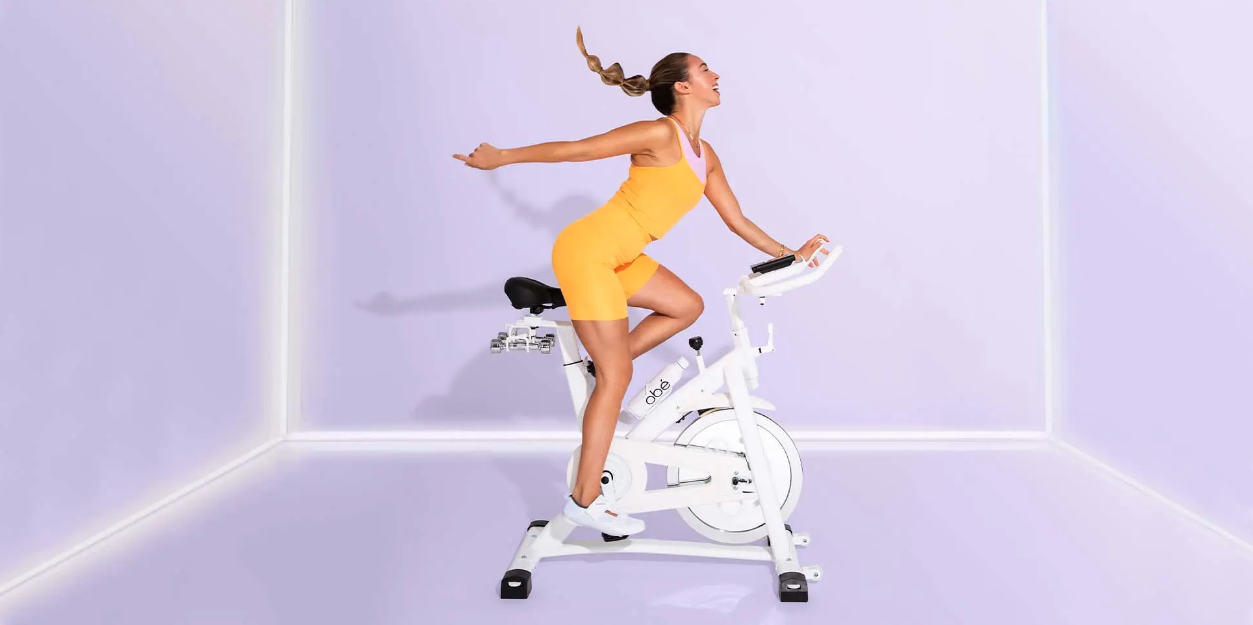
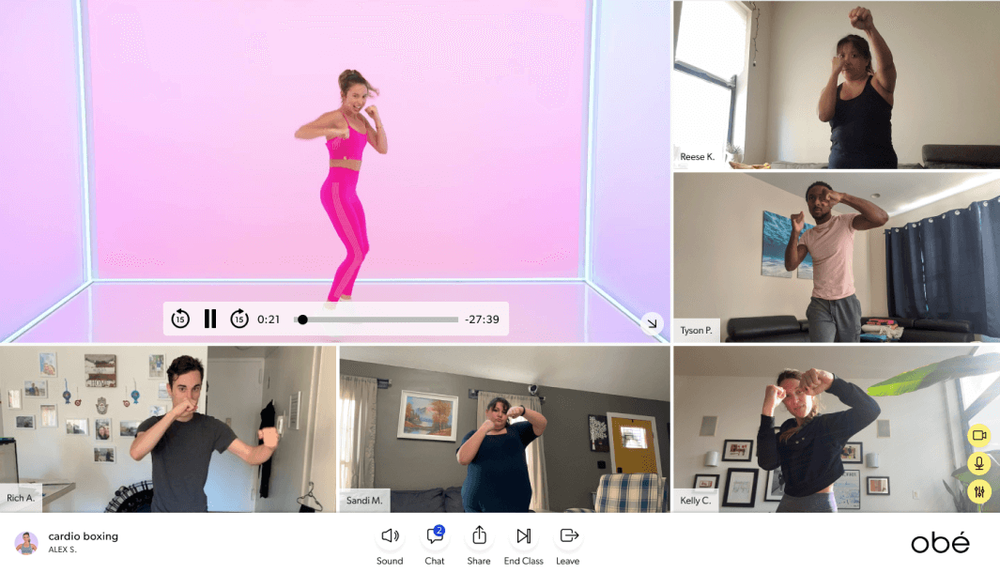


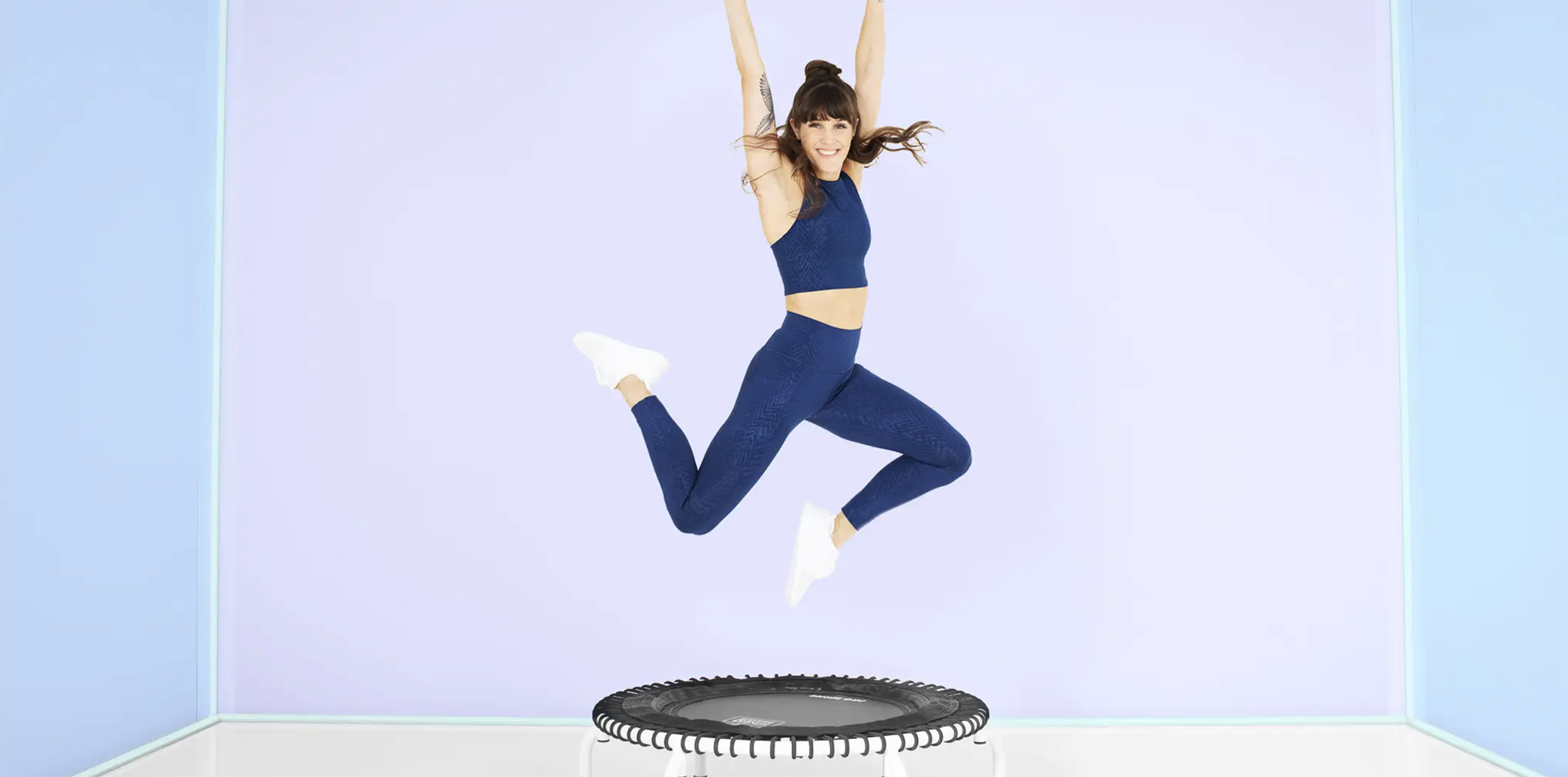





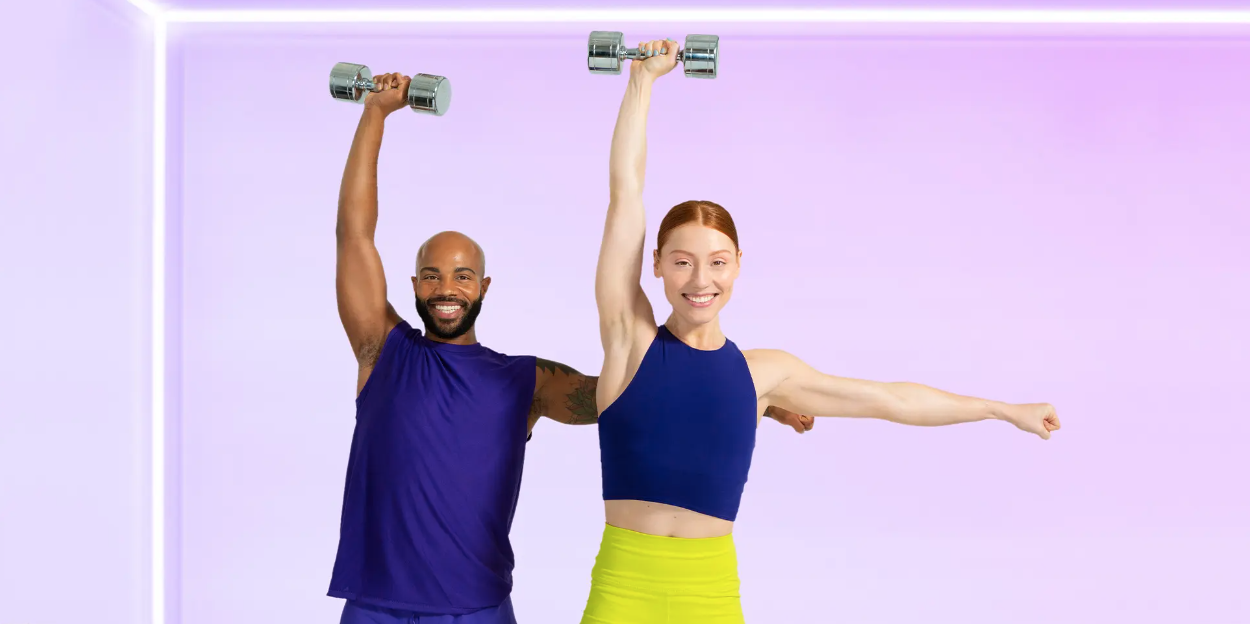
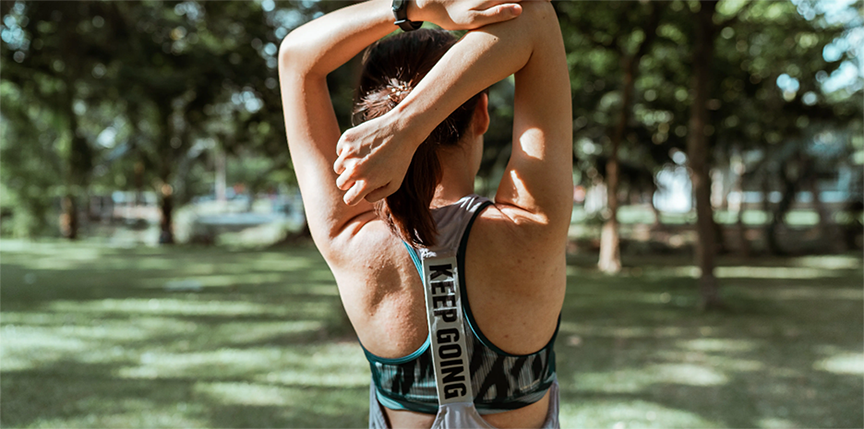

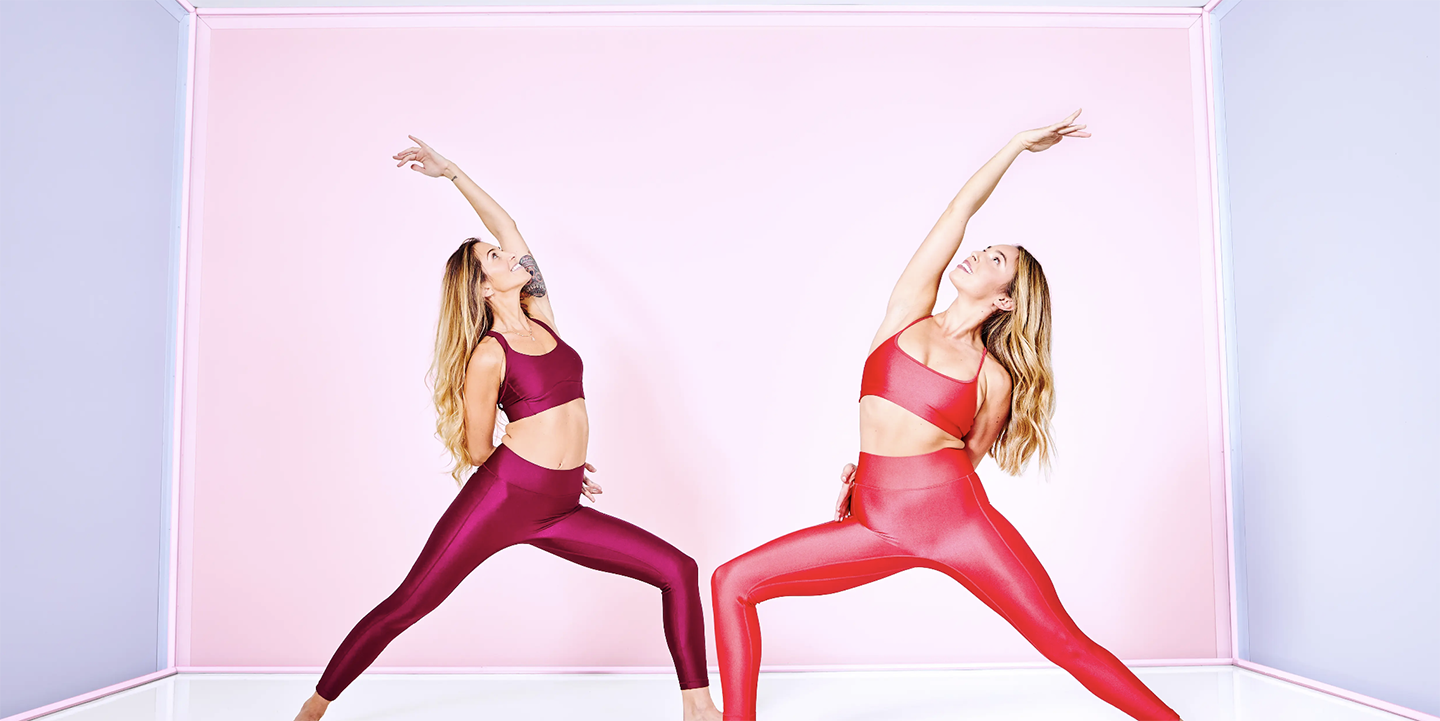
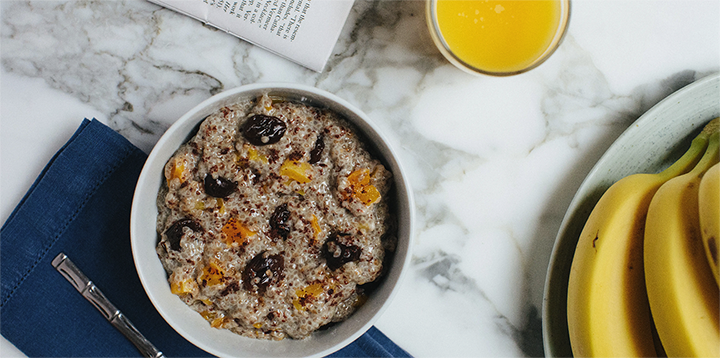
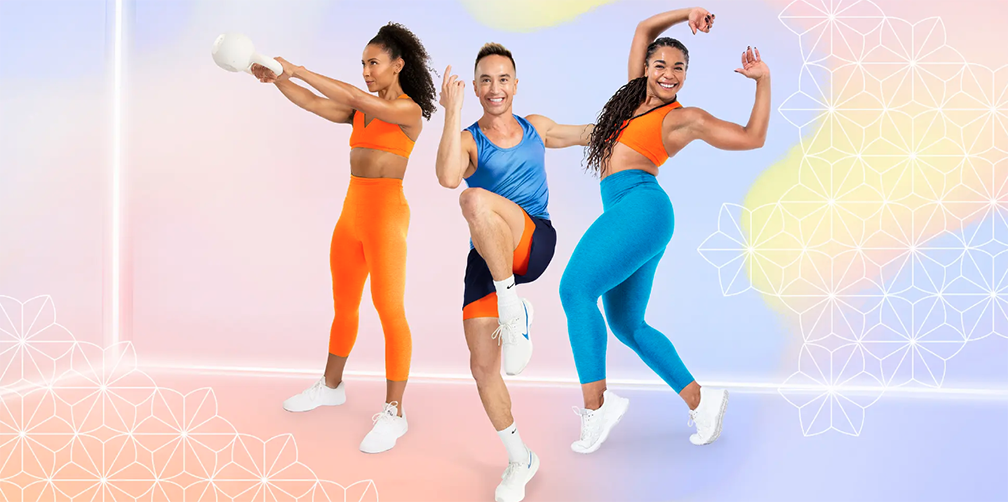



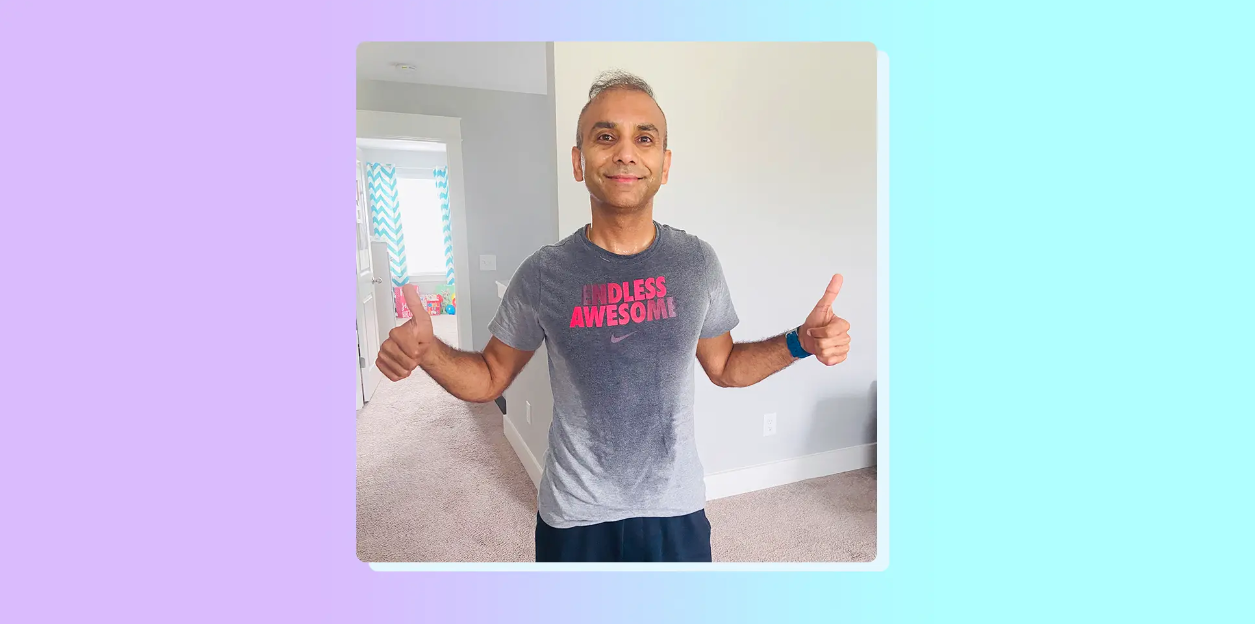
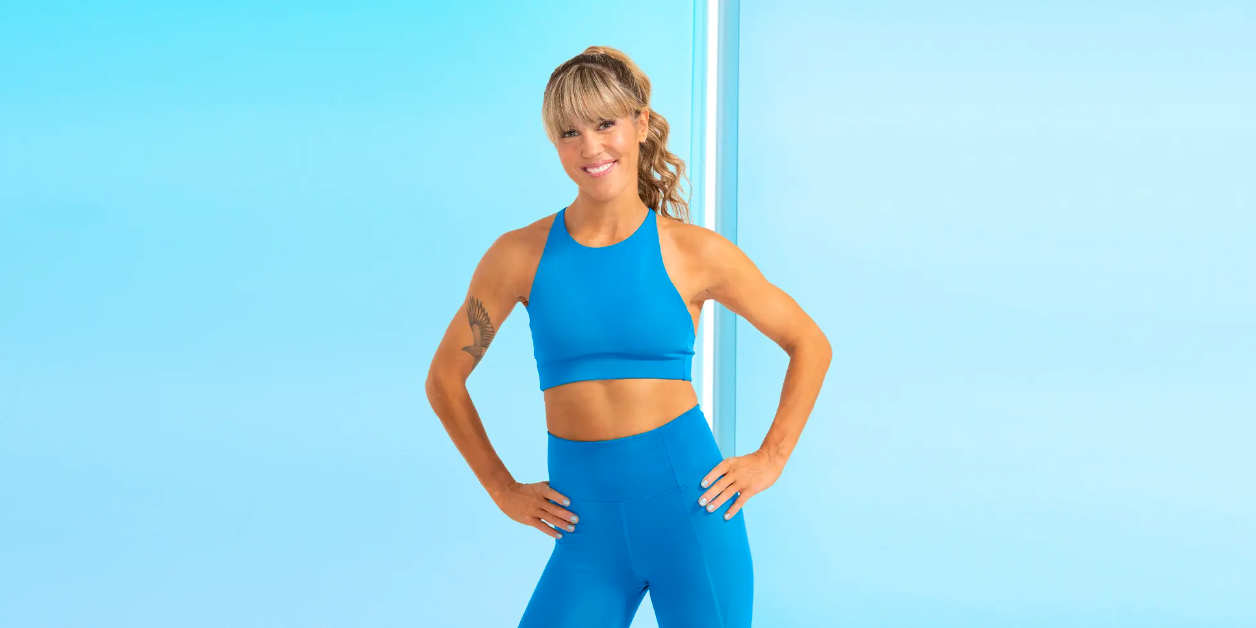
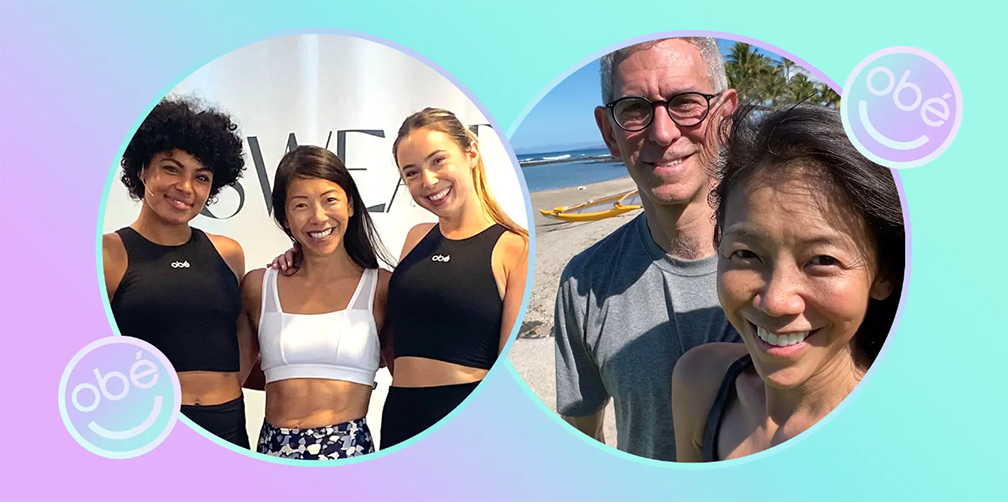



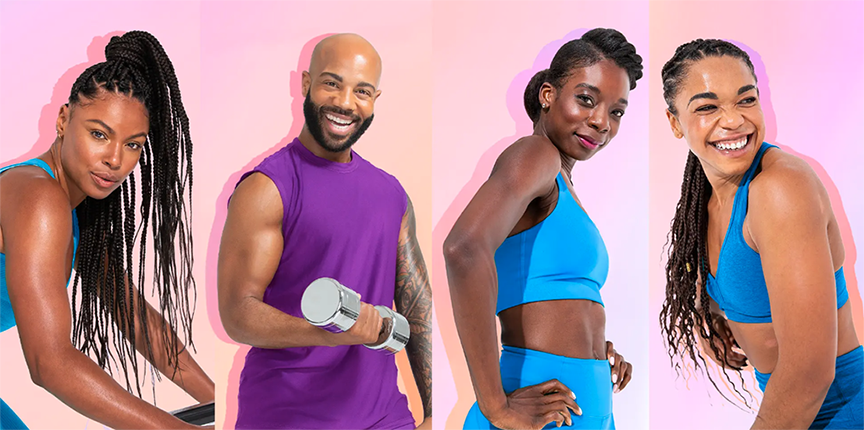
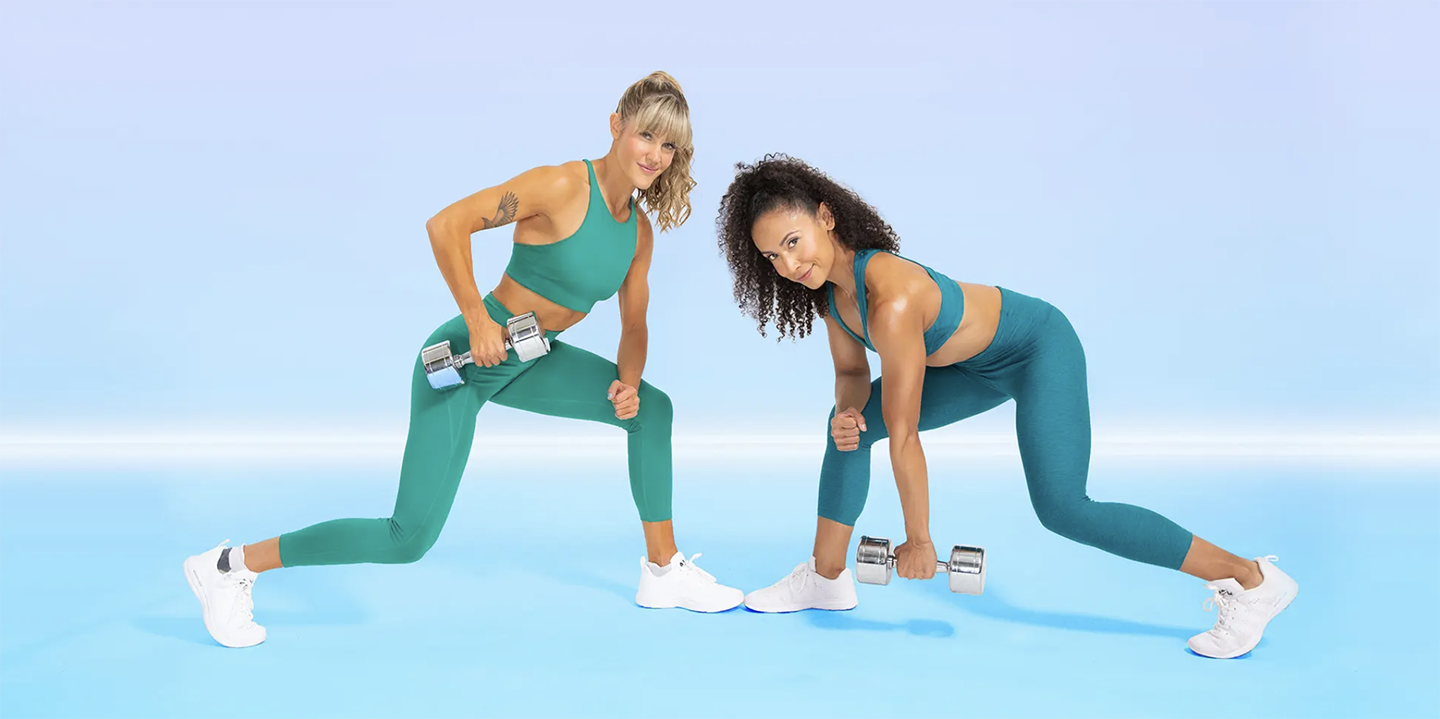
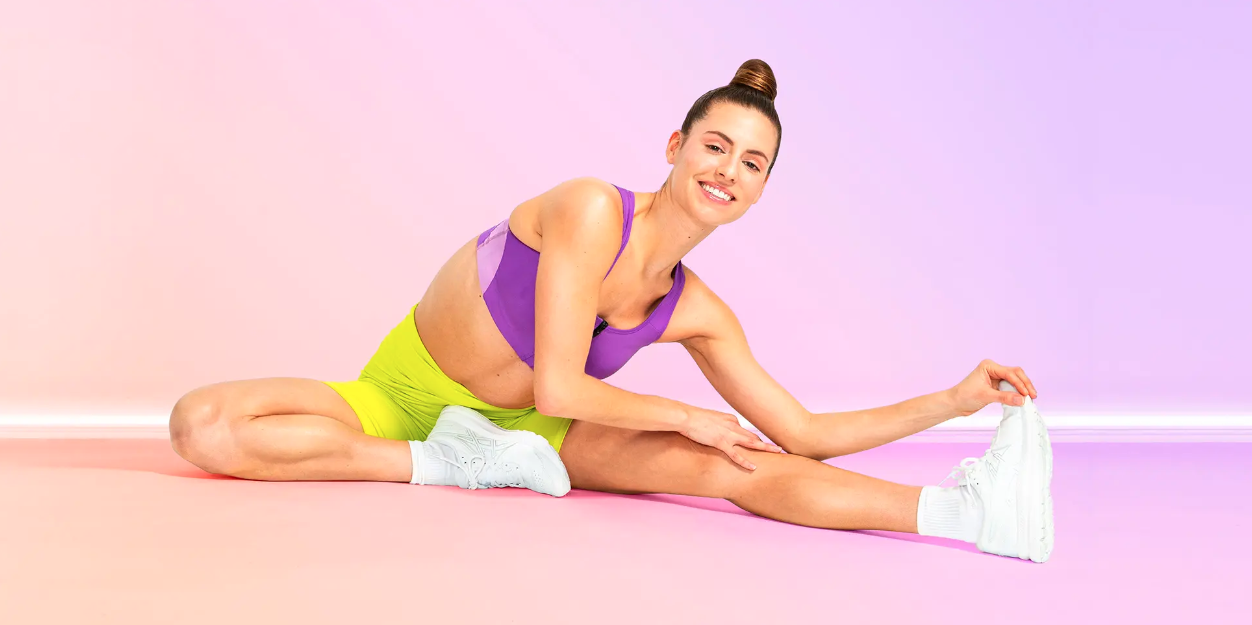


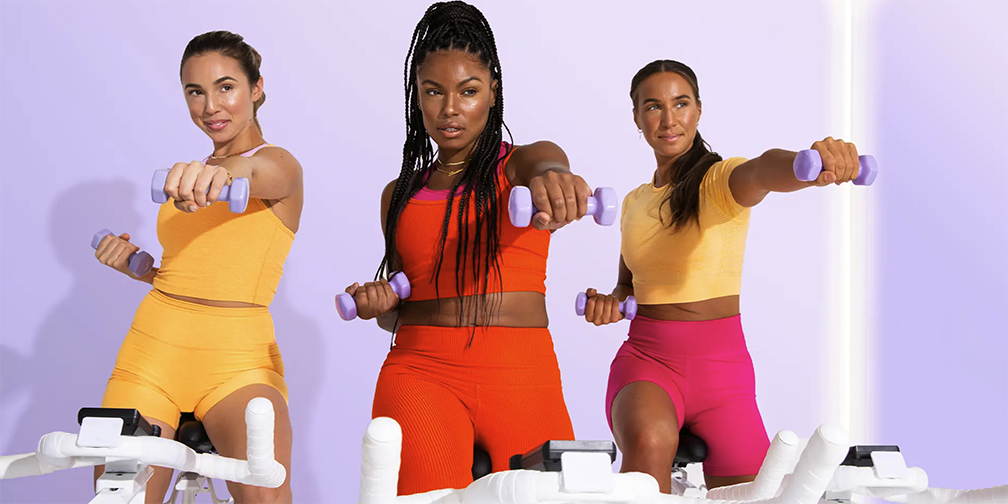

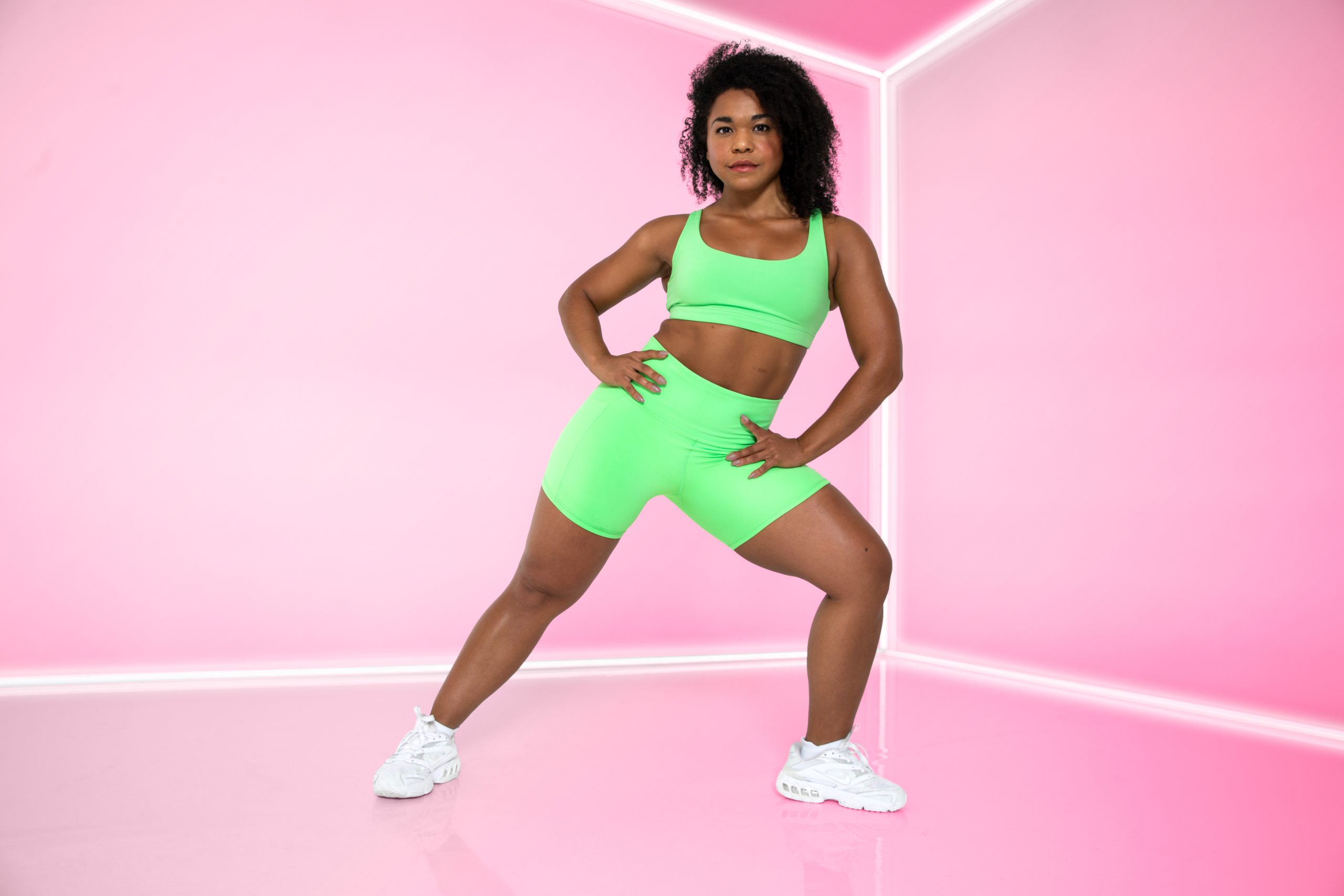

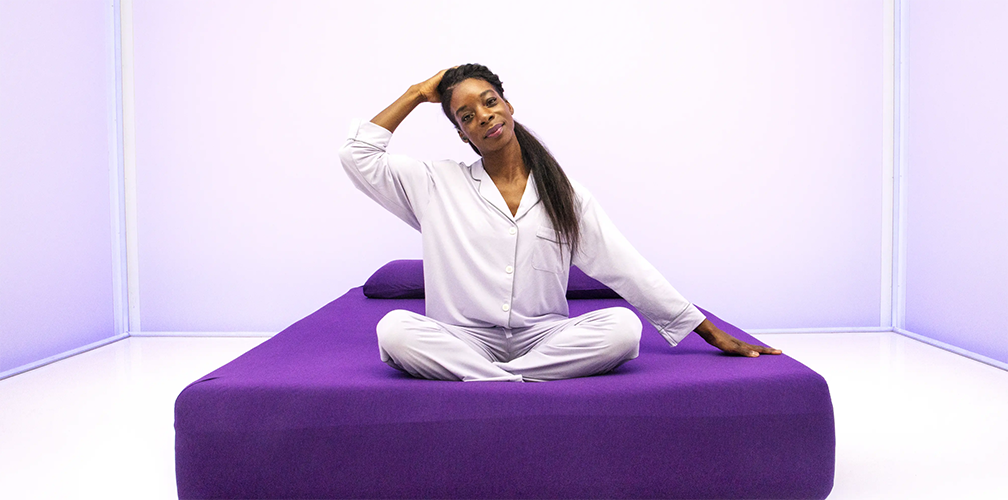

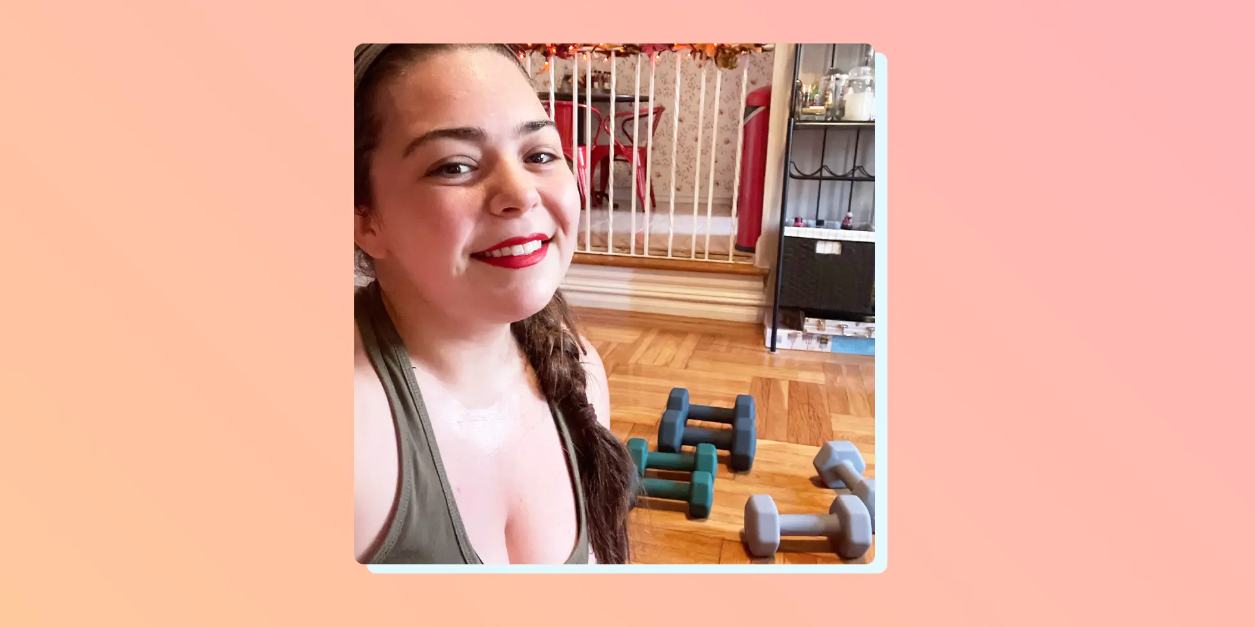
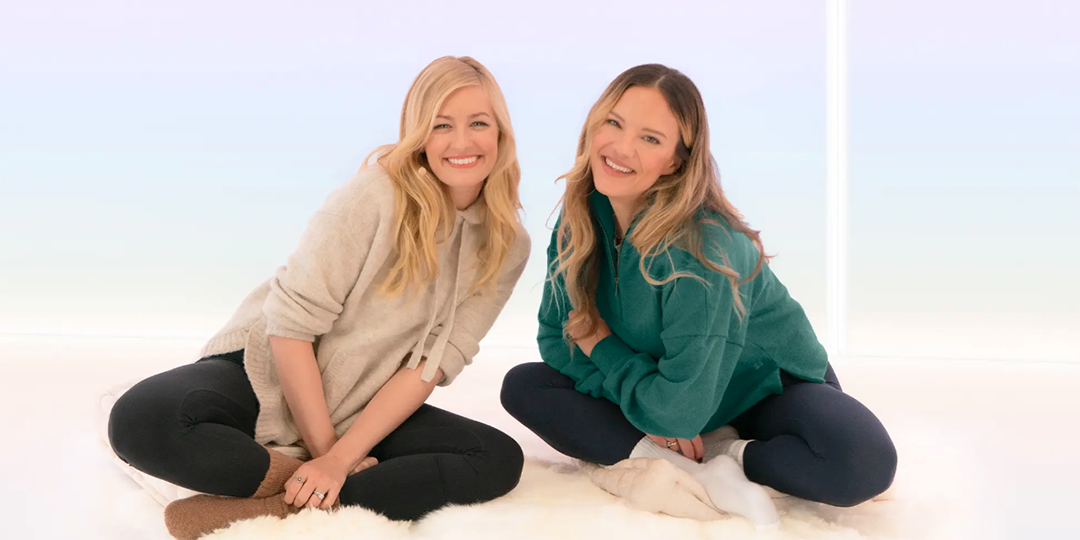
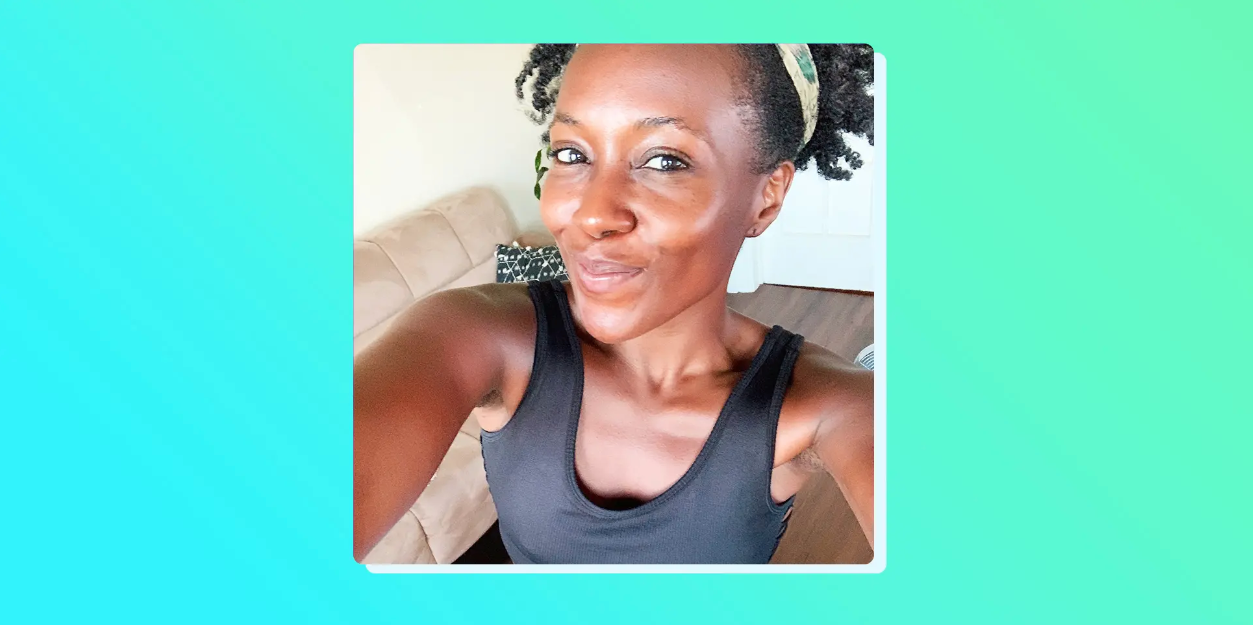
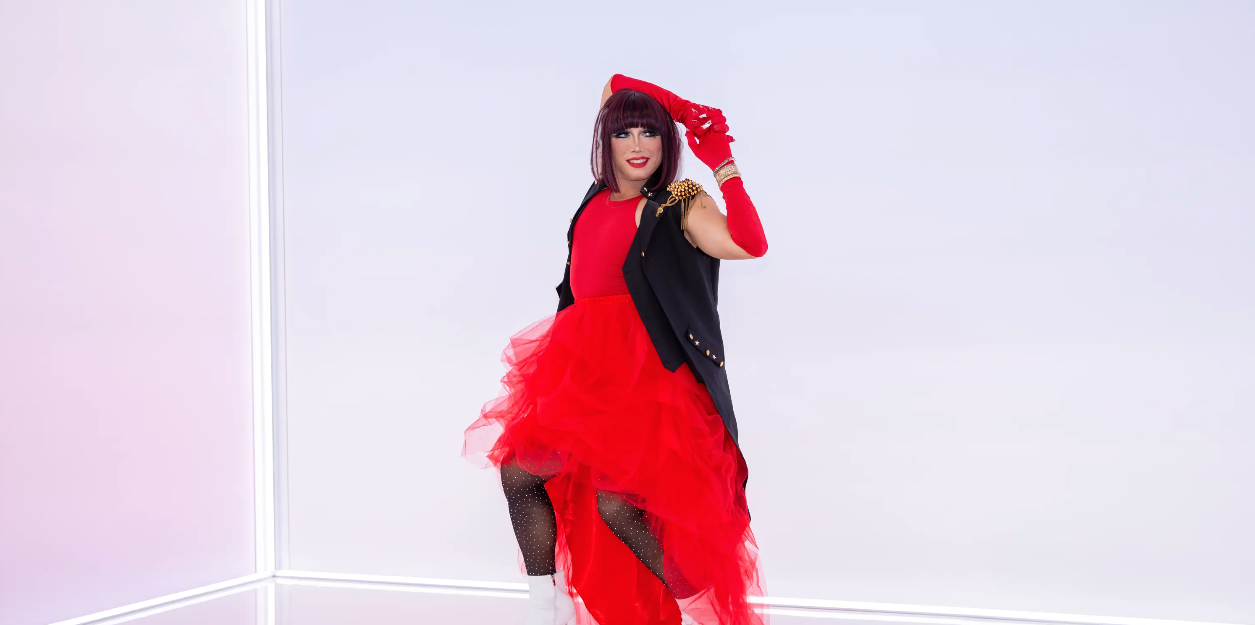

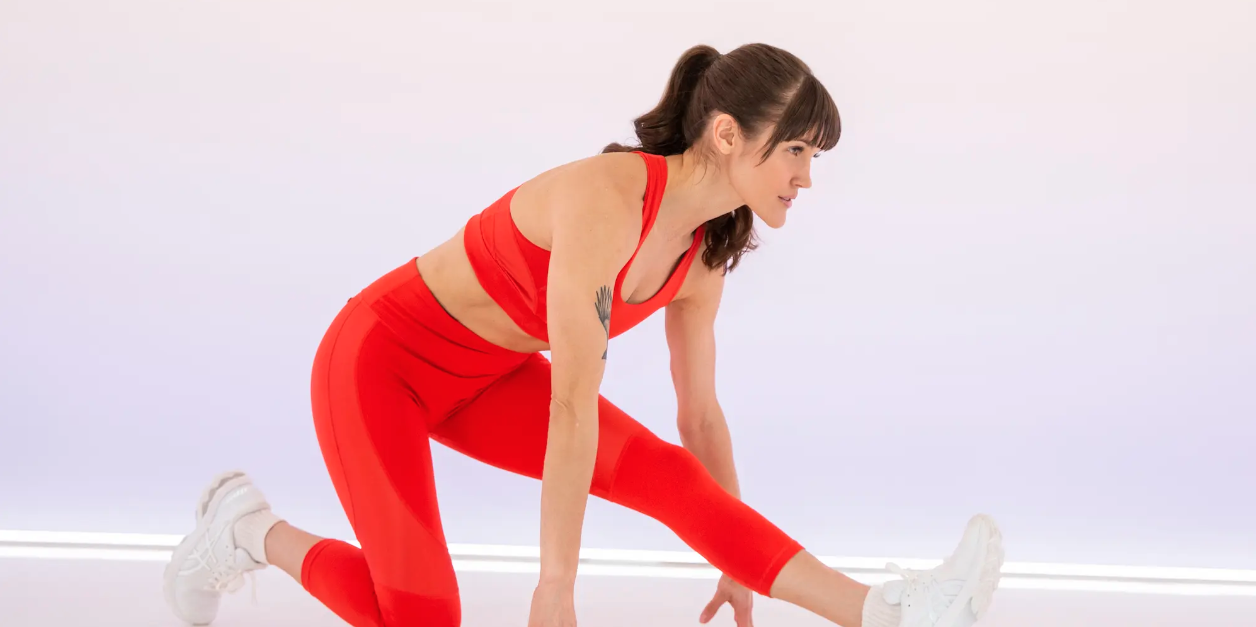
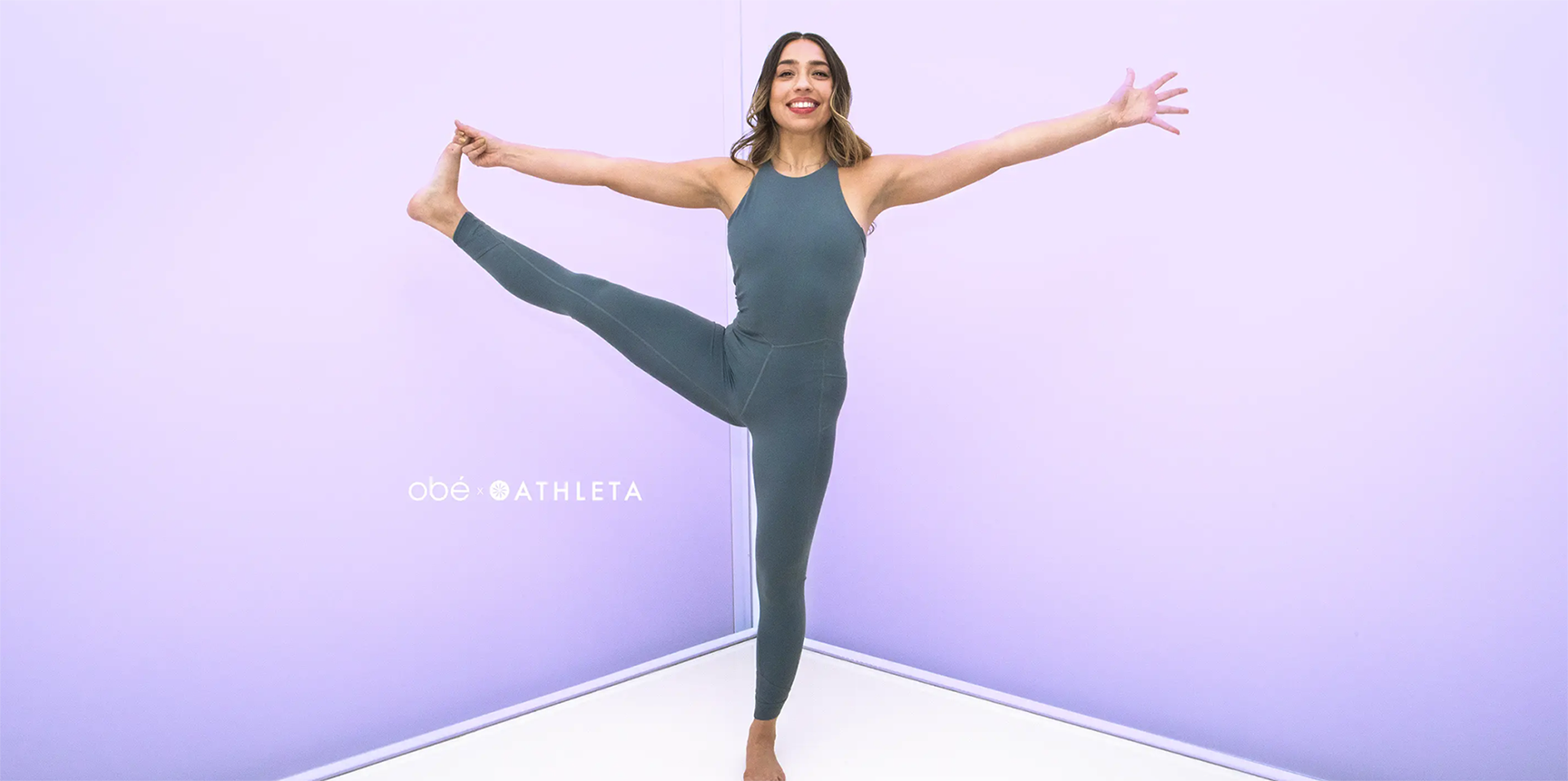
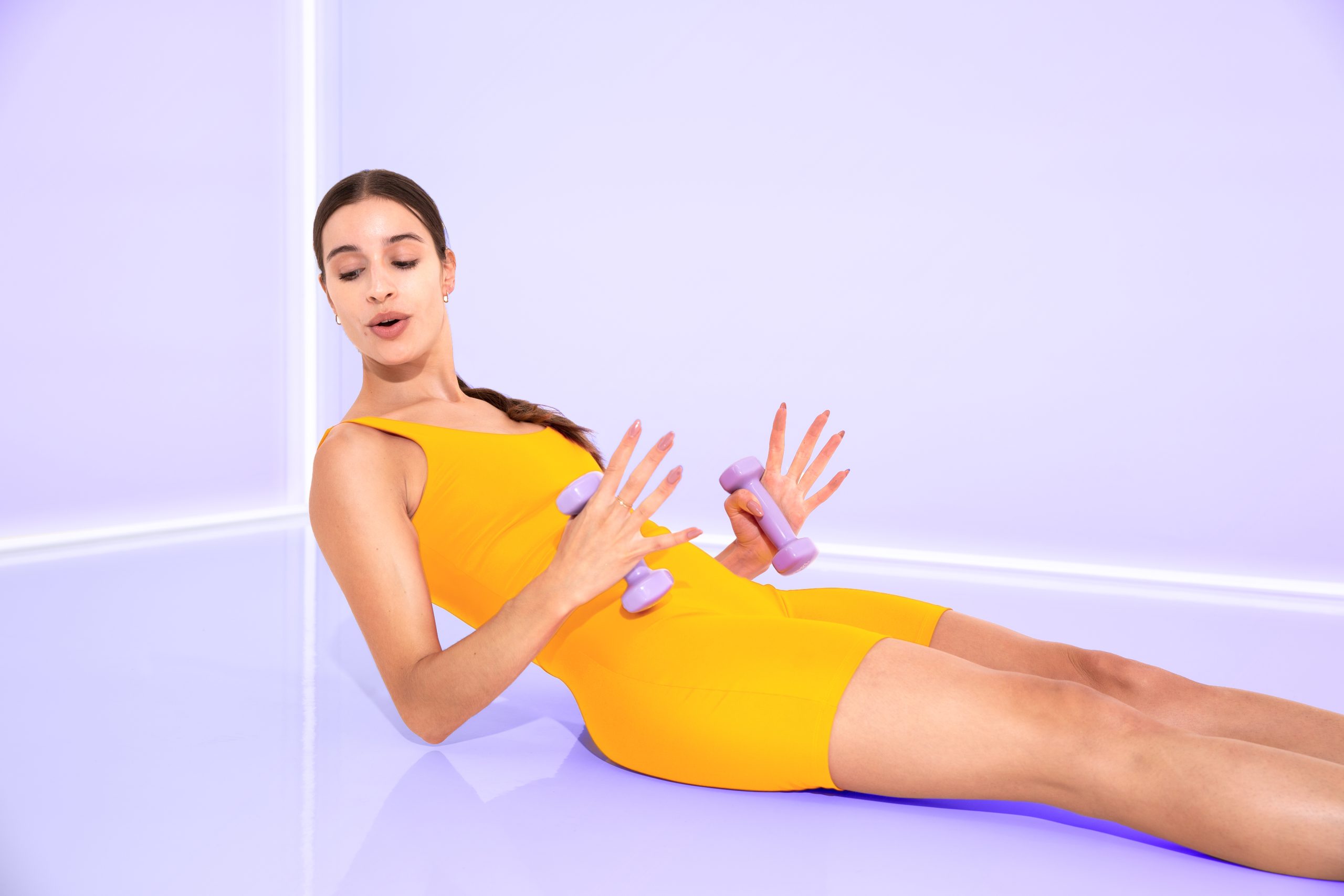
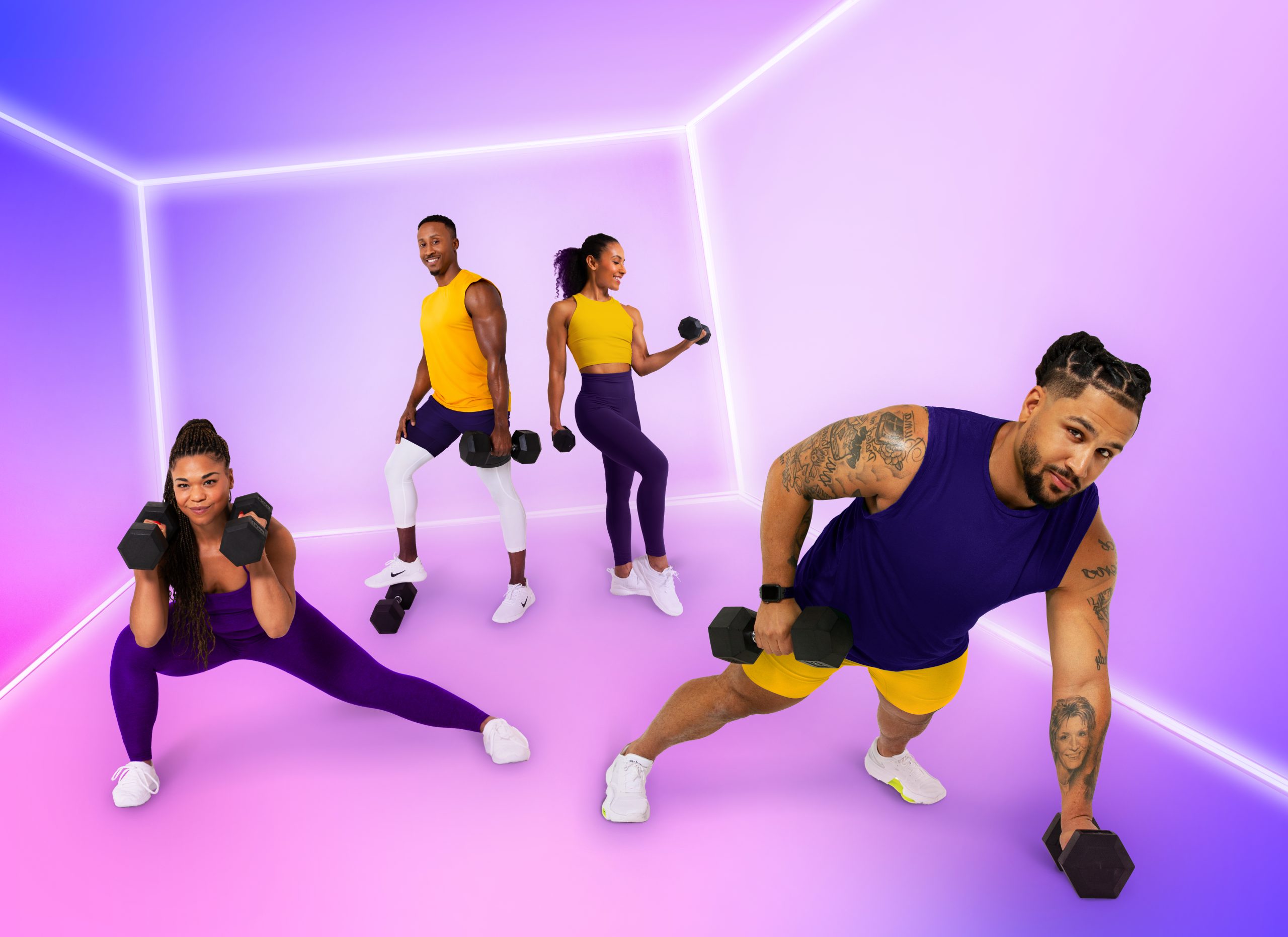
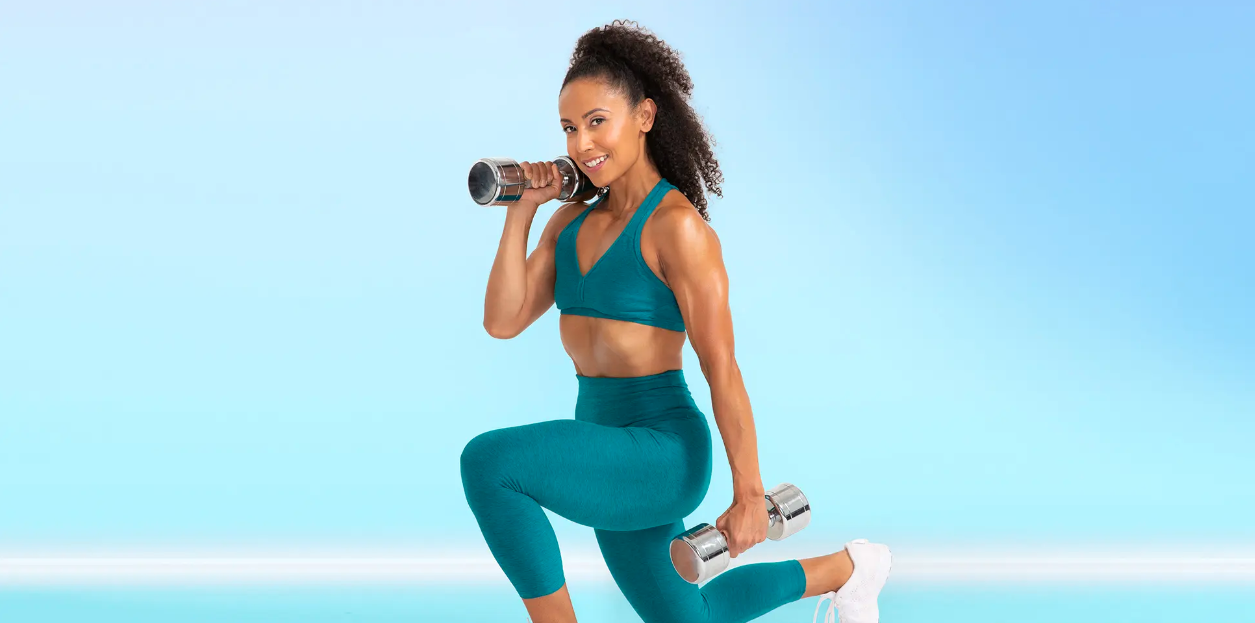
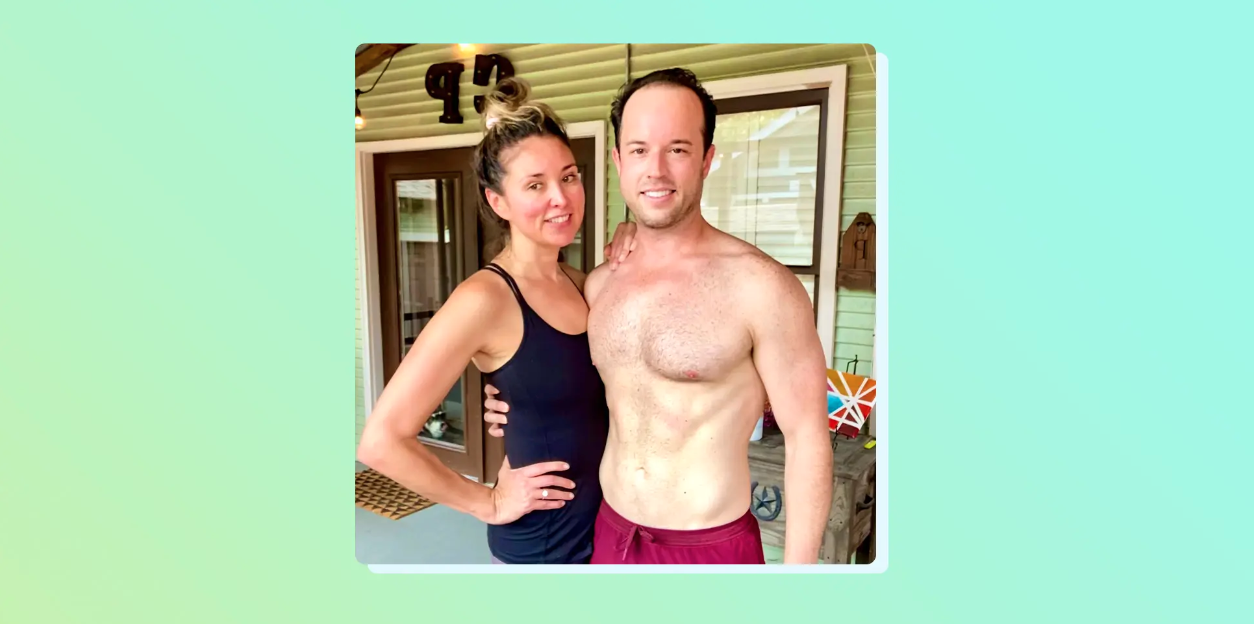



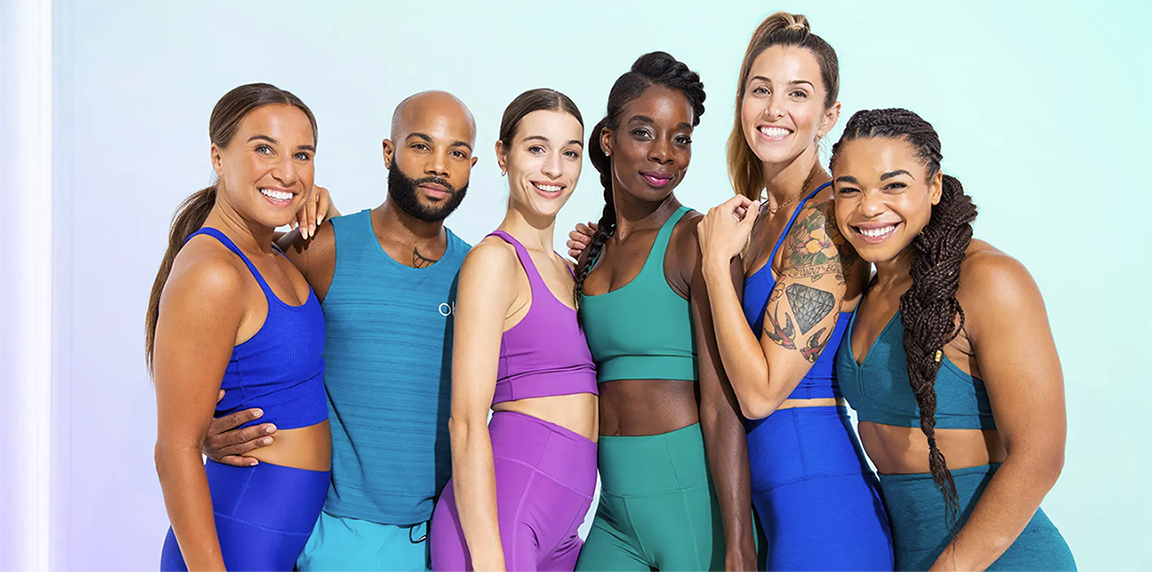
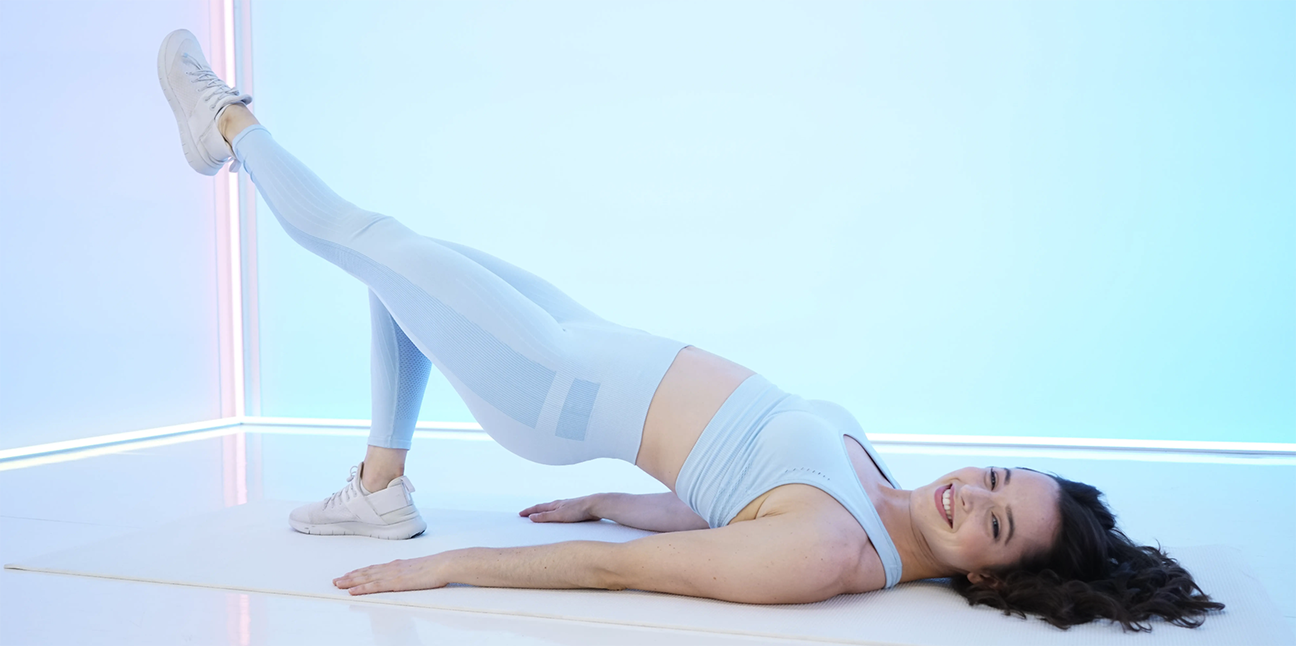


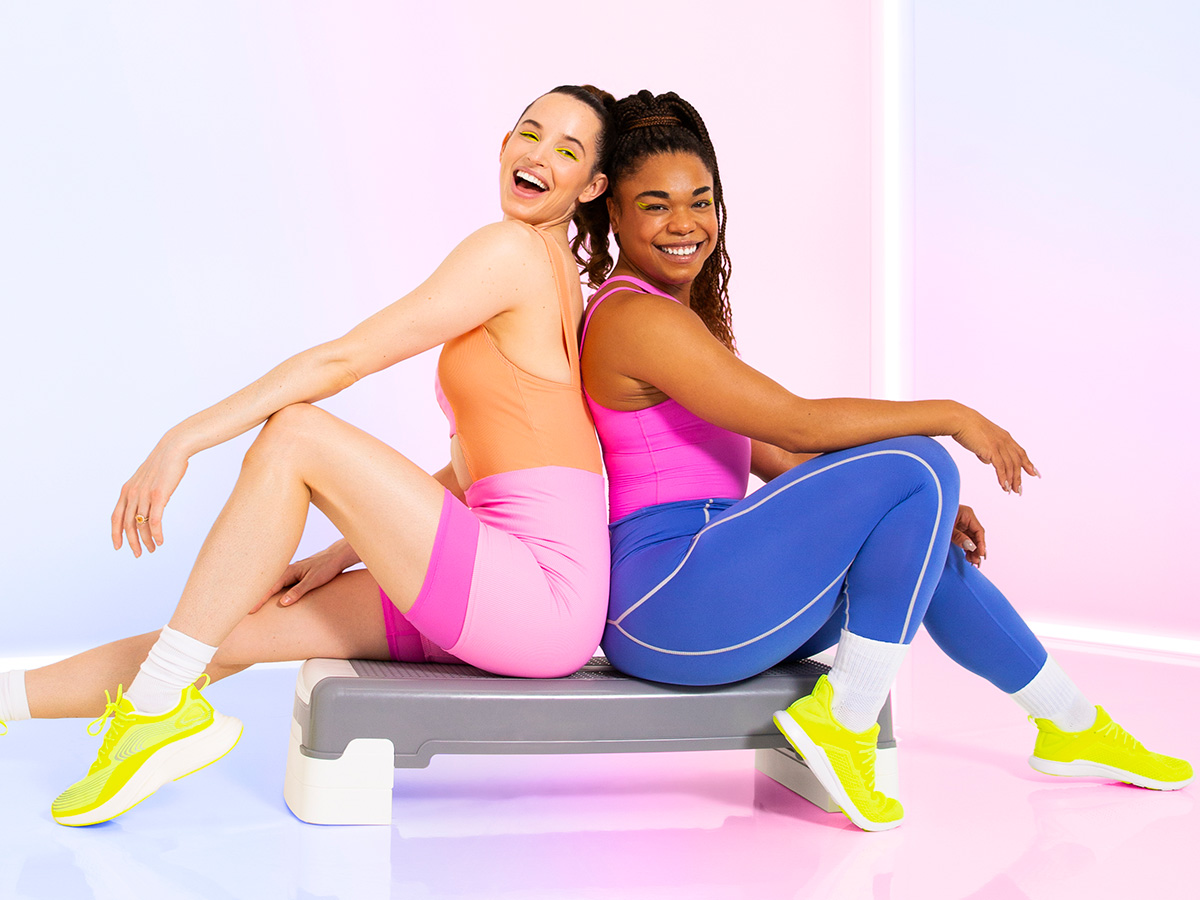
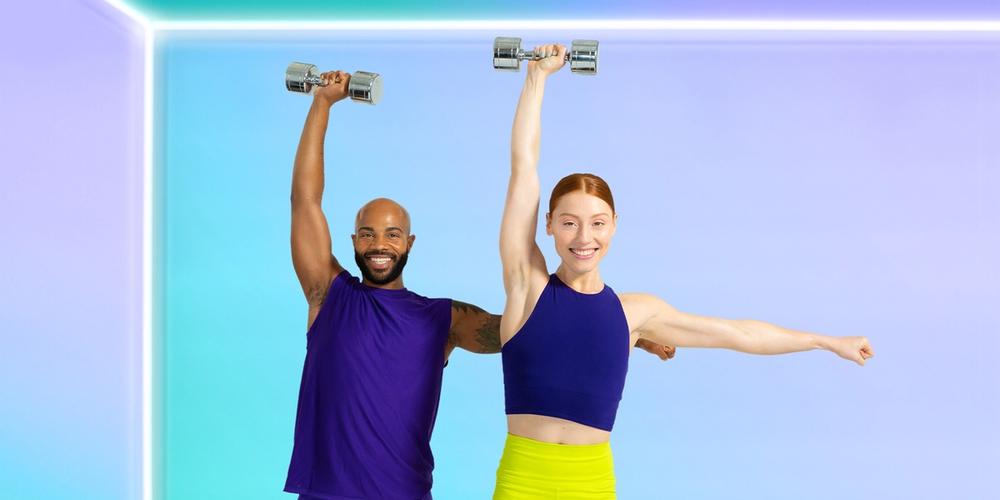
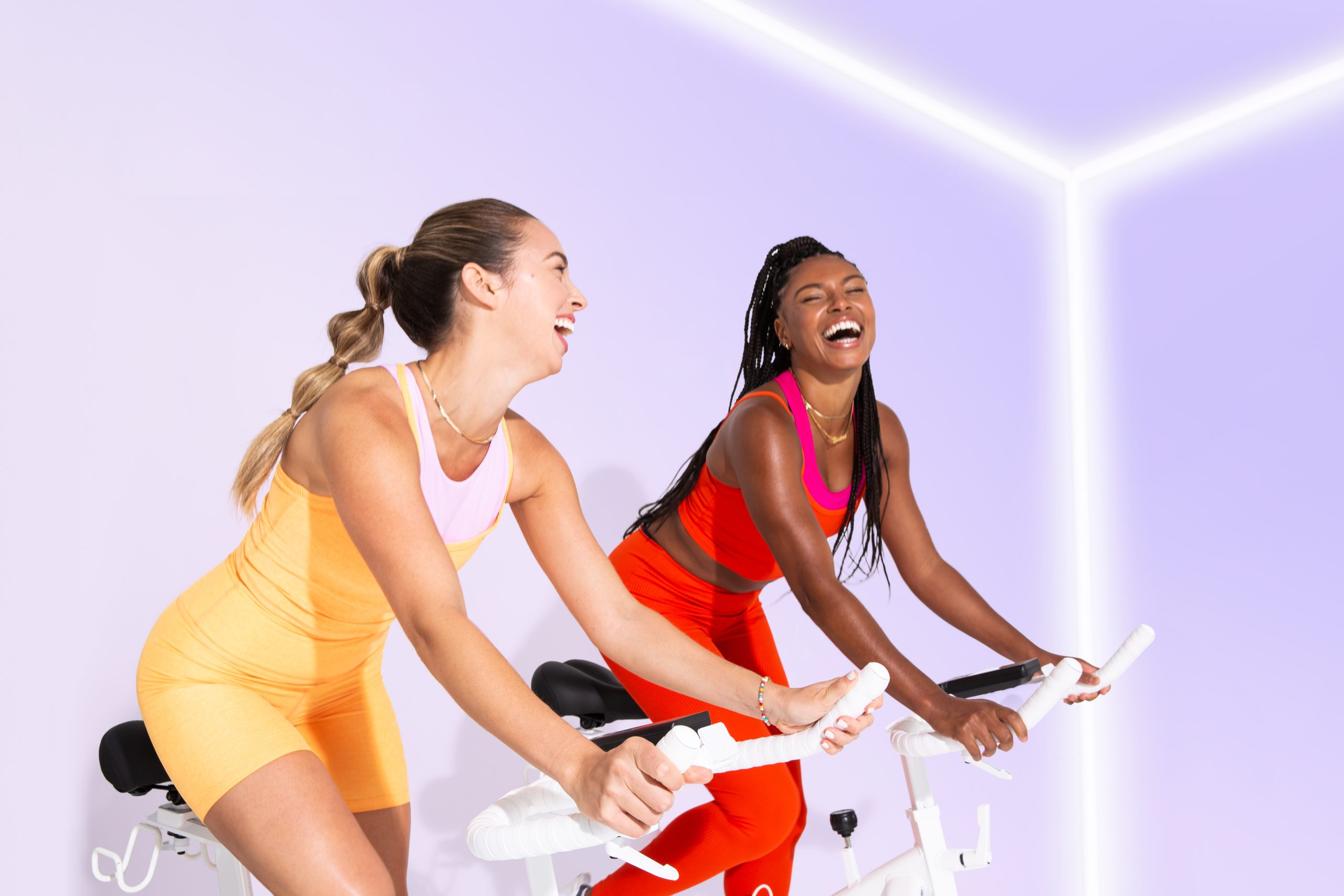
Leave a Reply to Kate Cancel reply